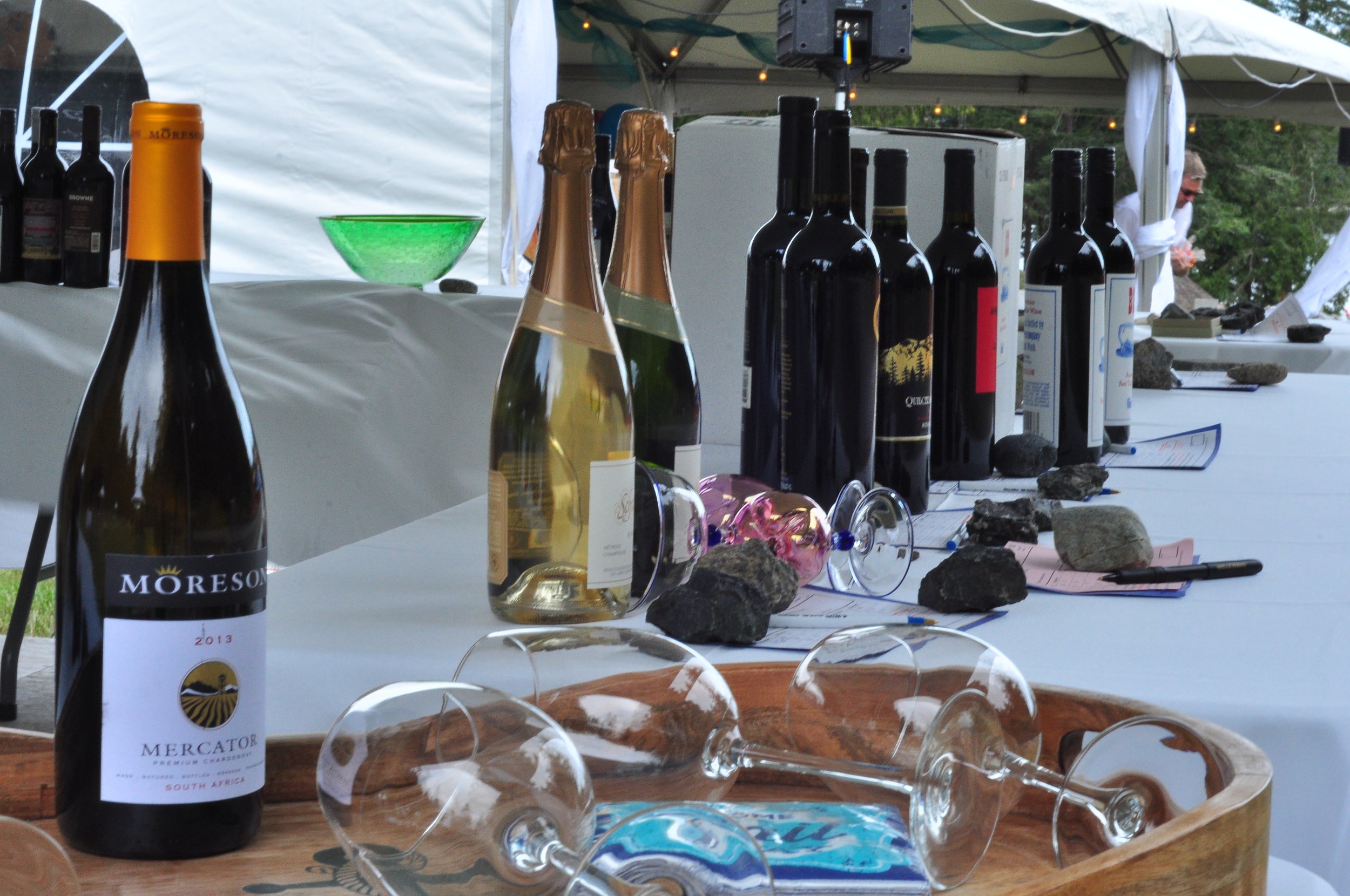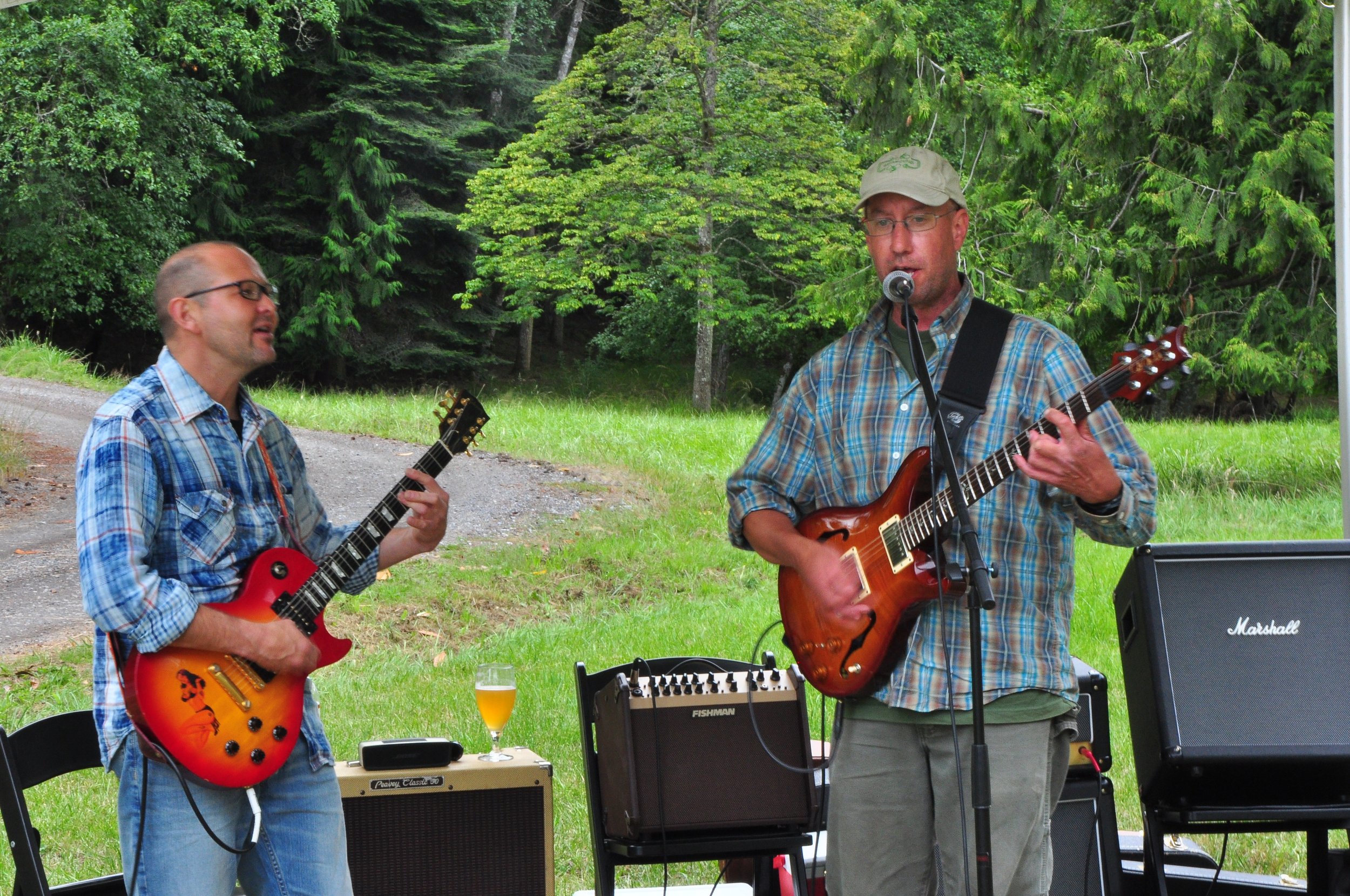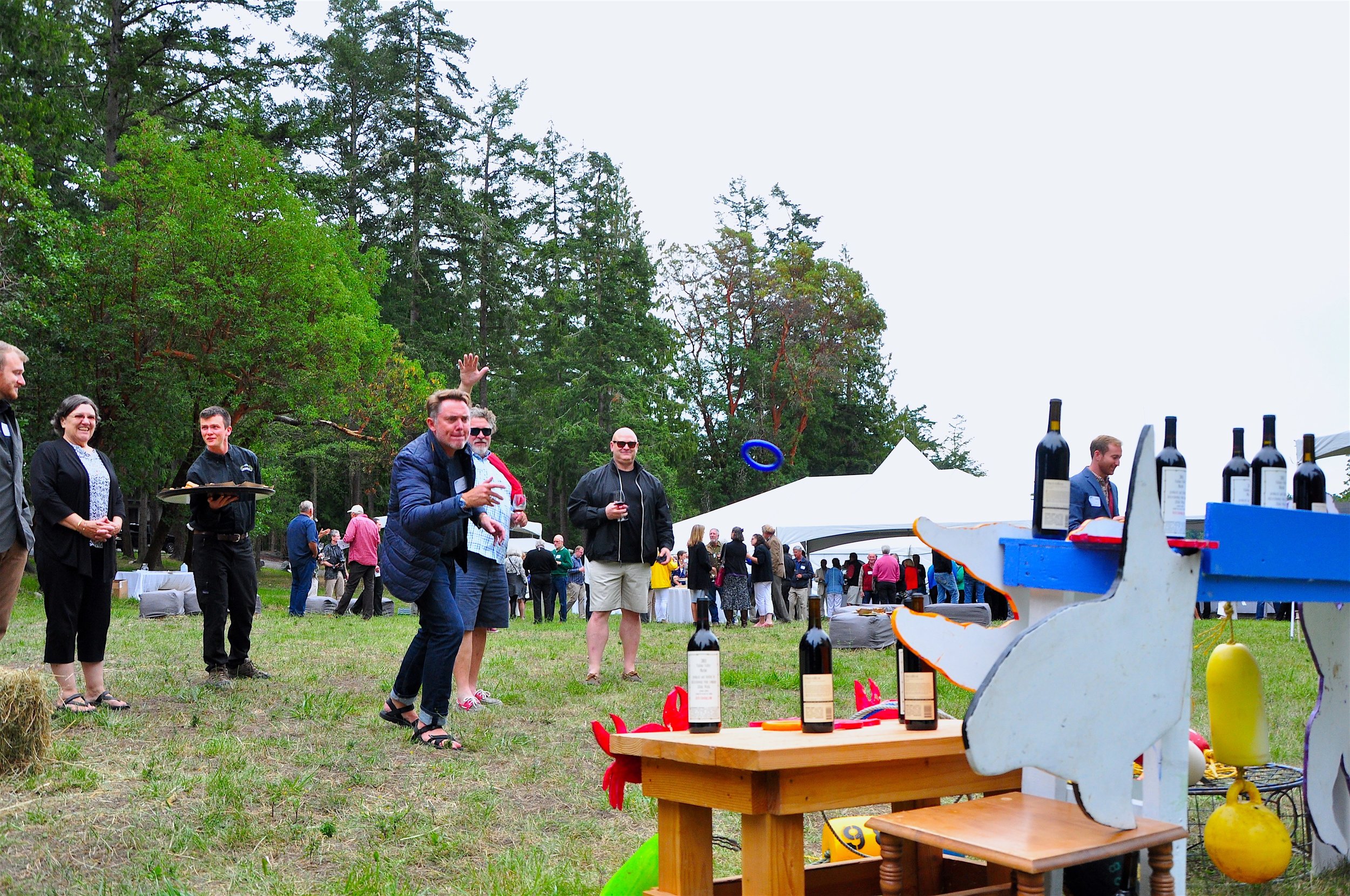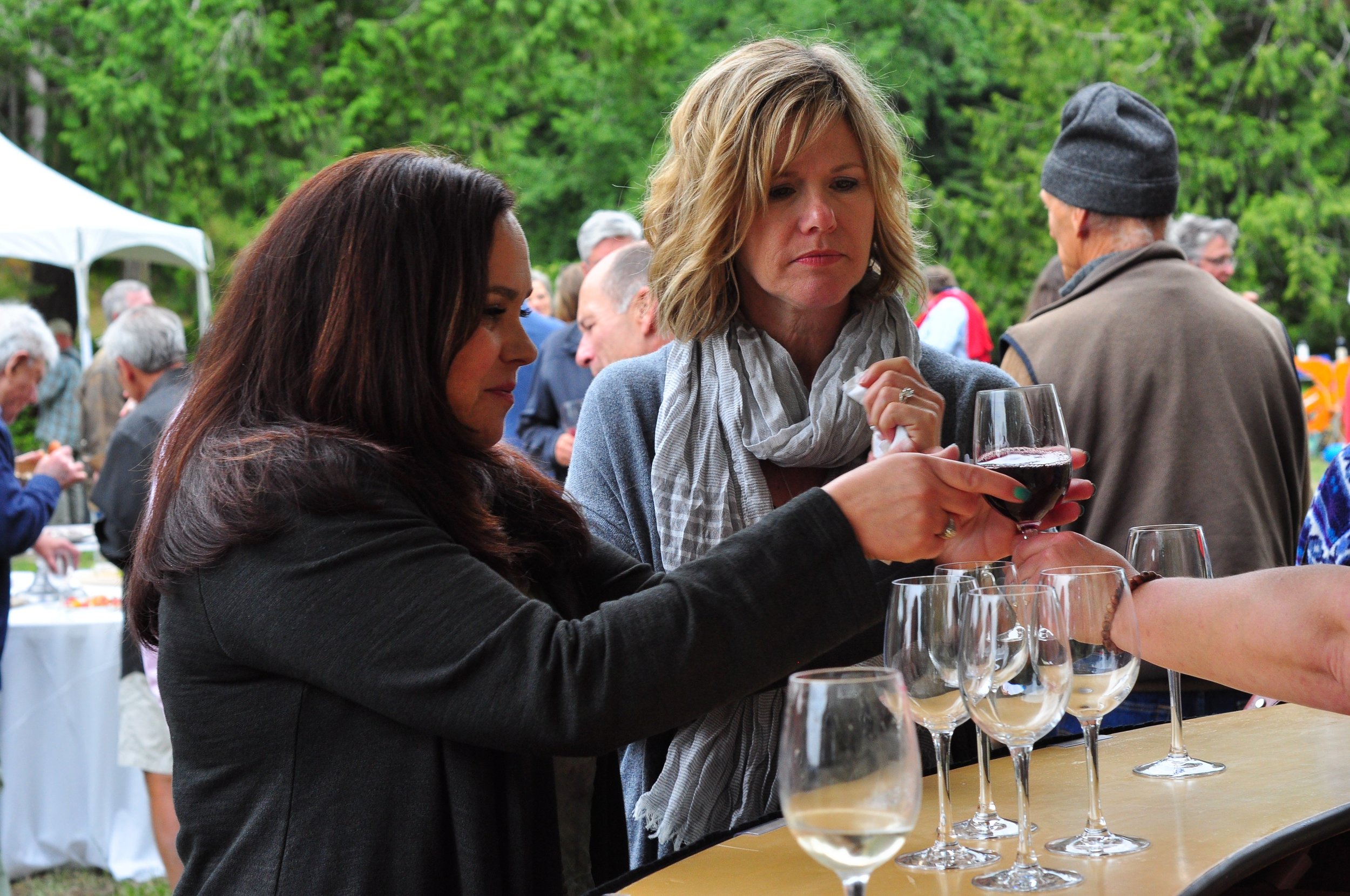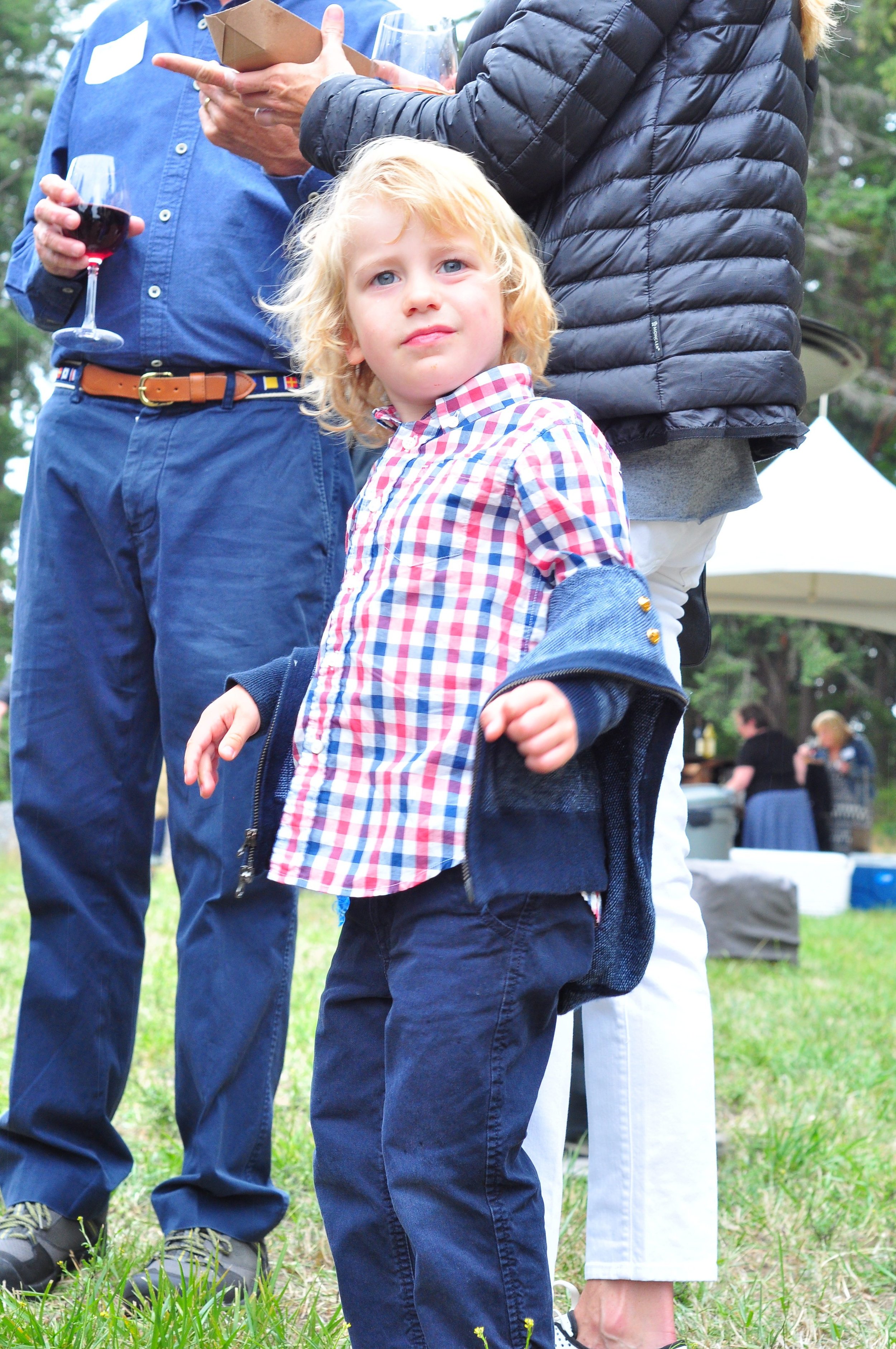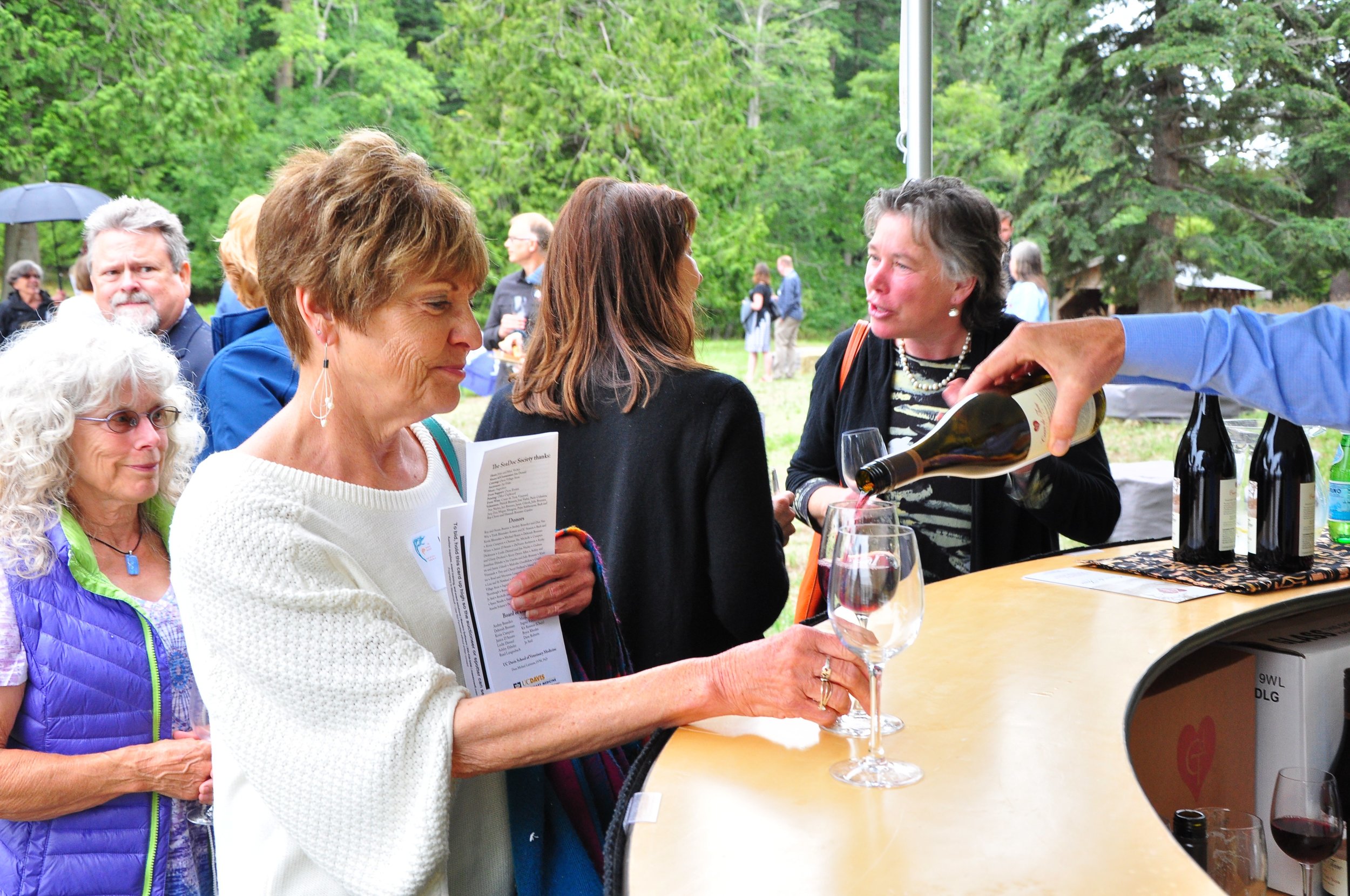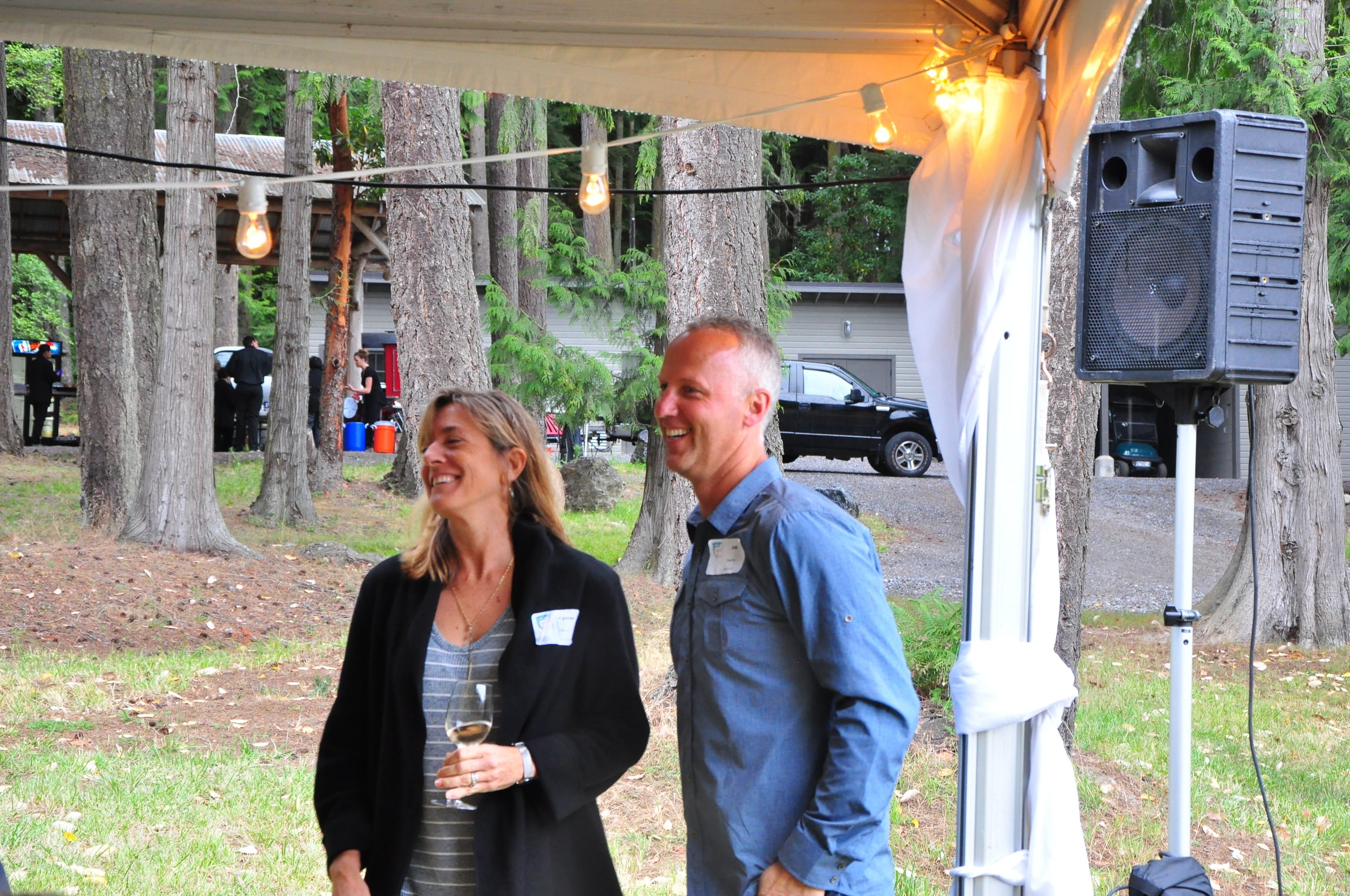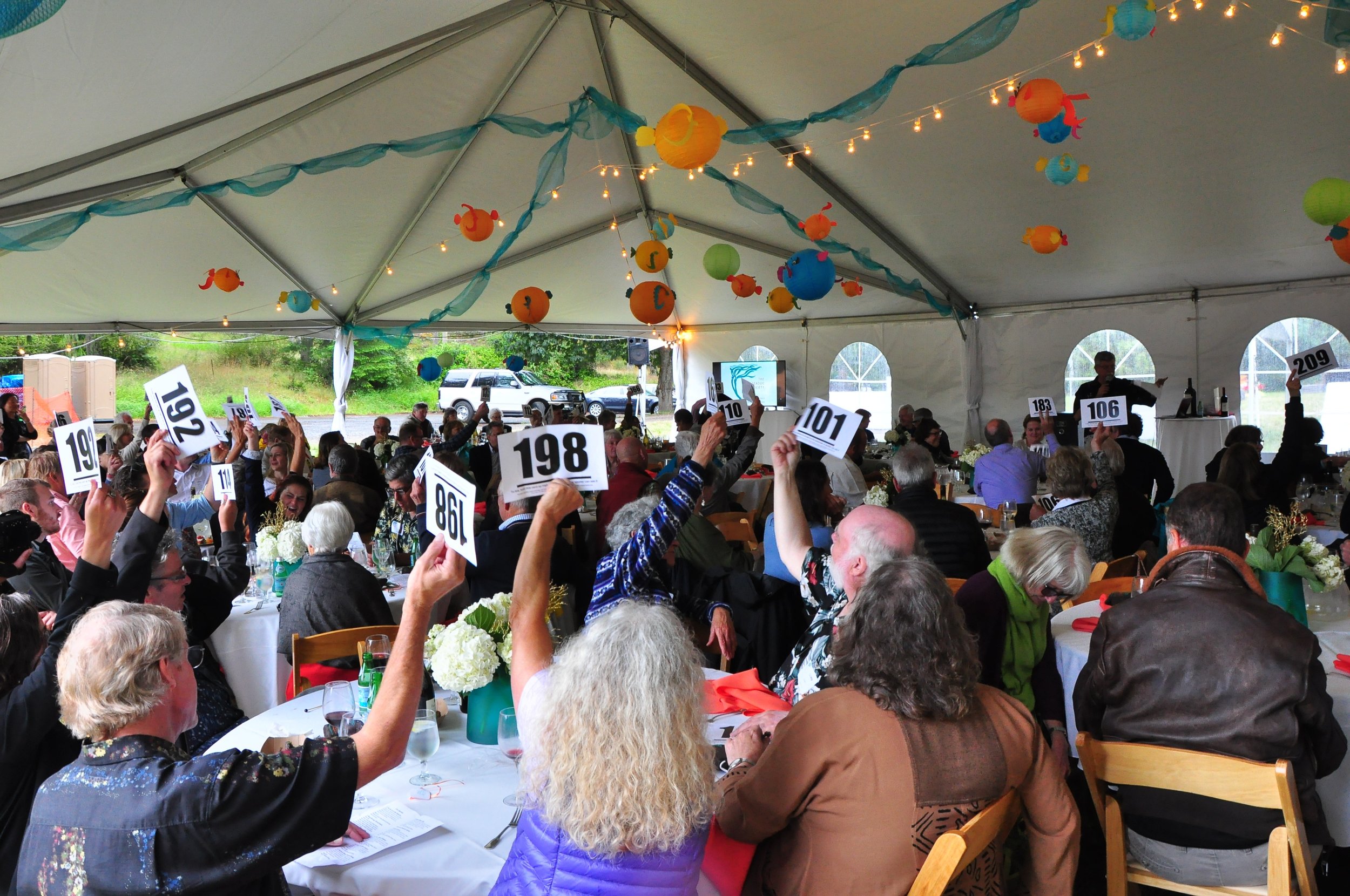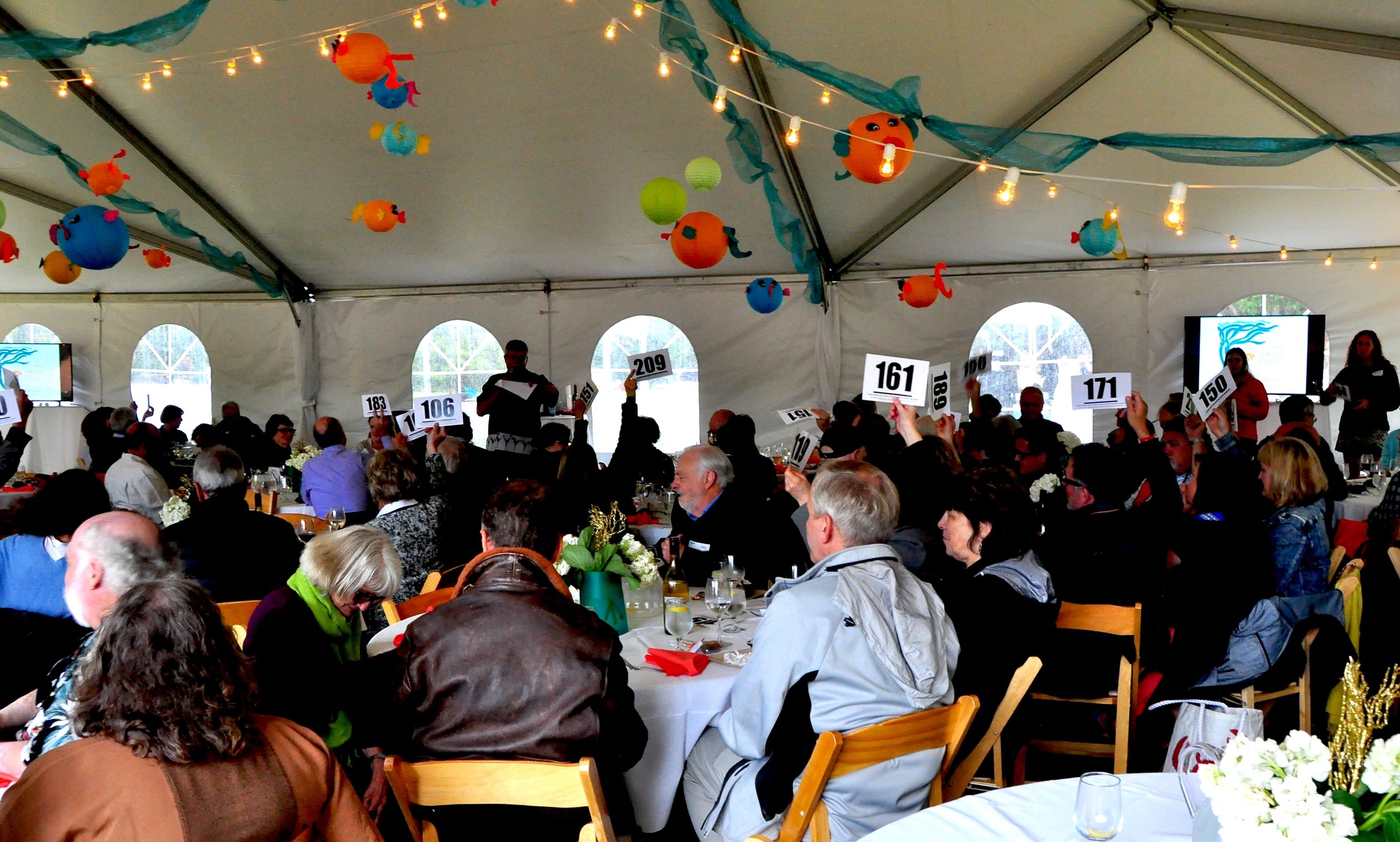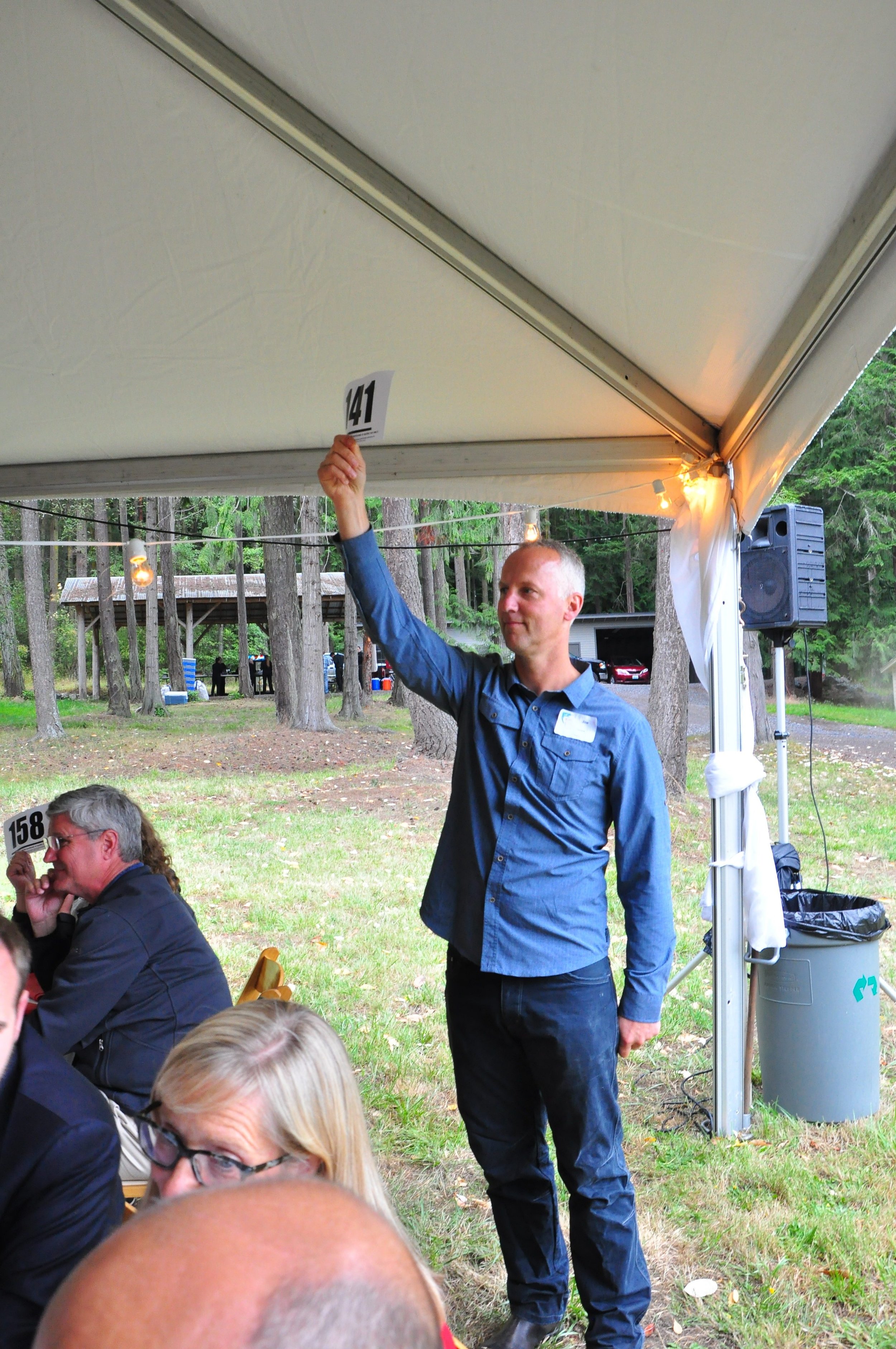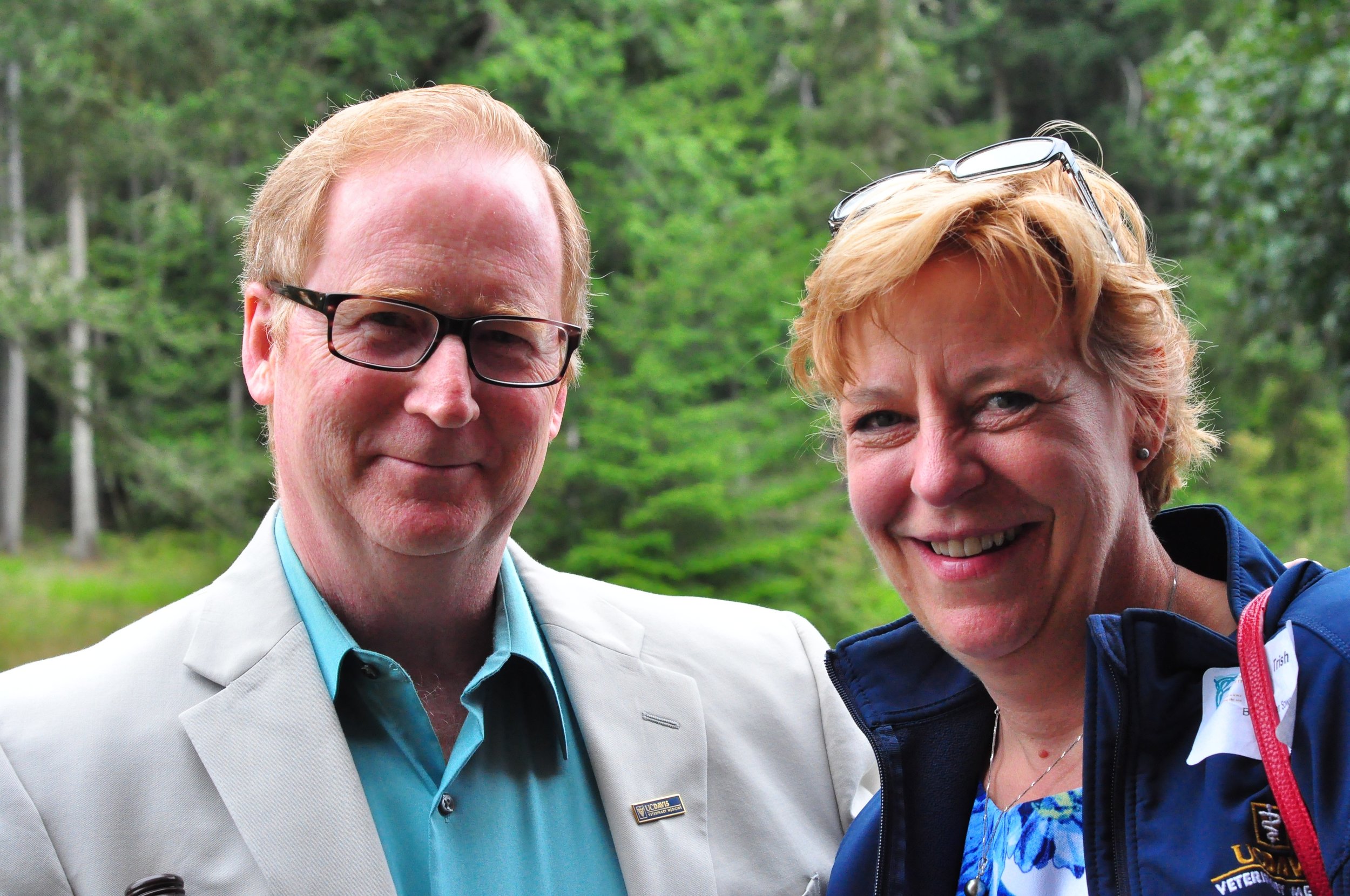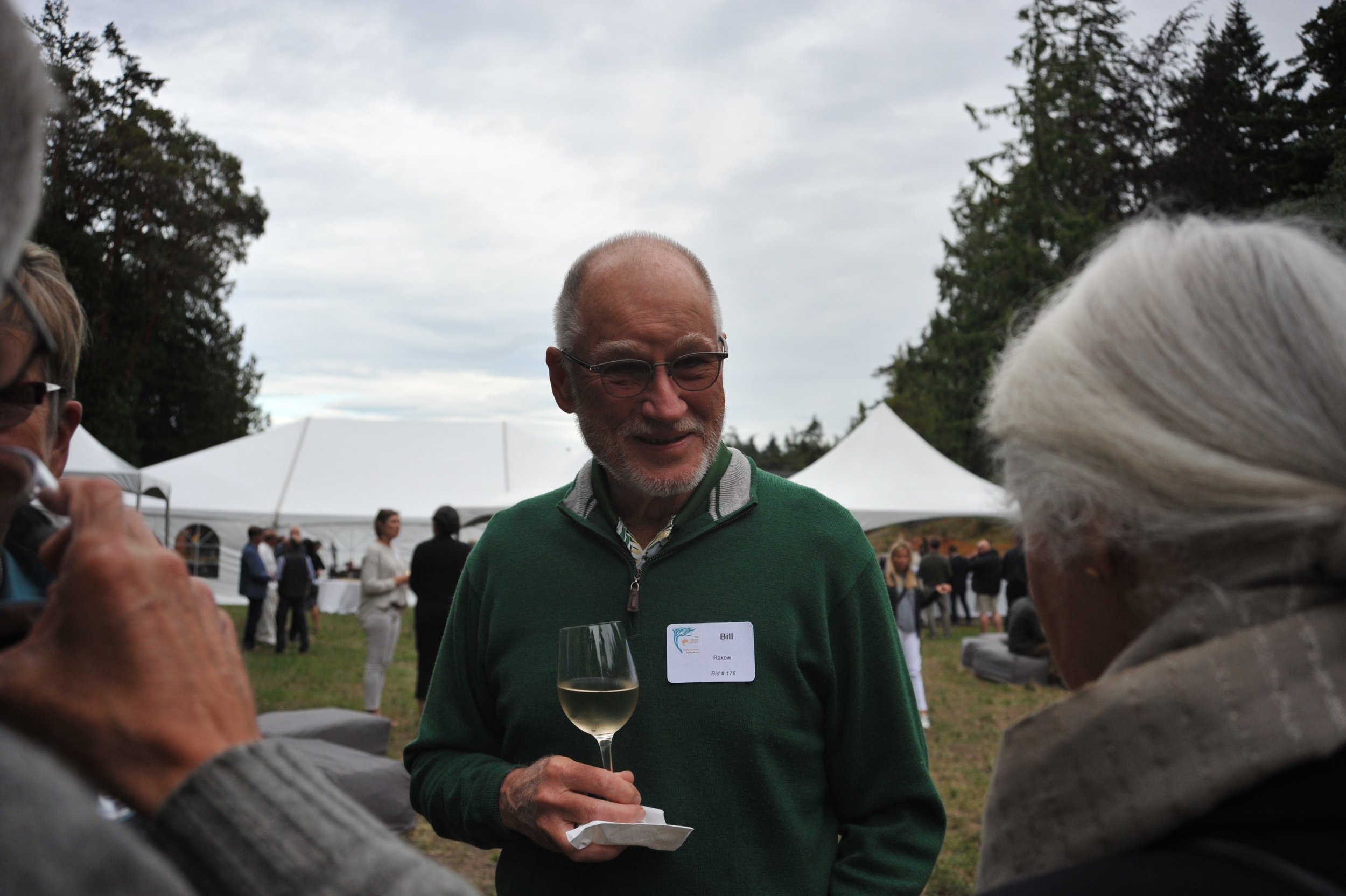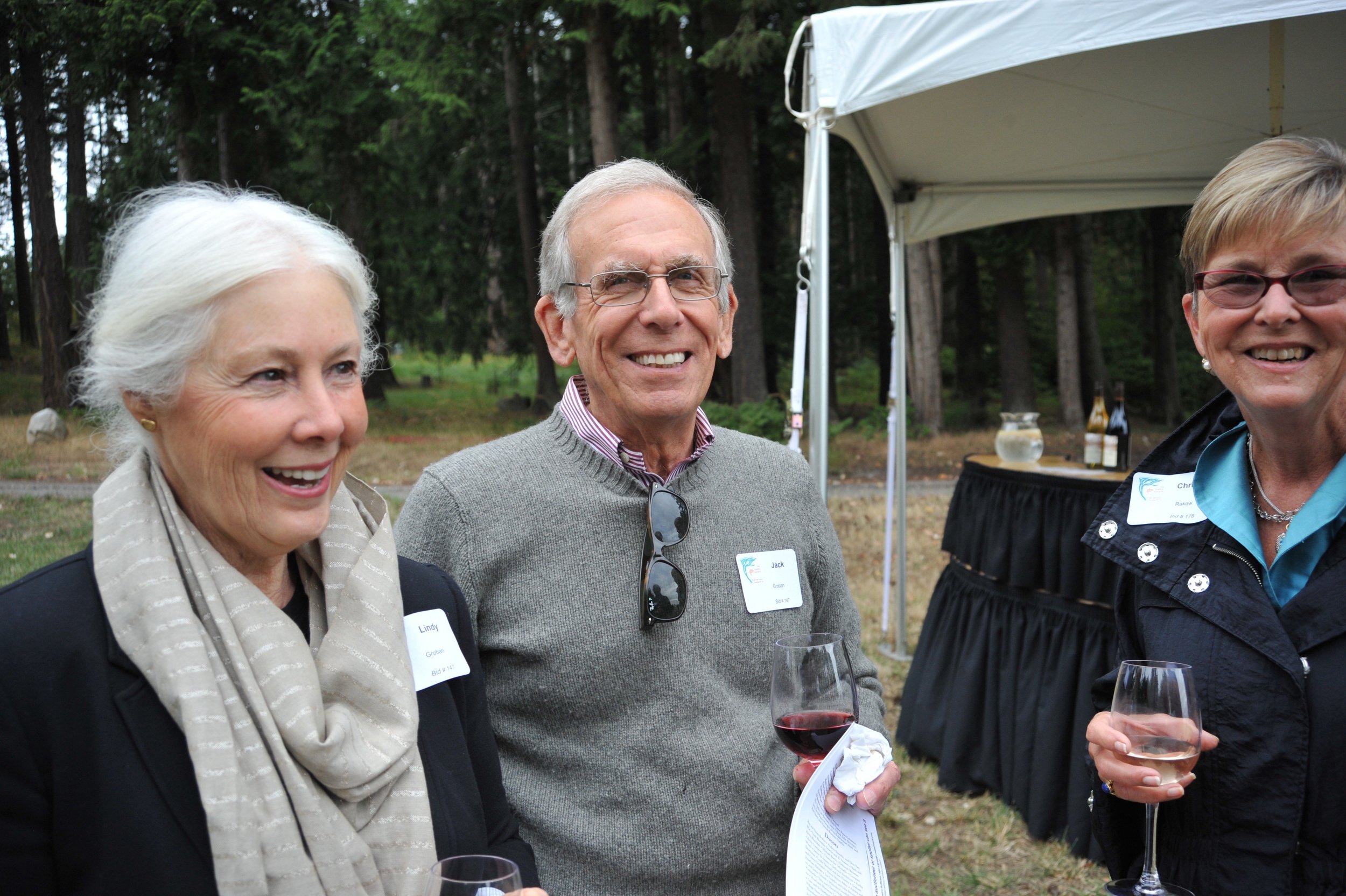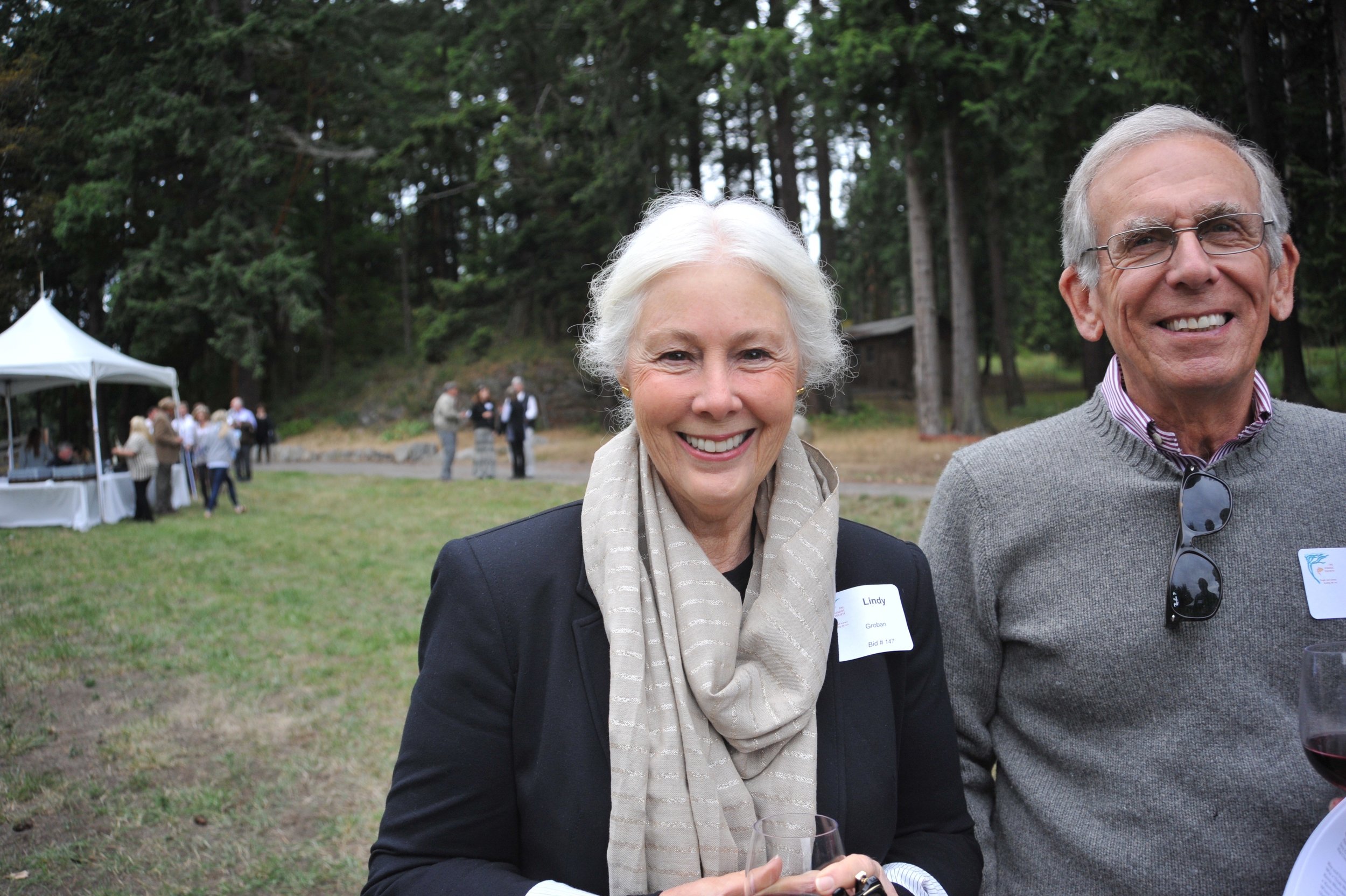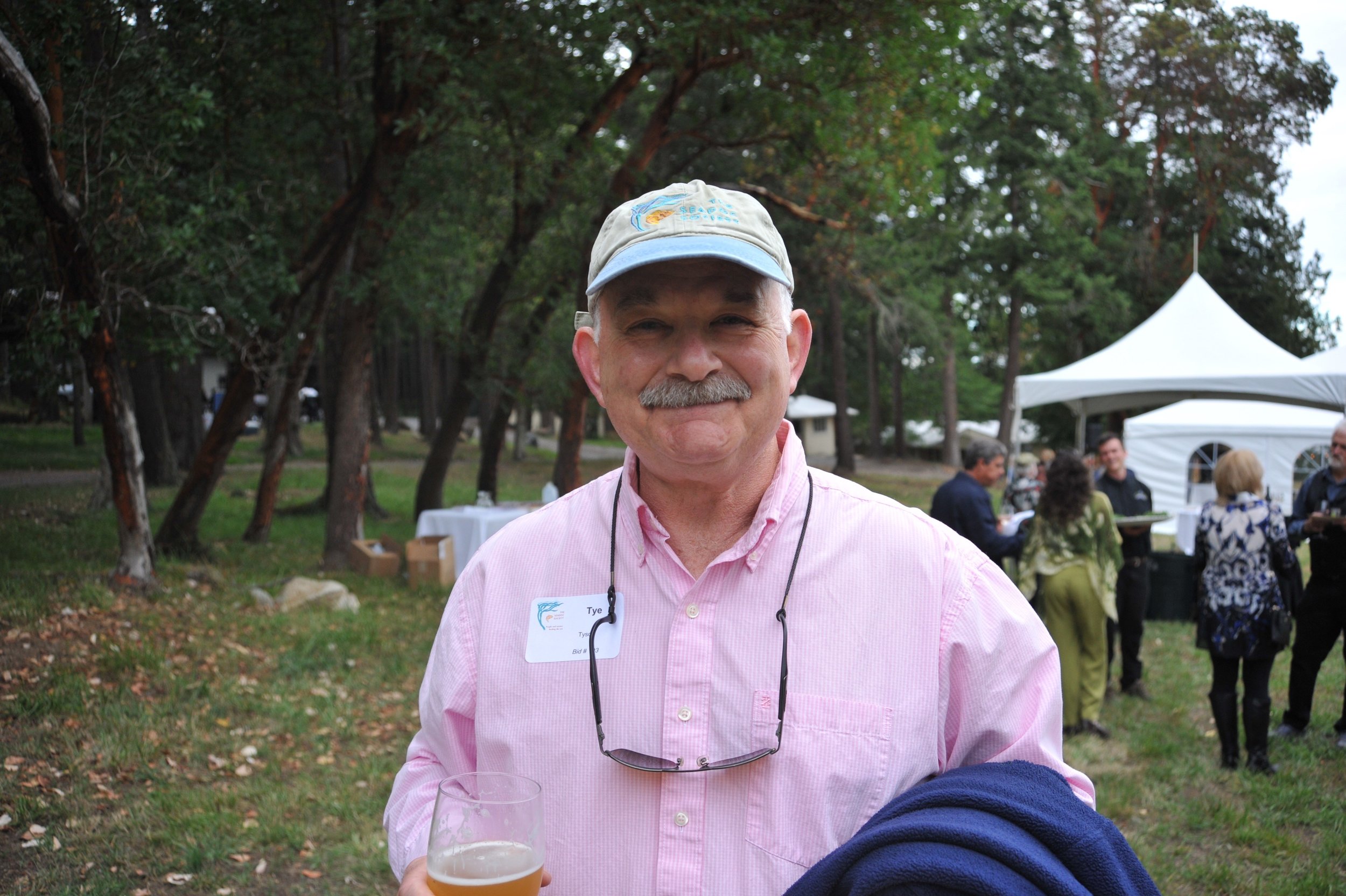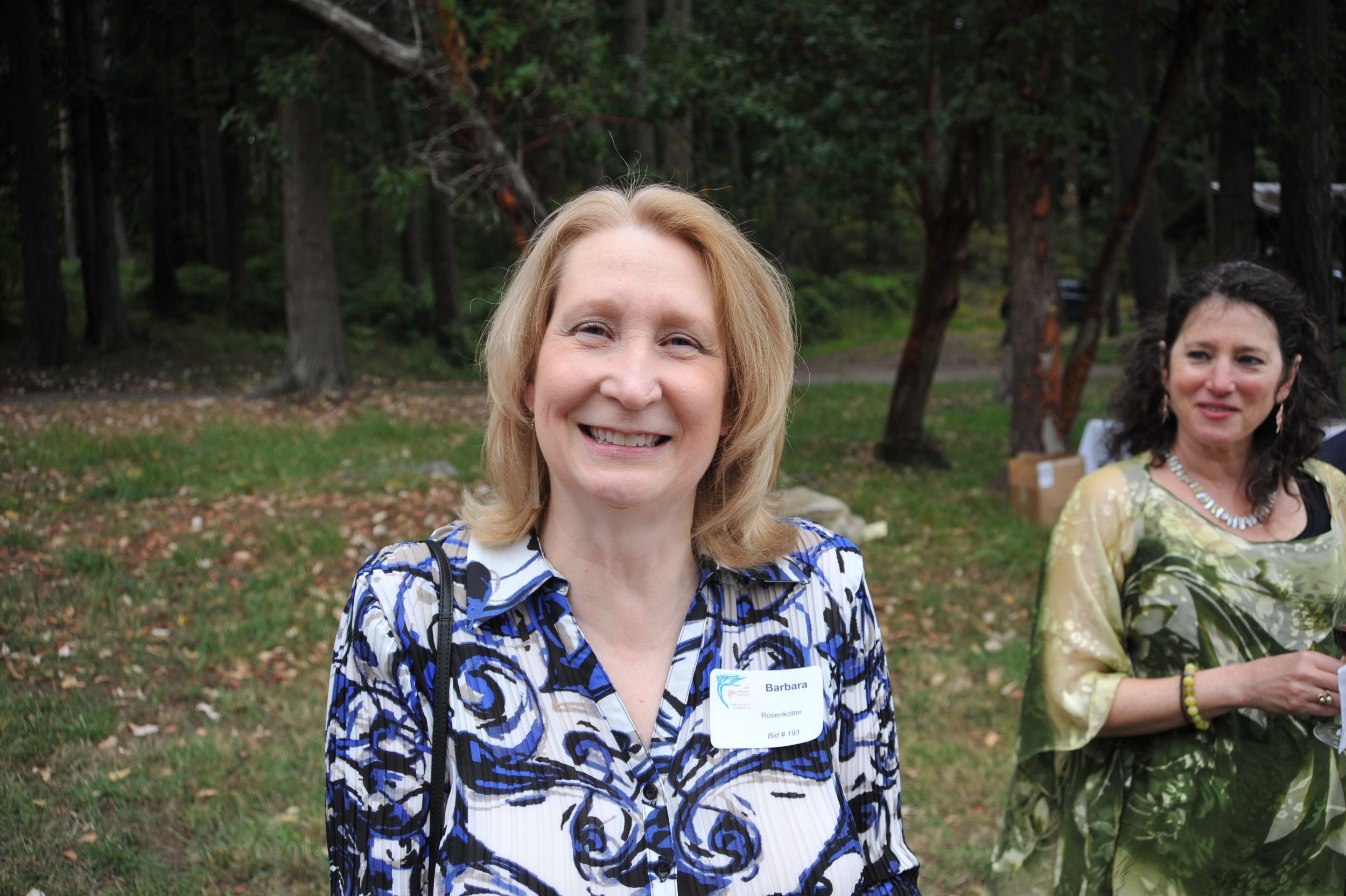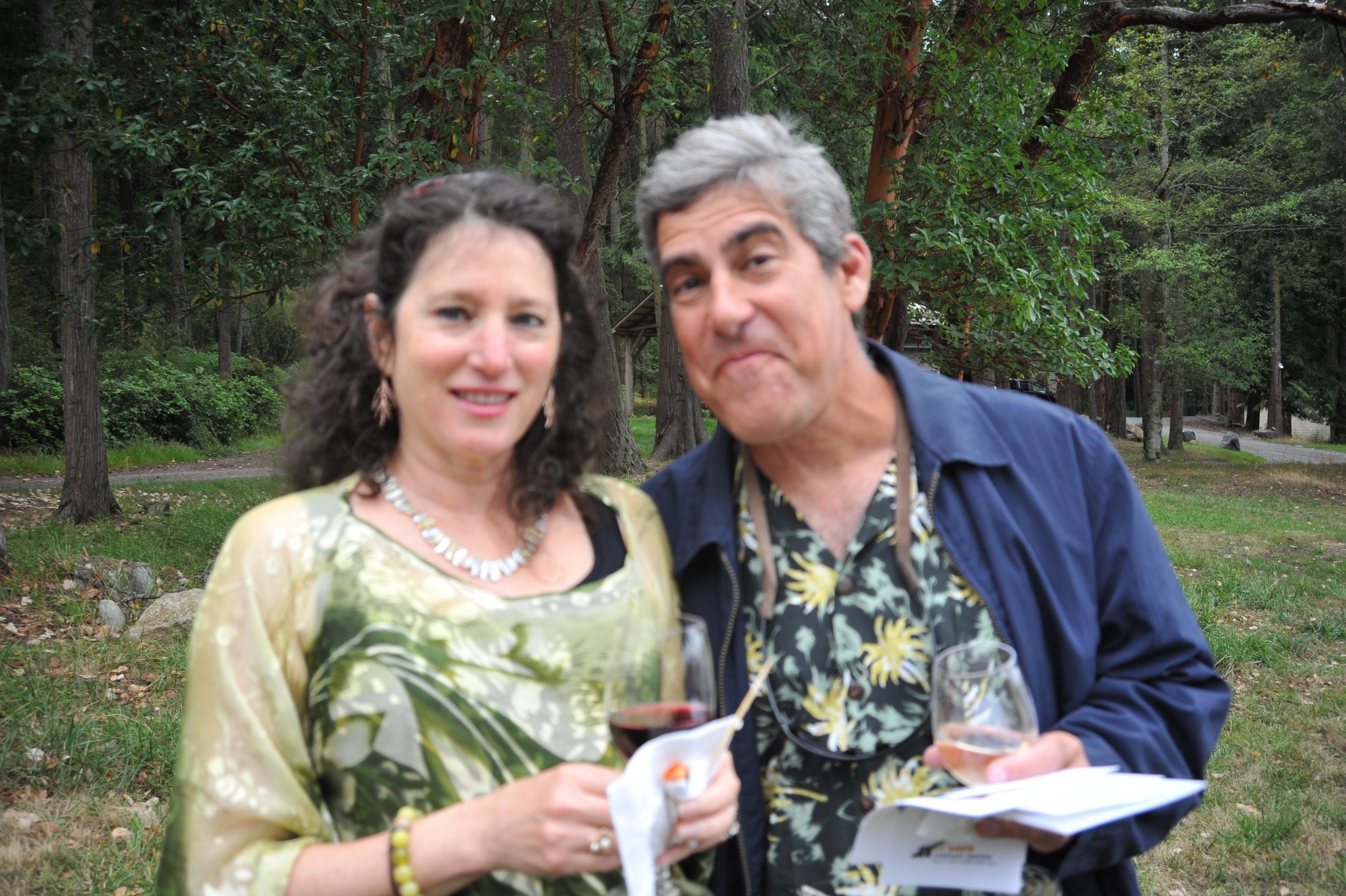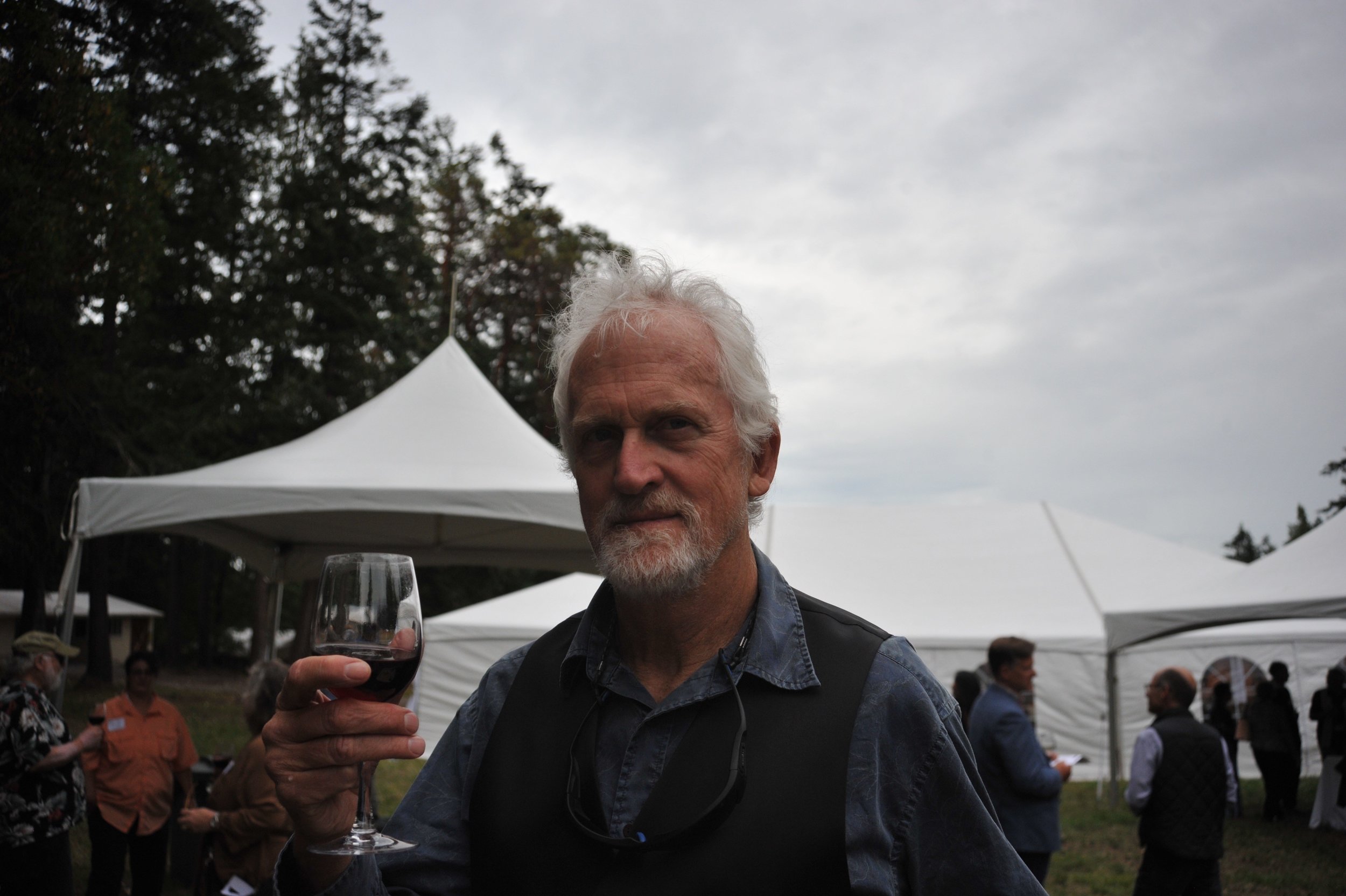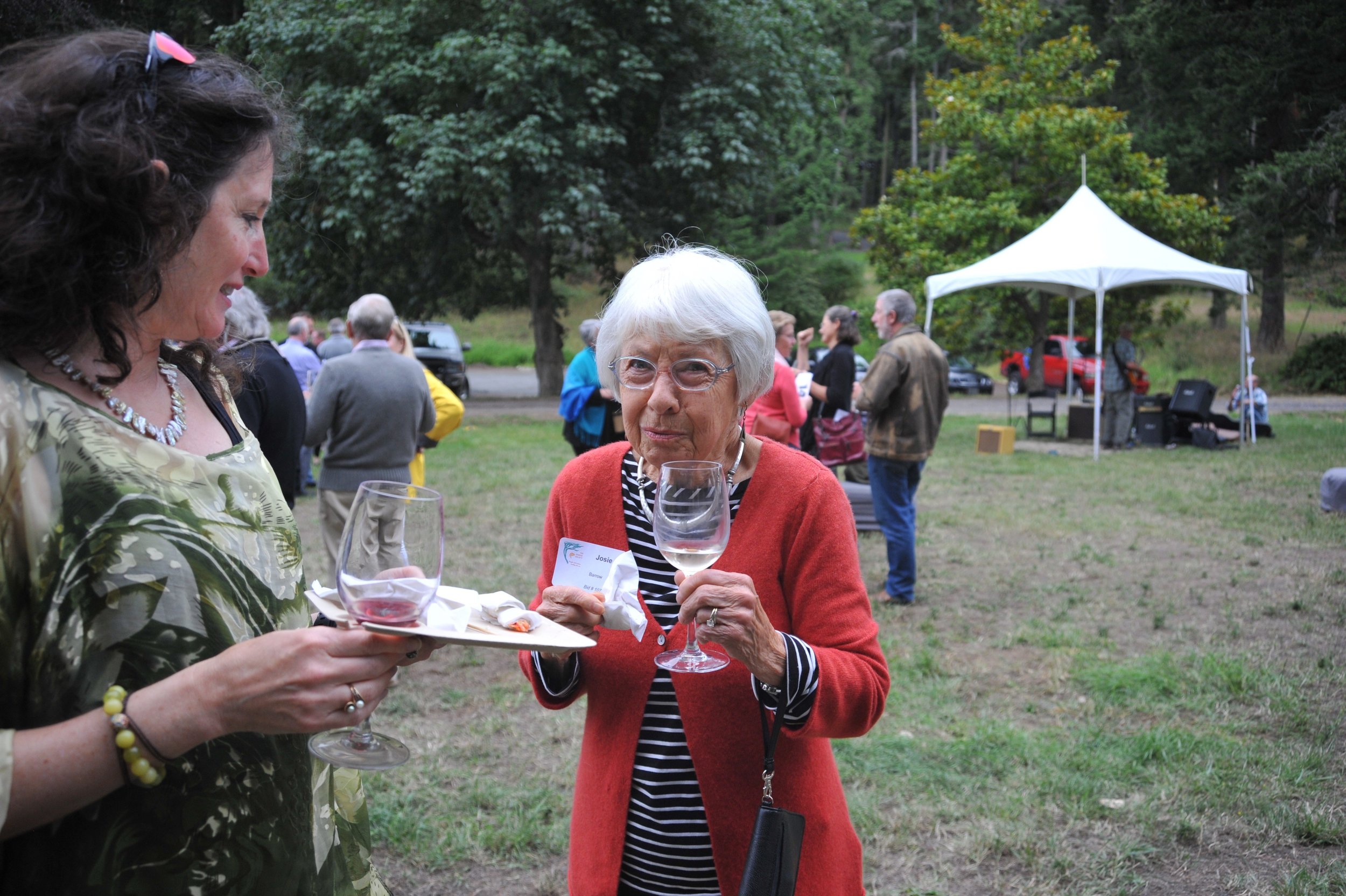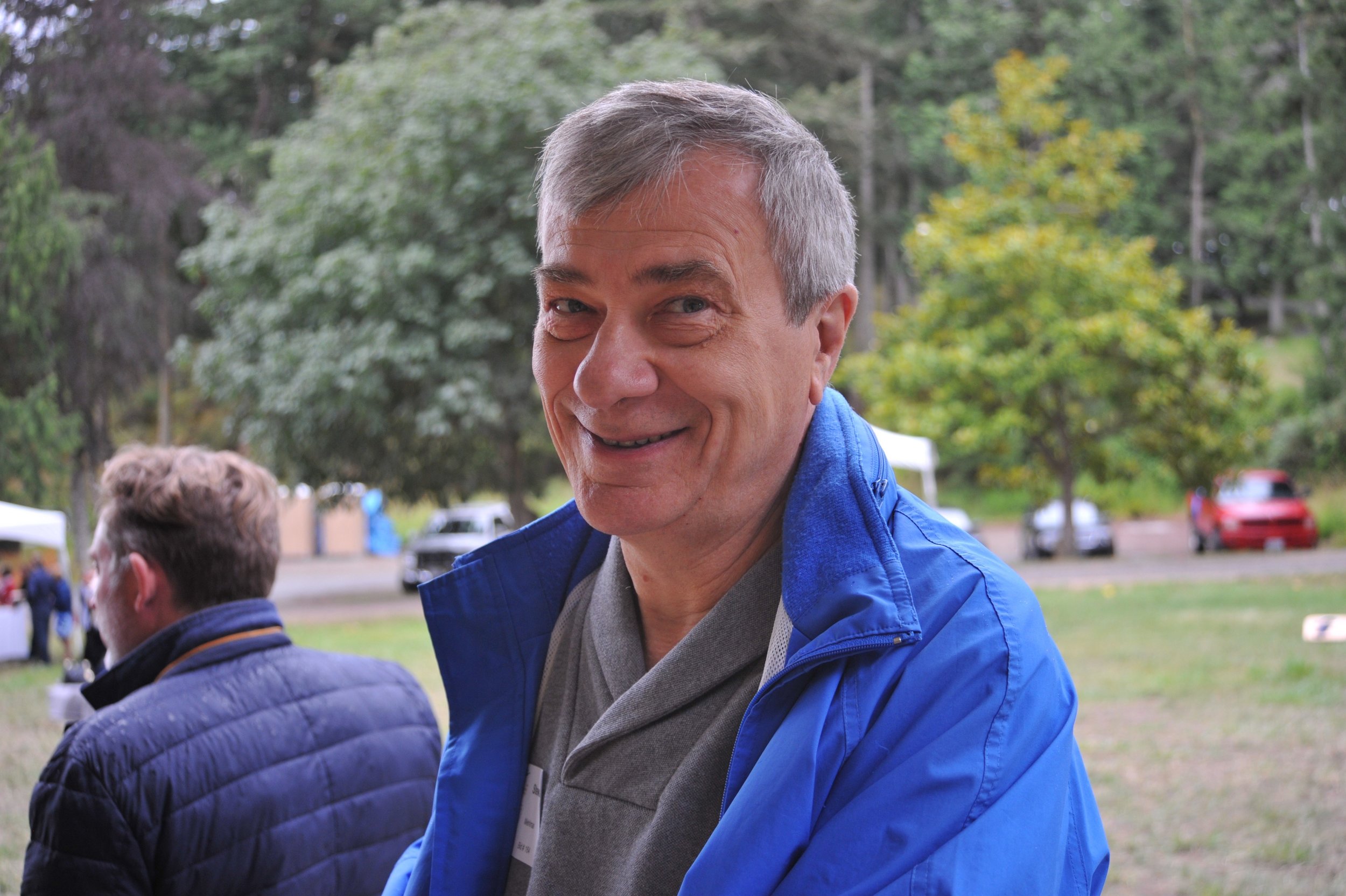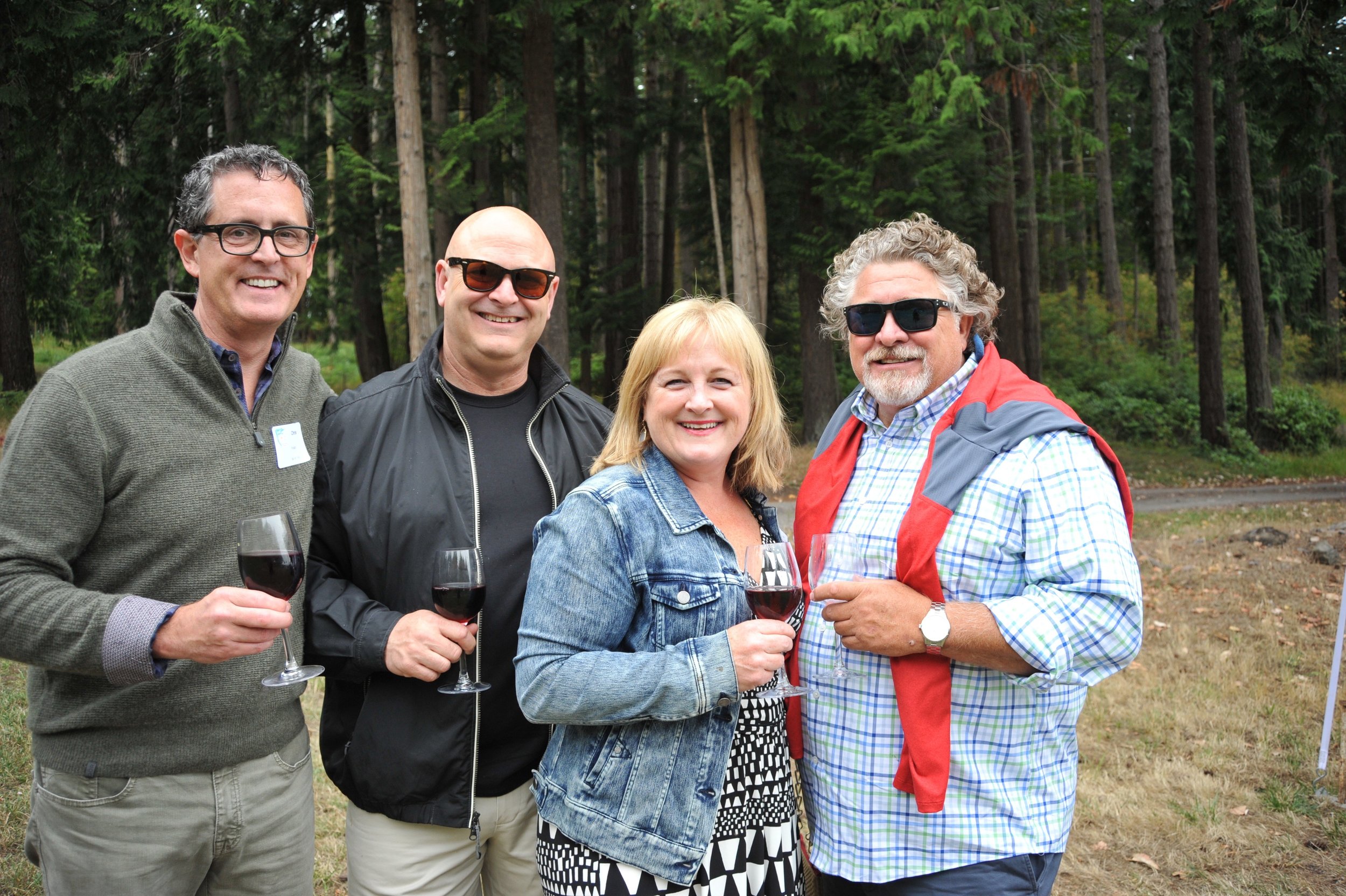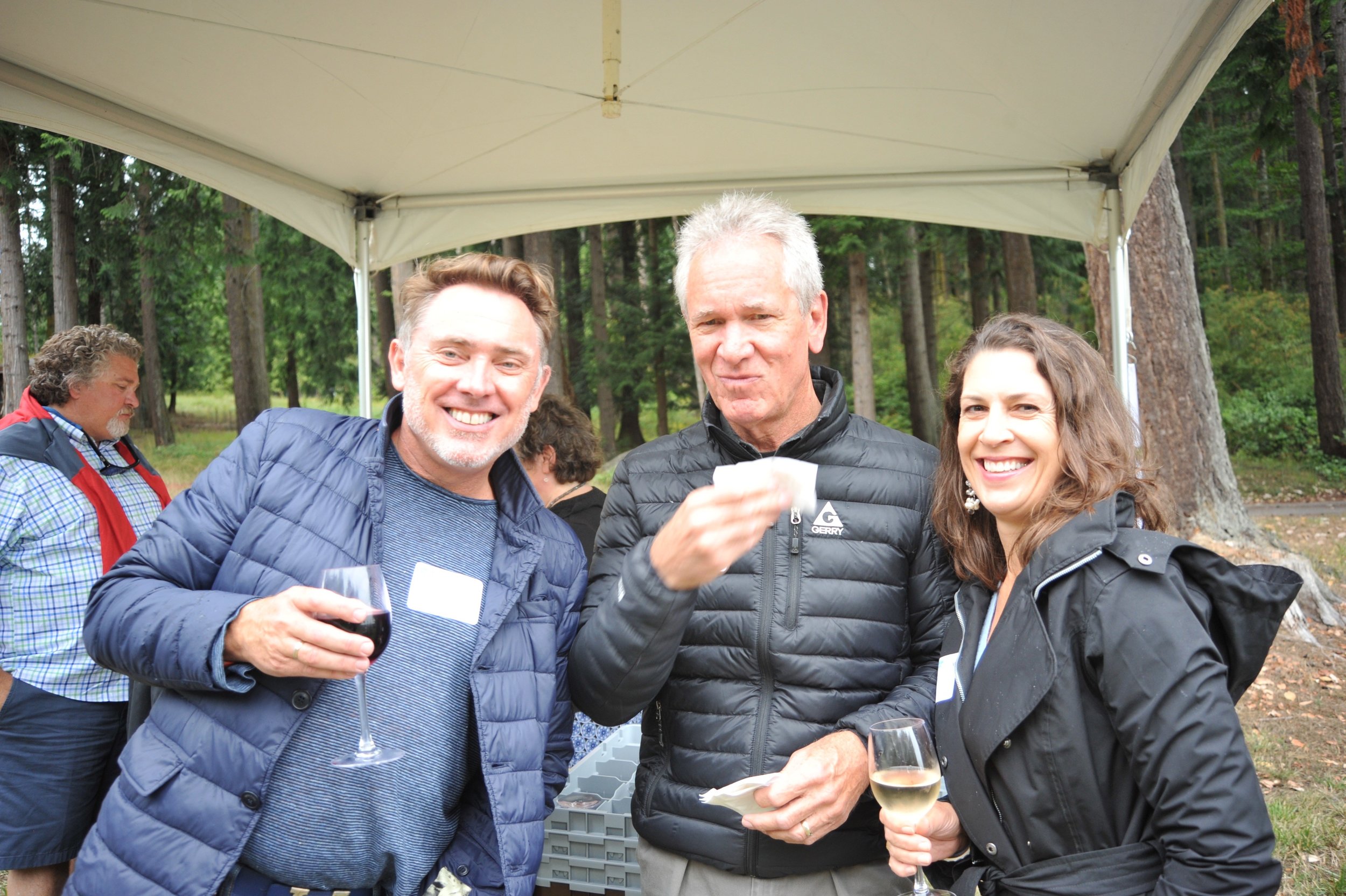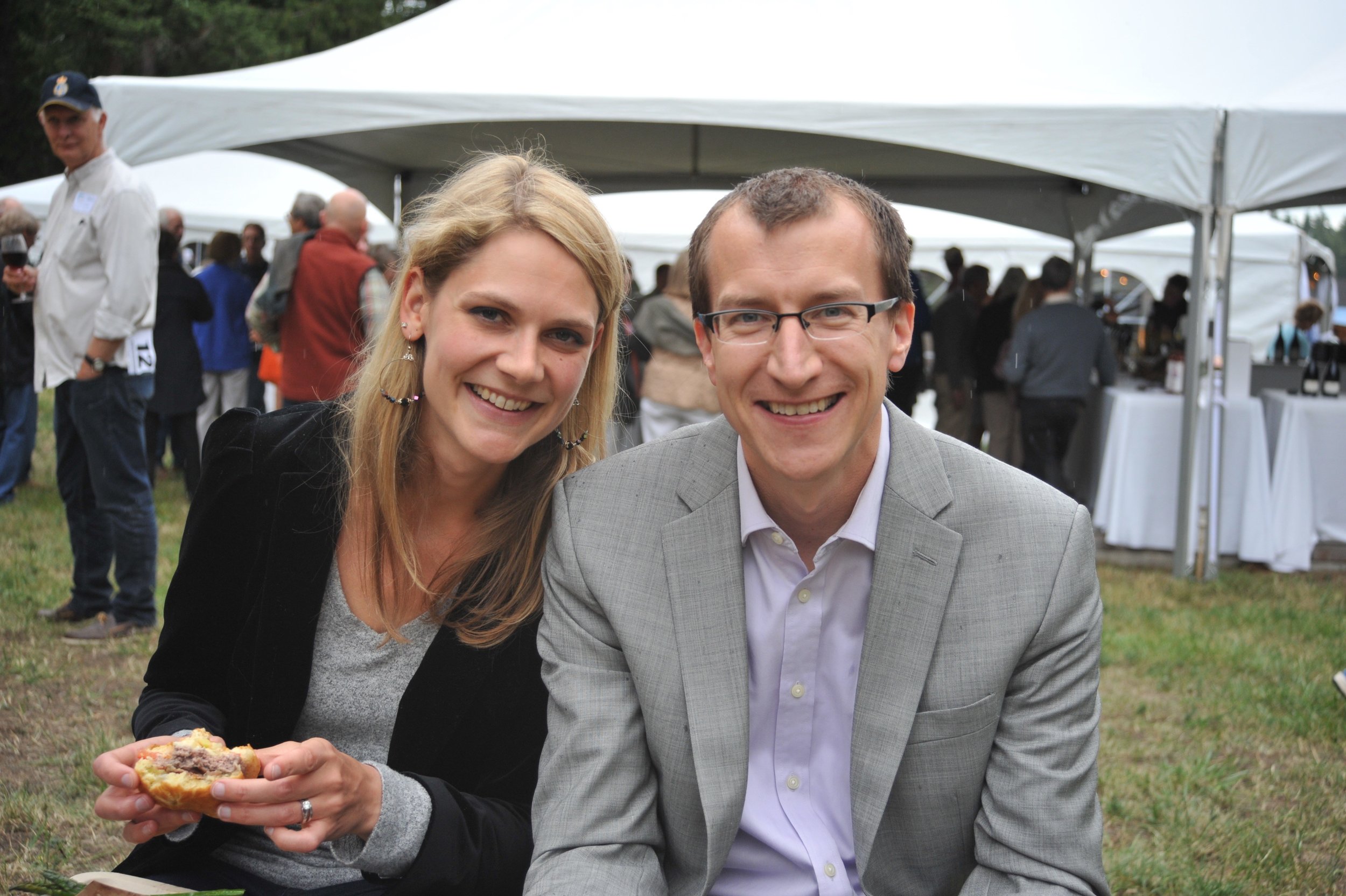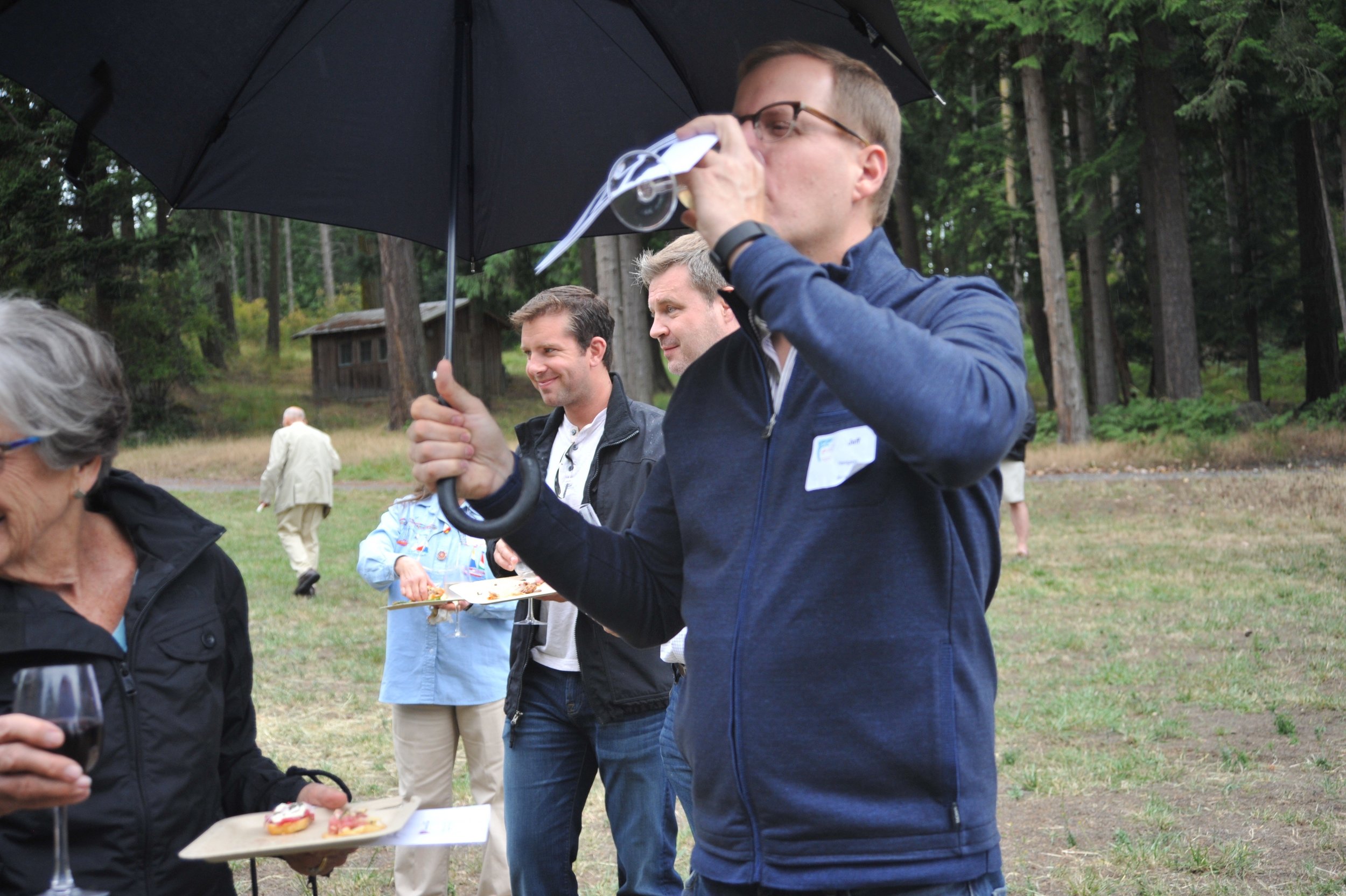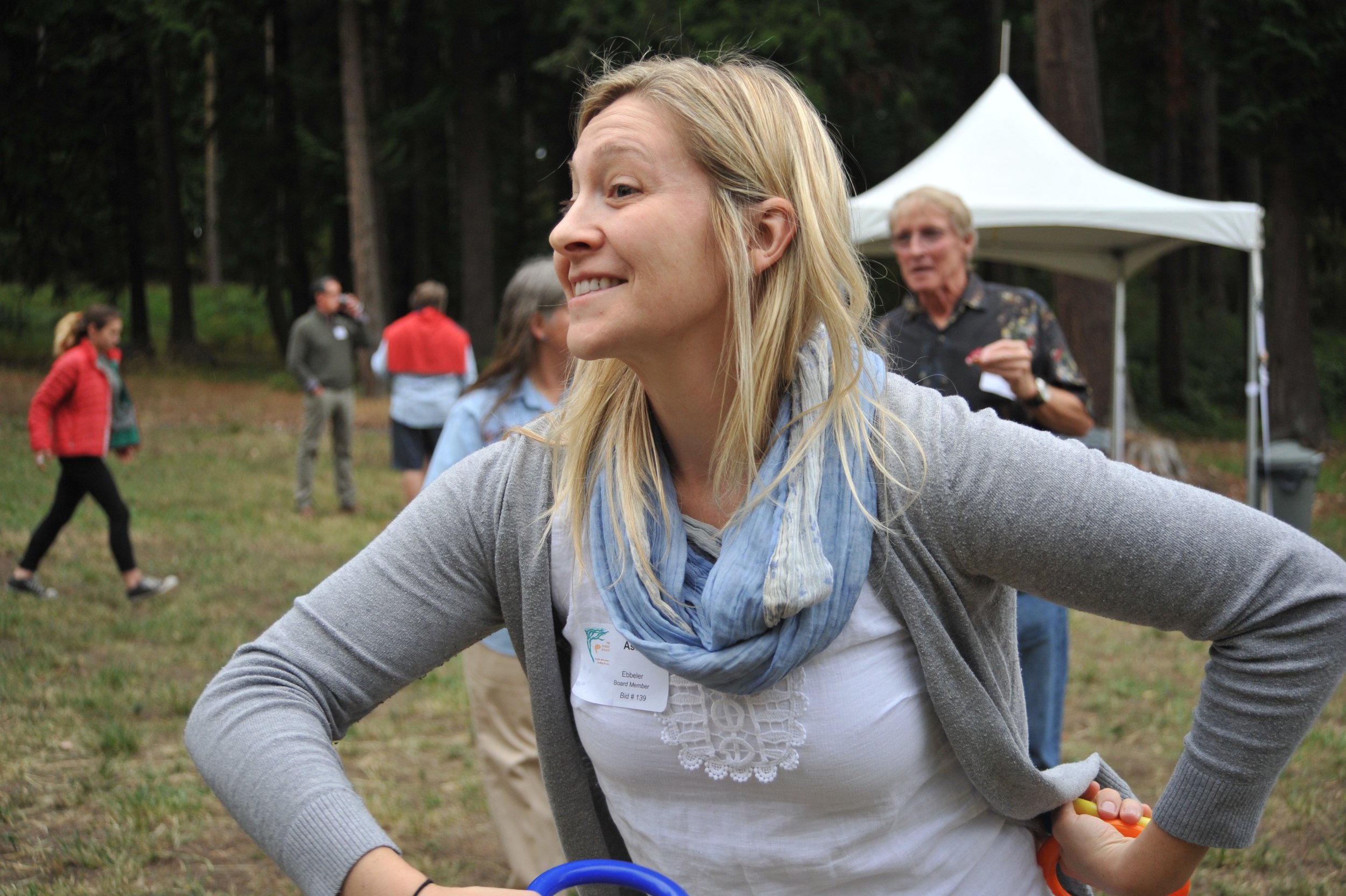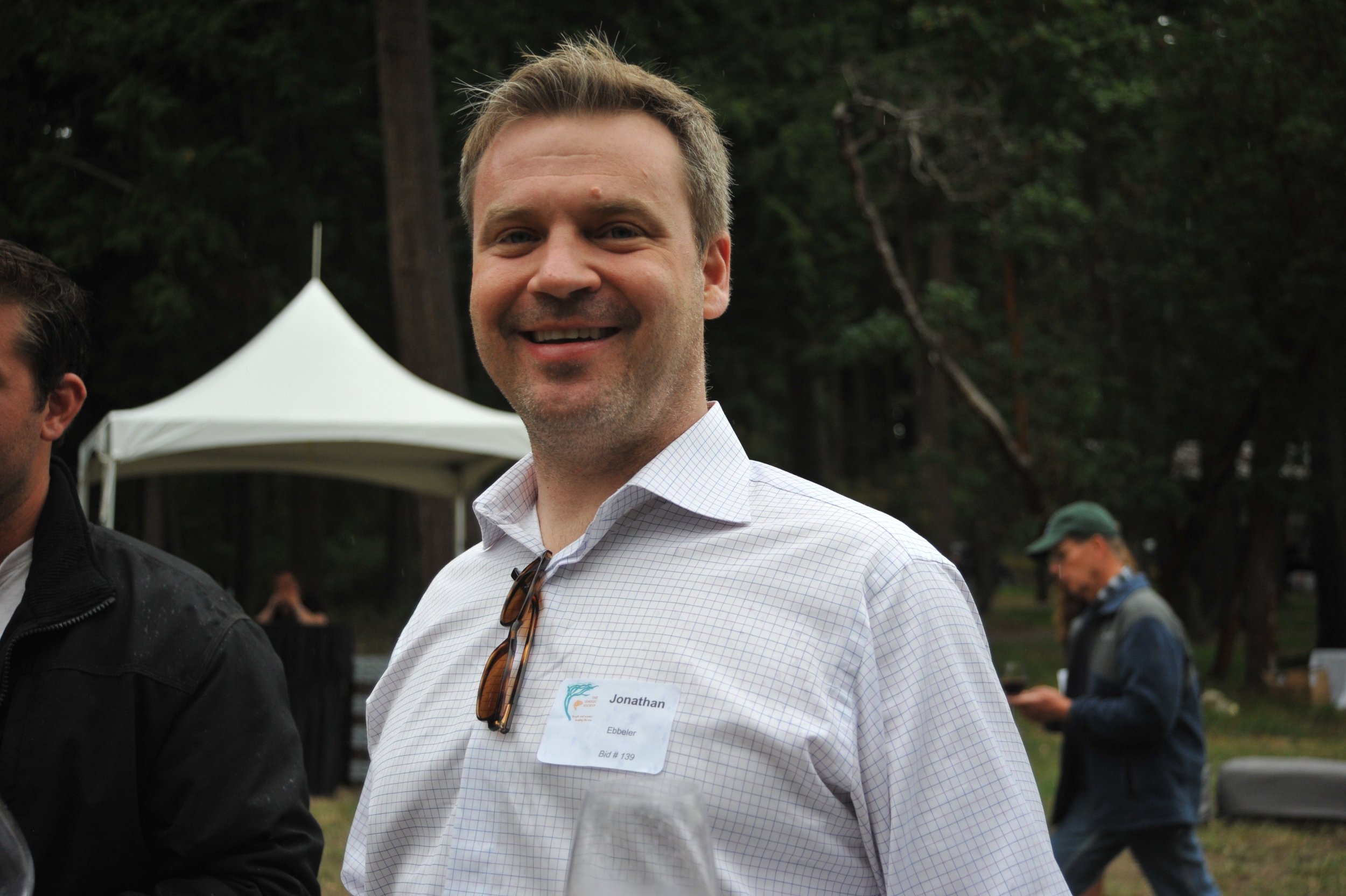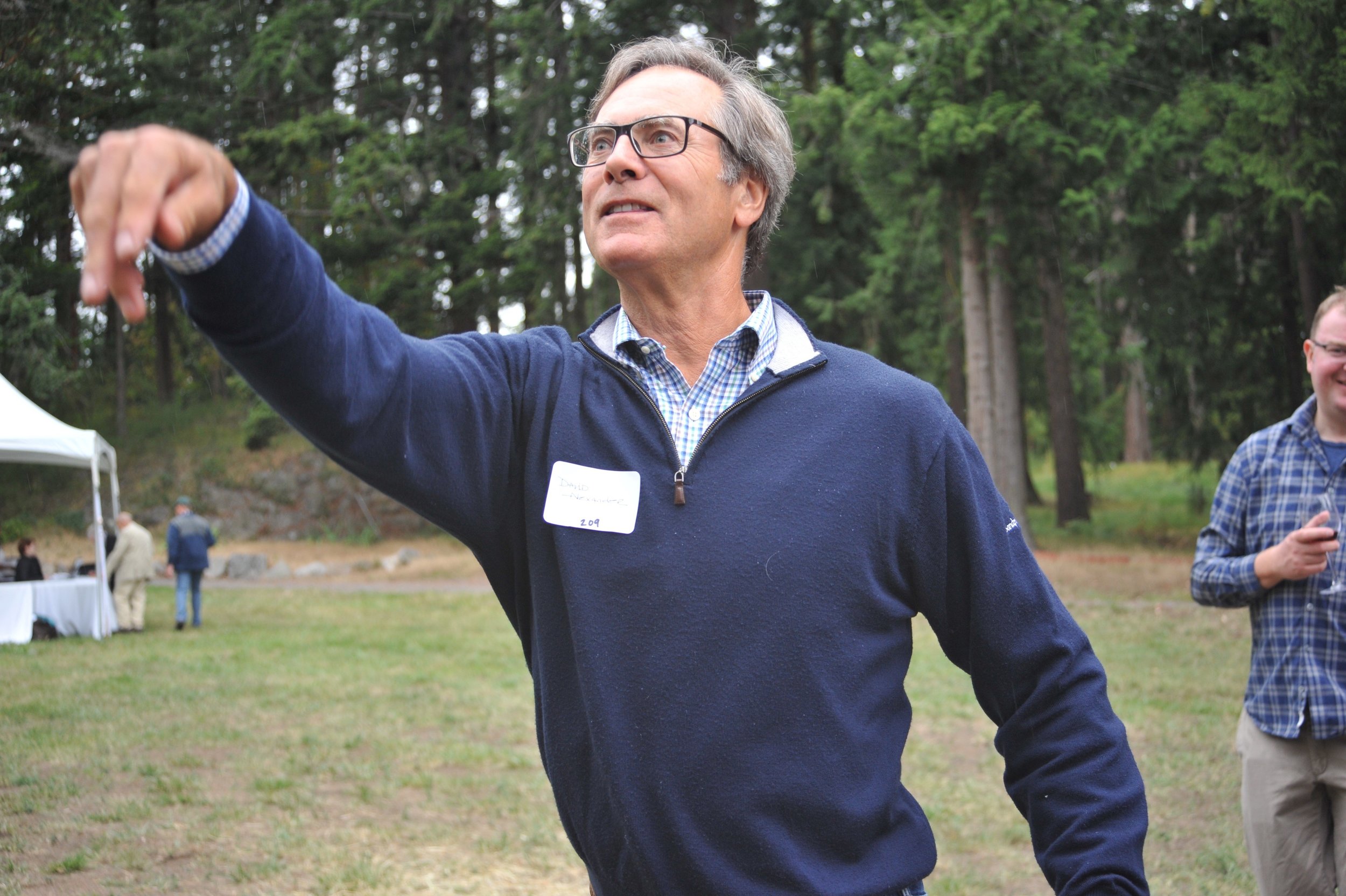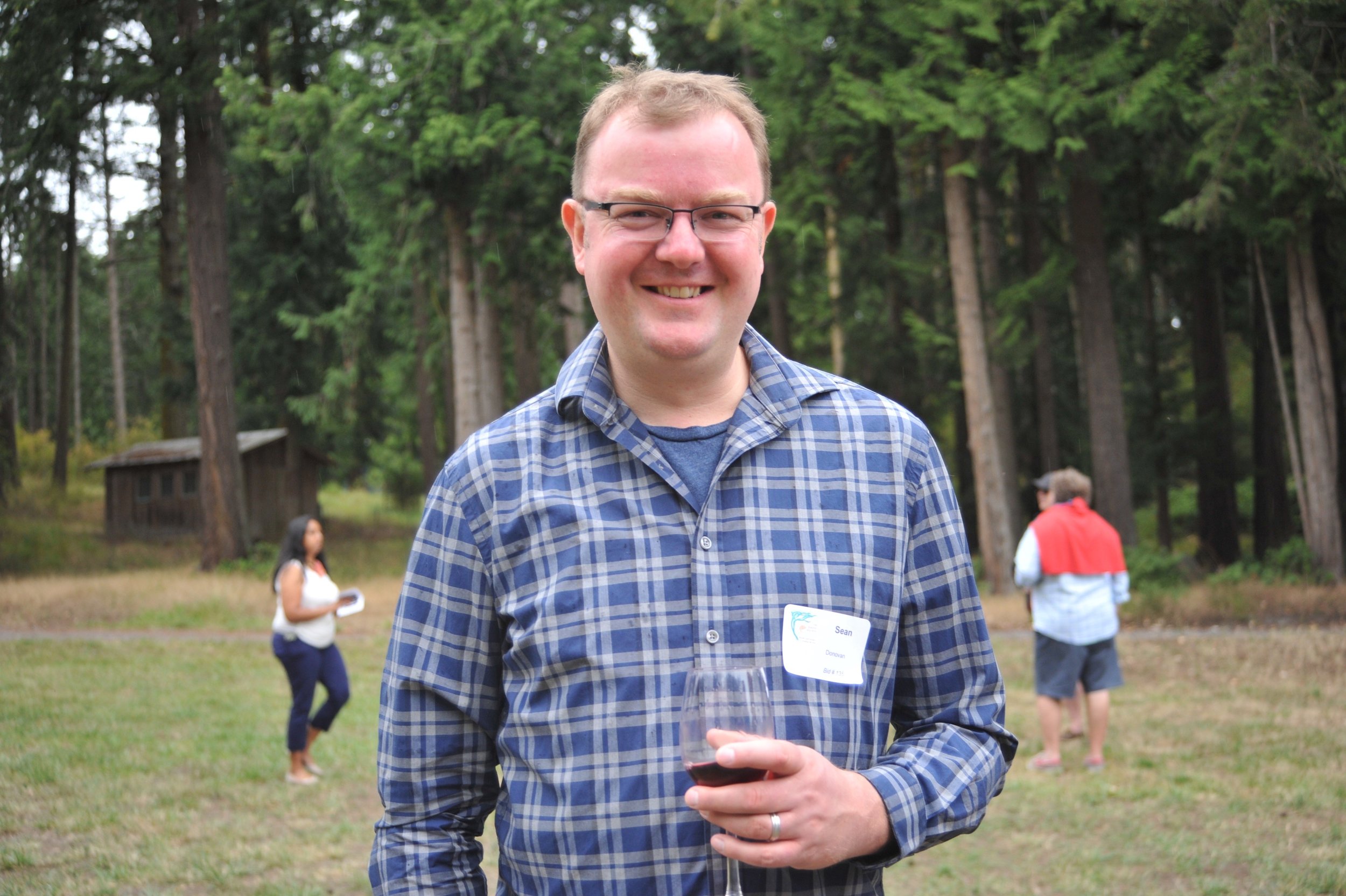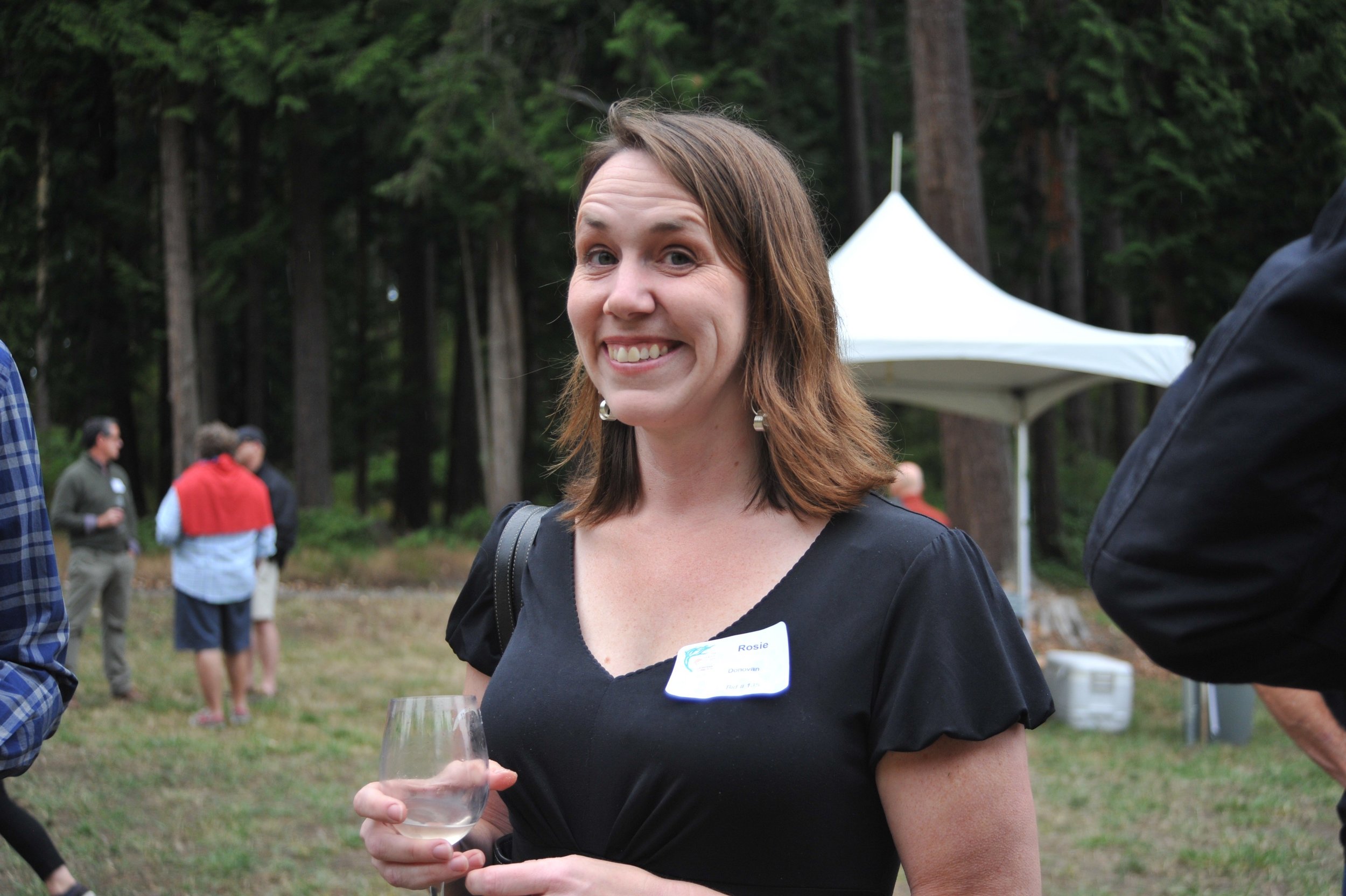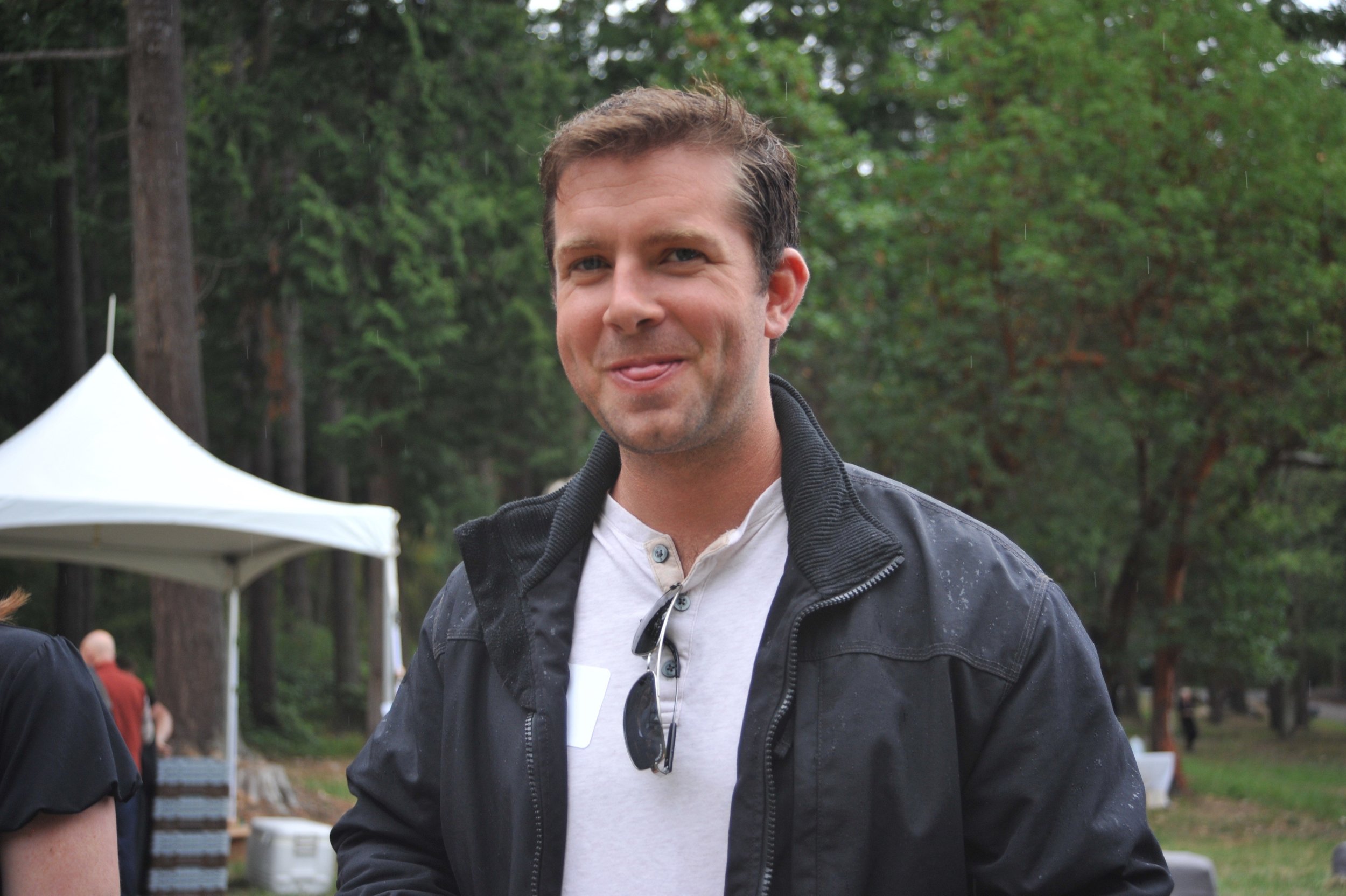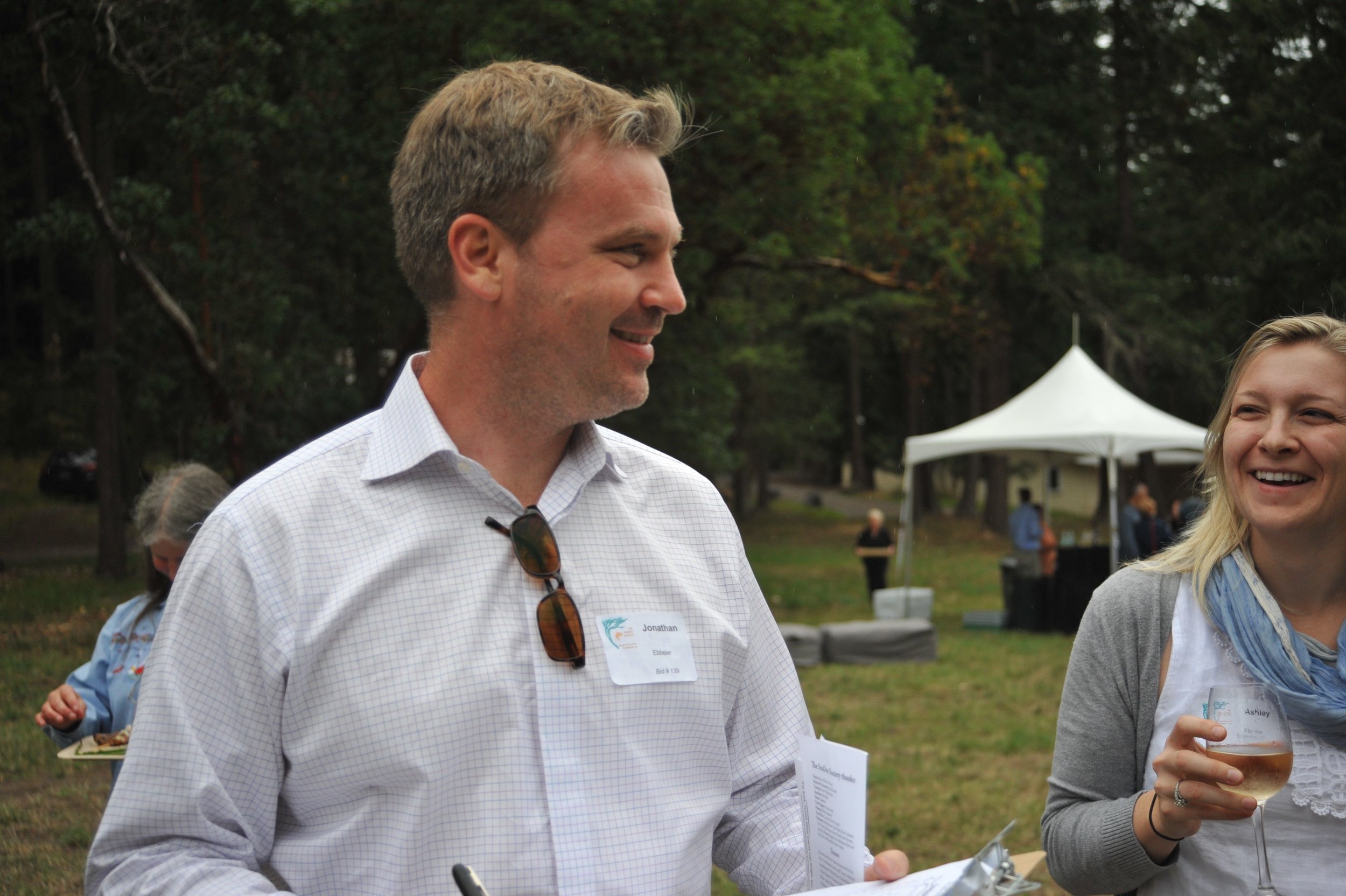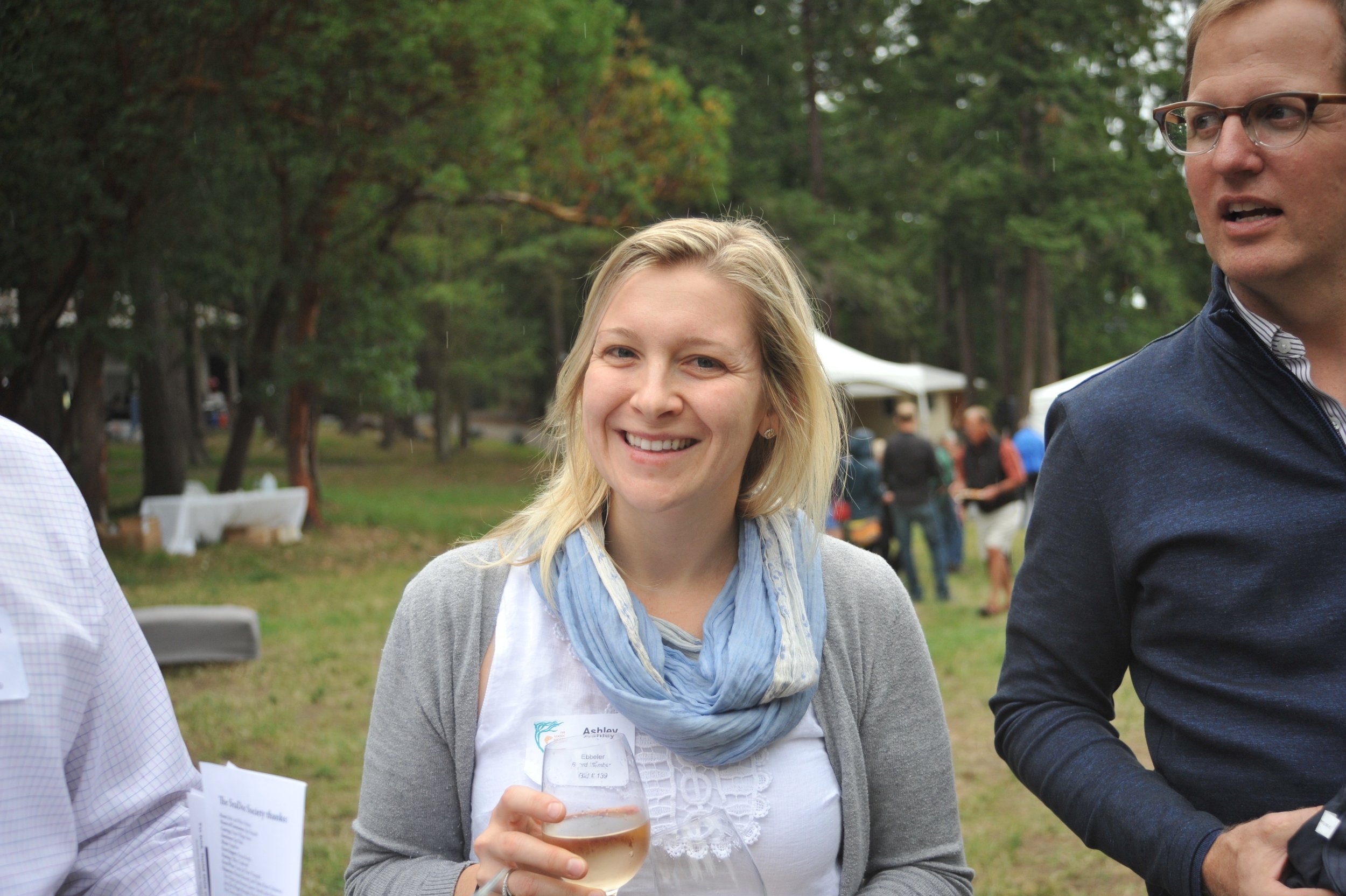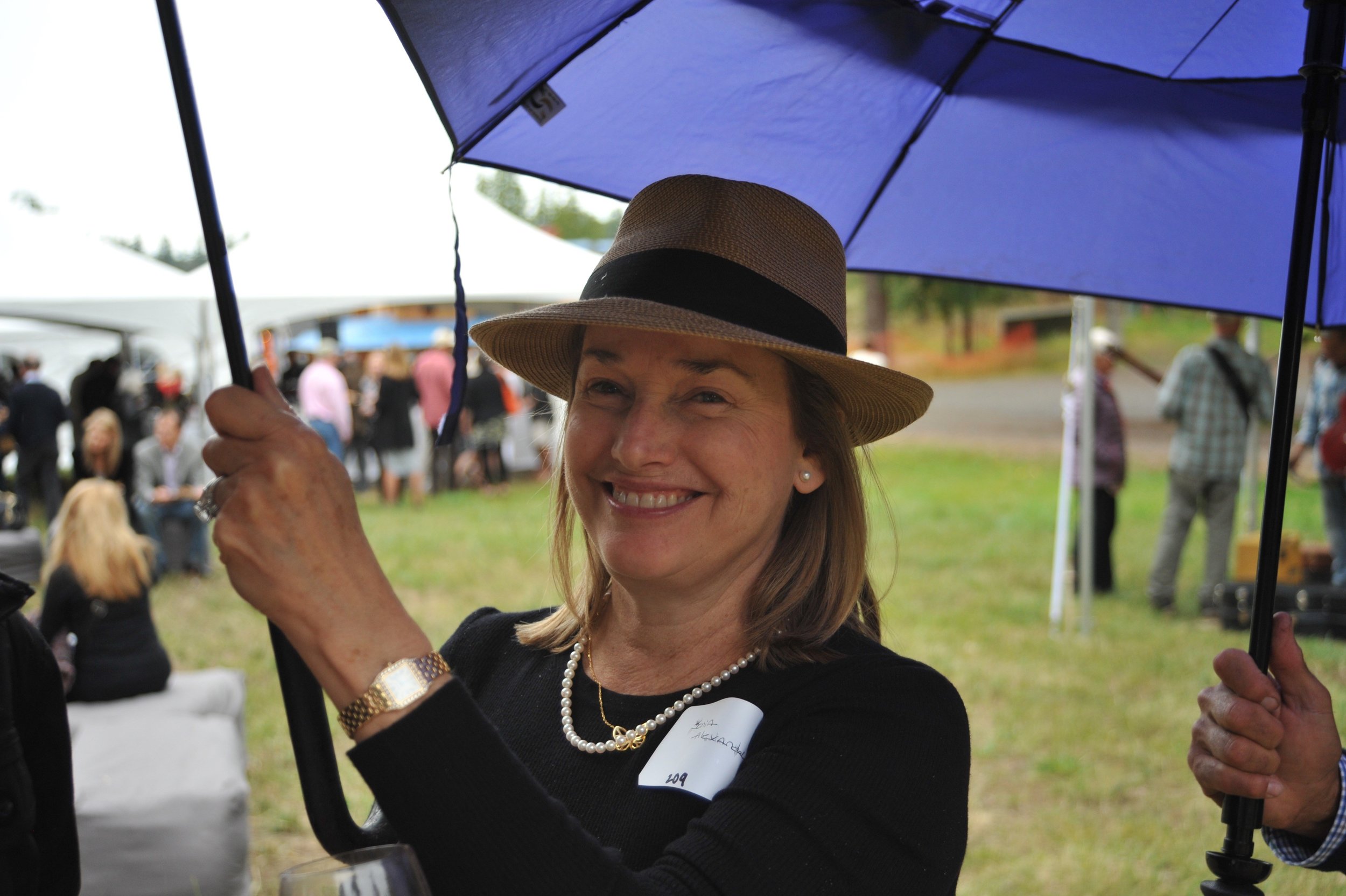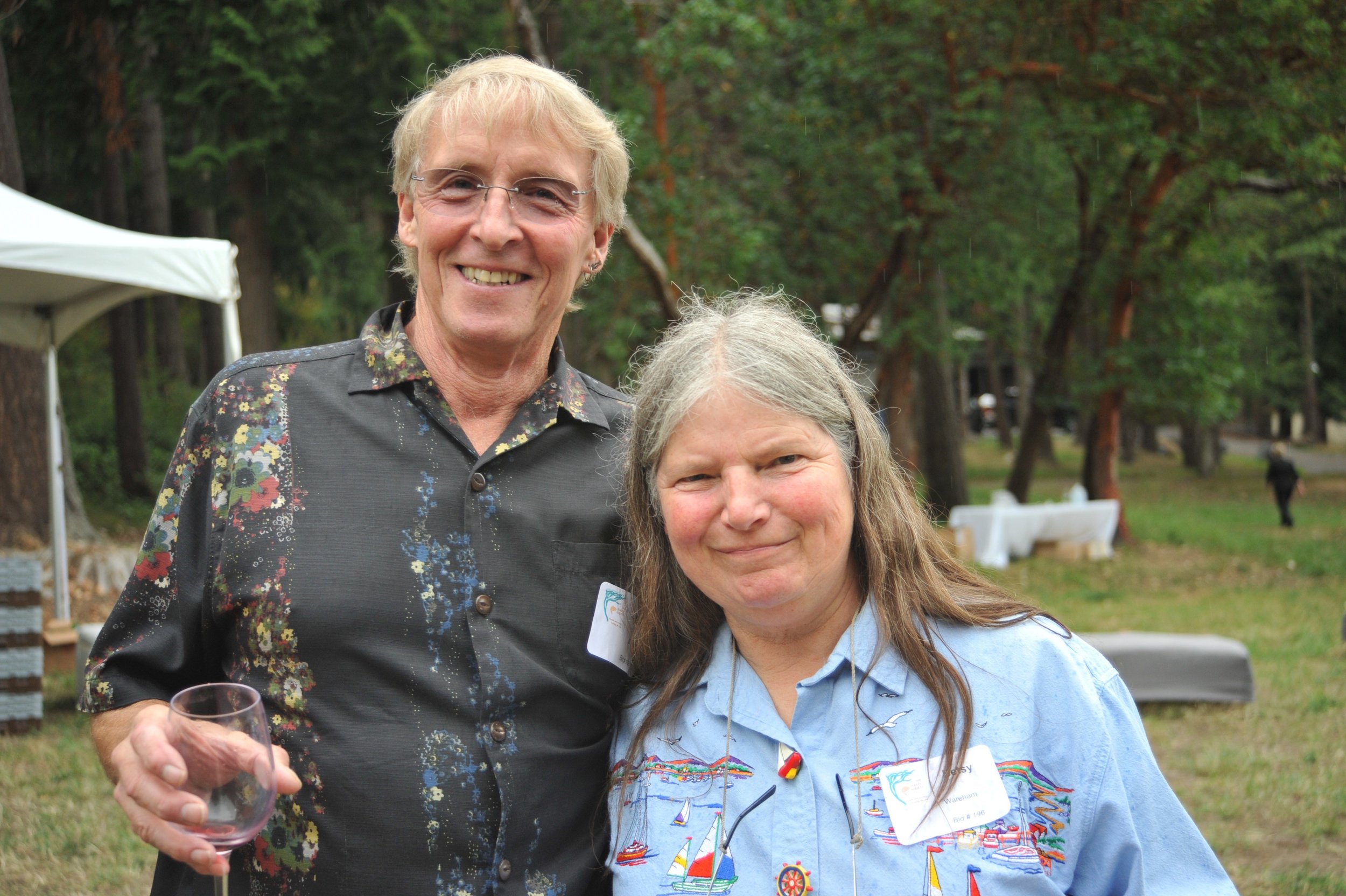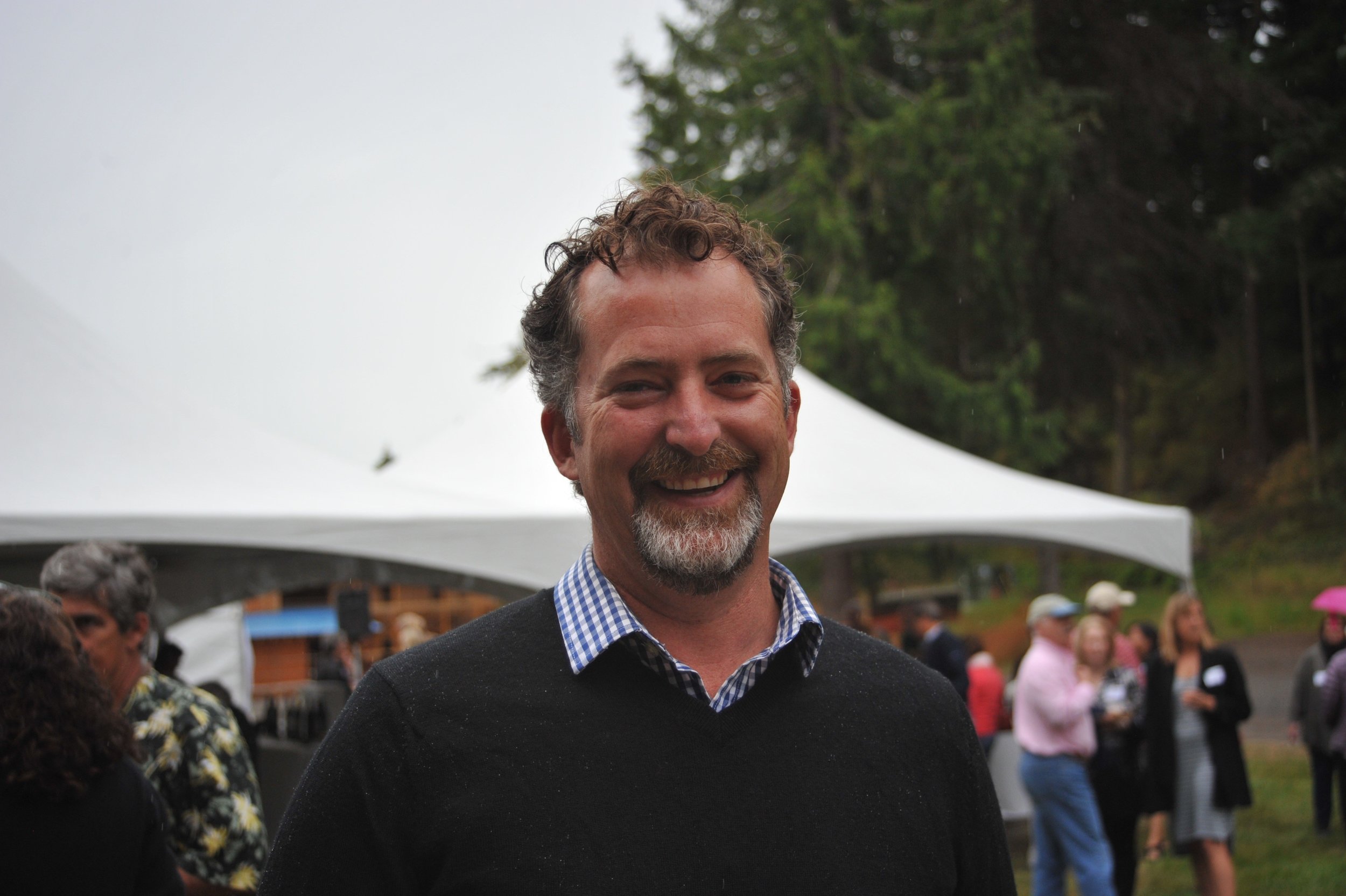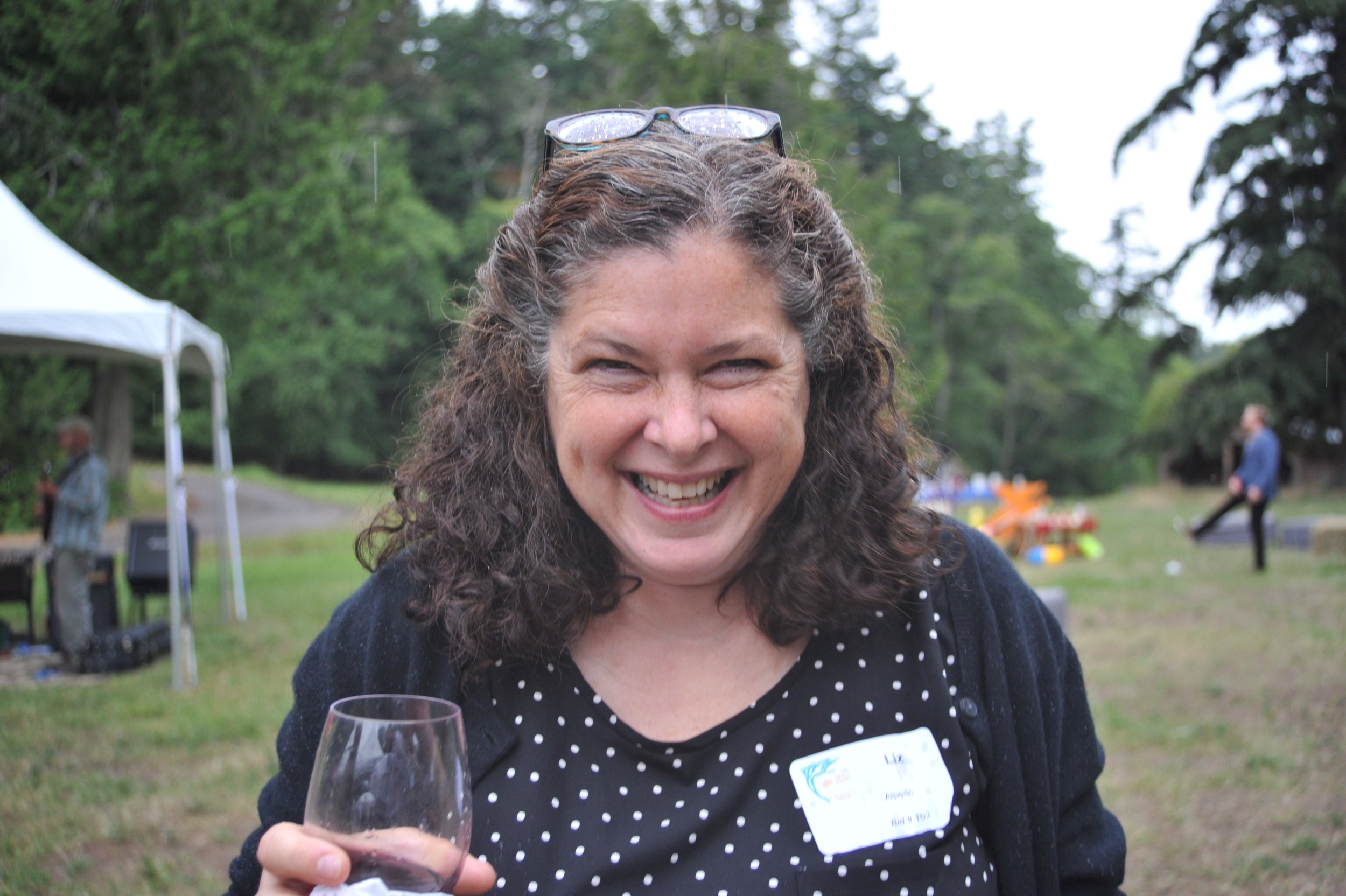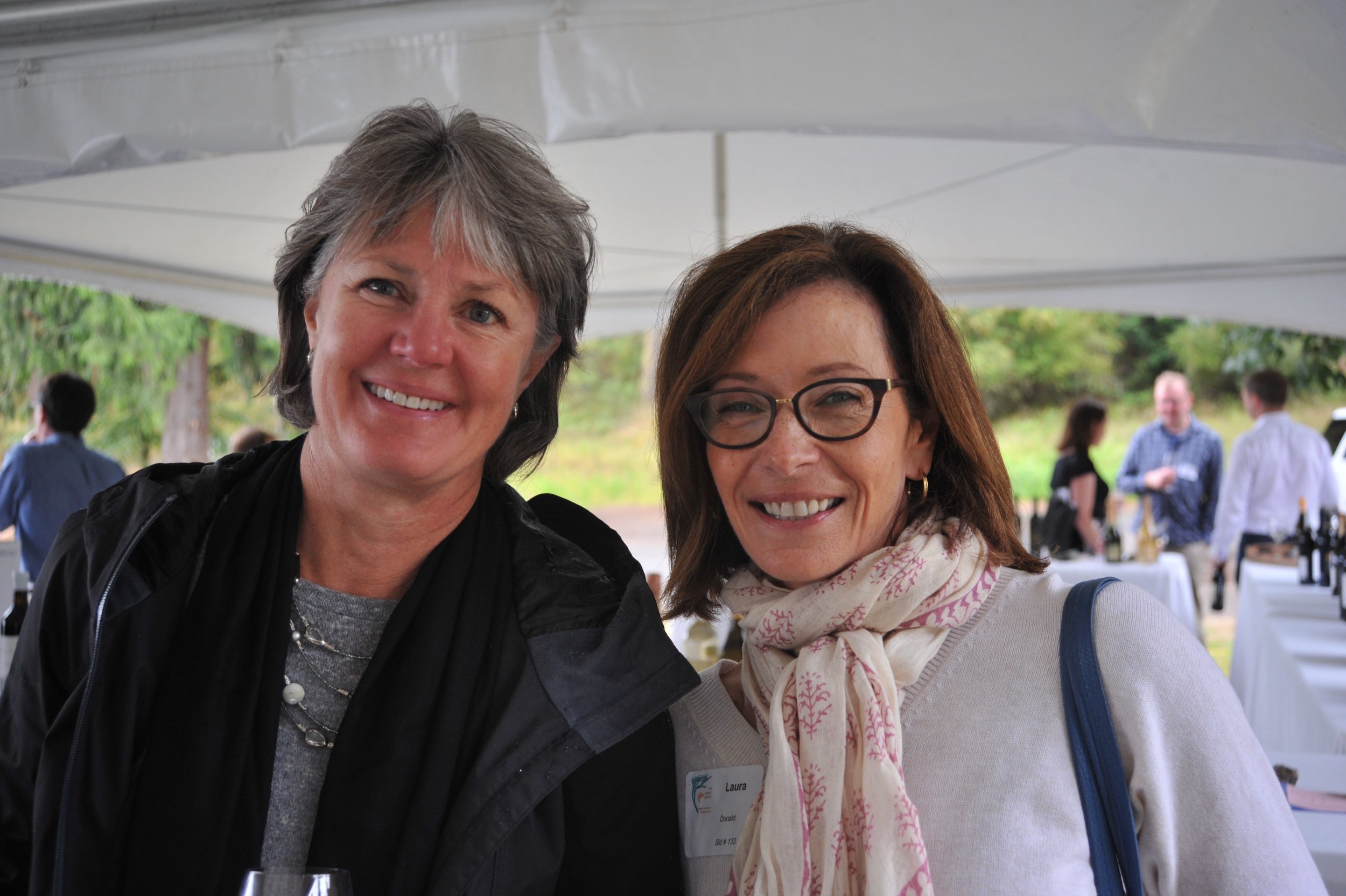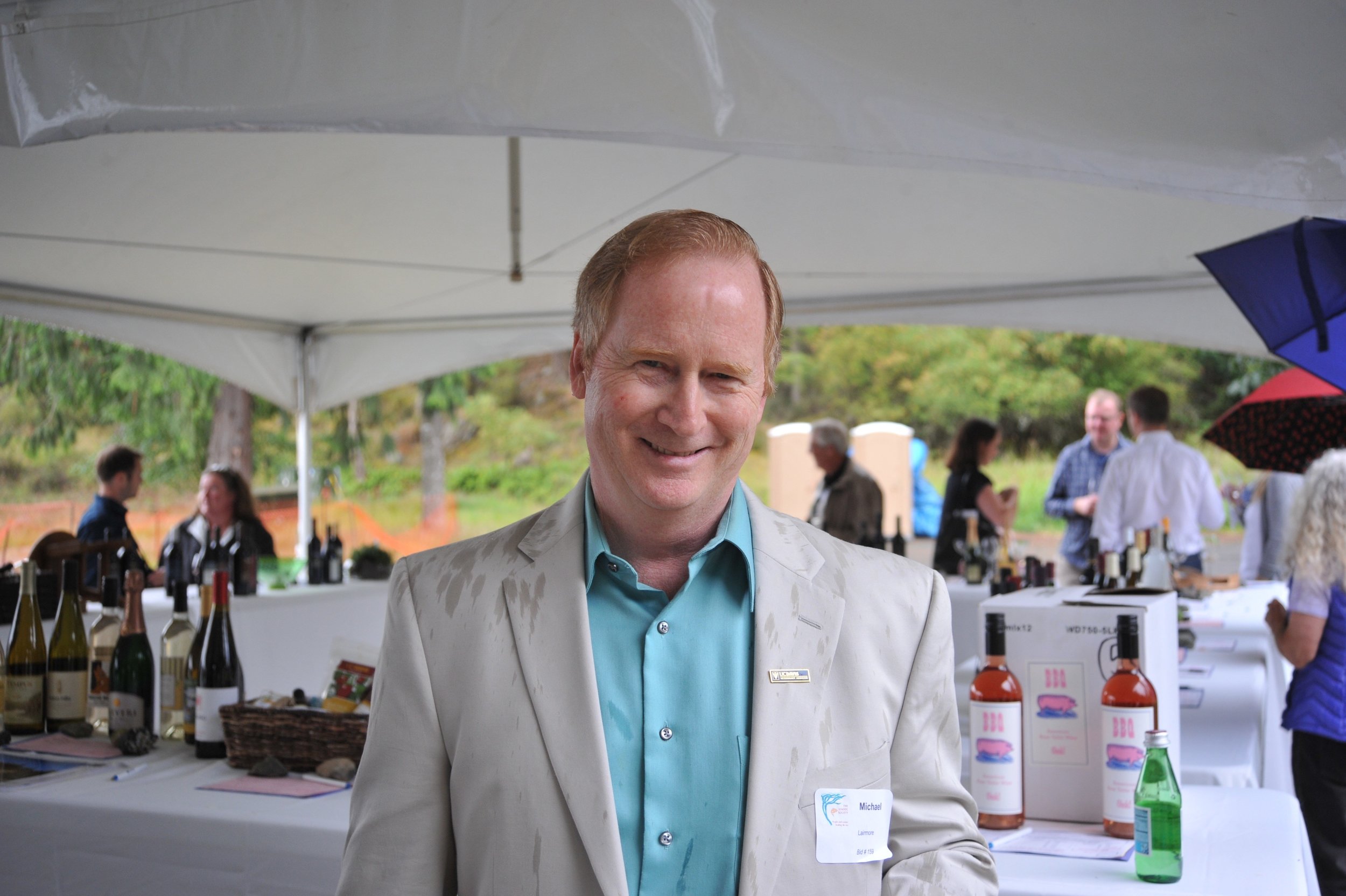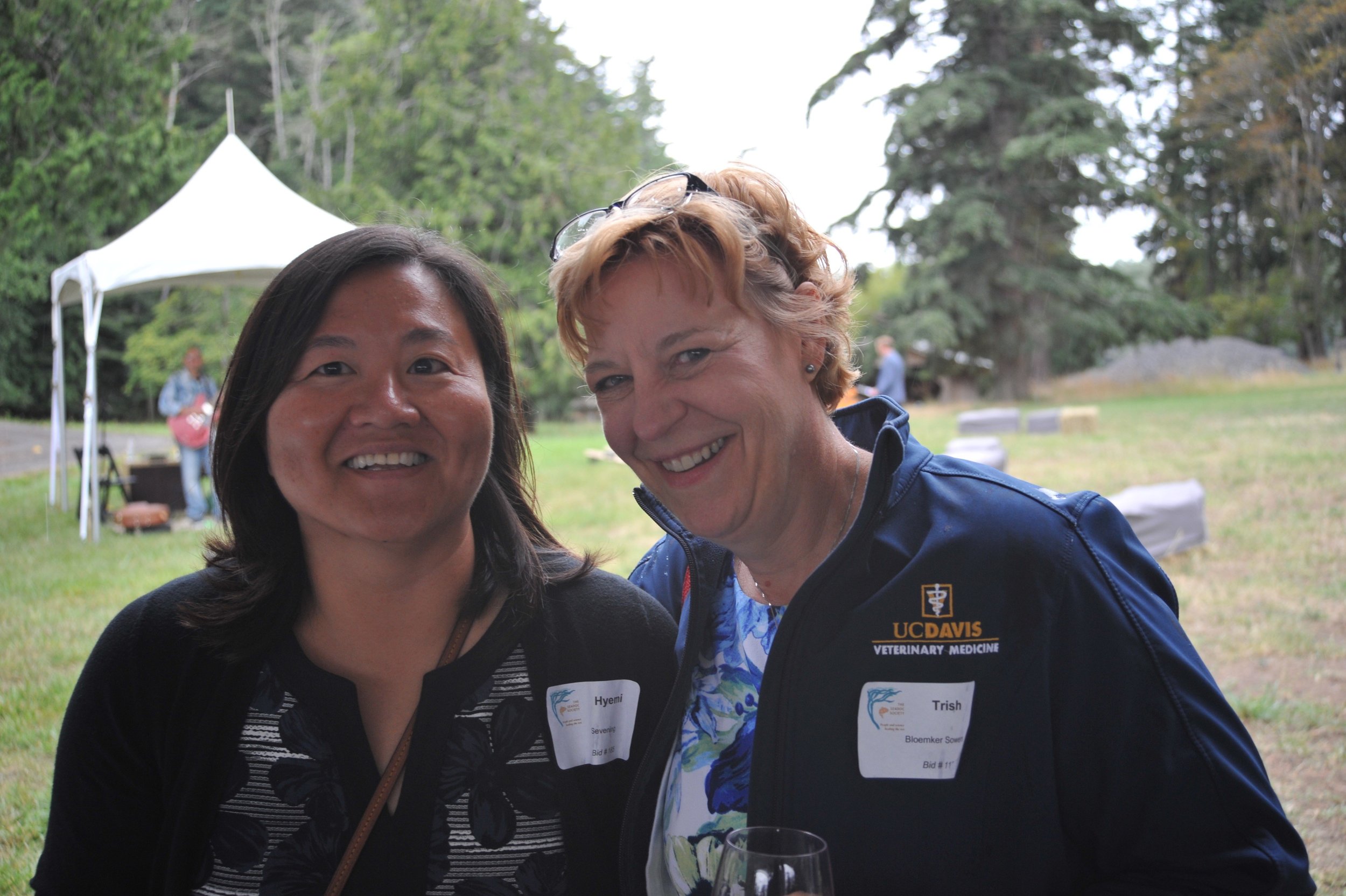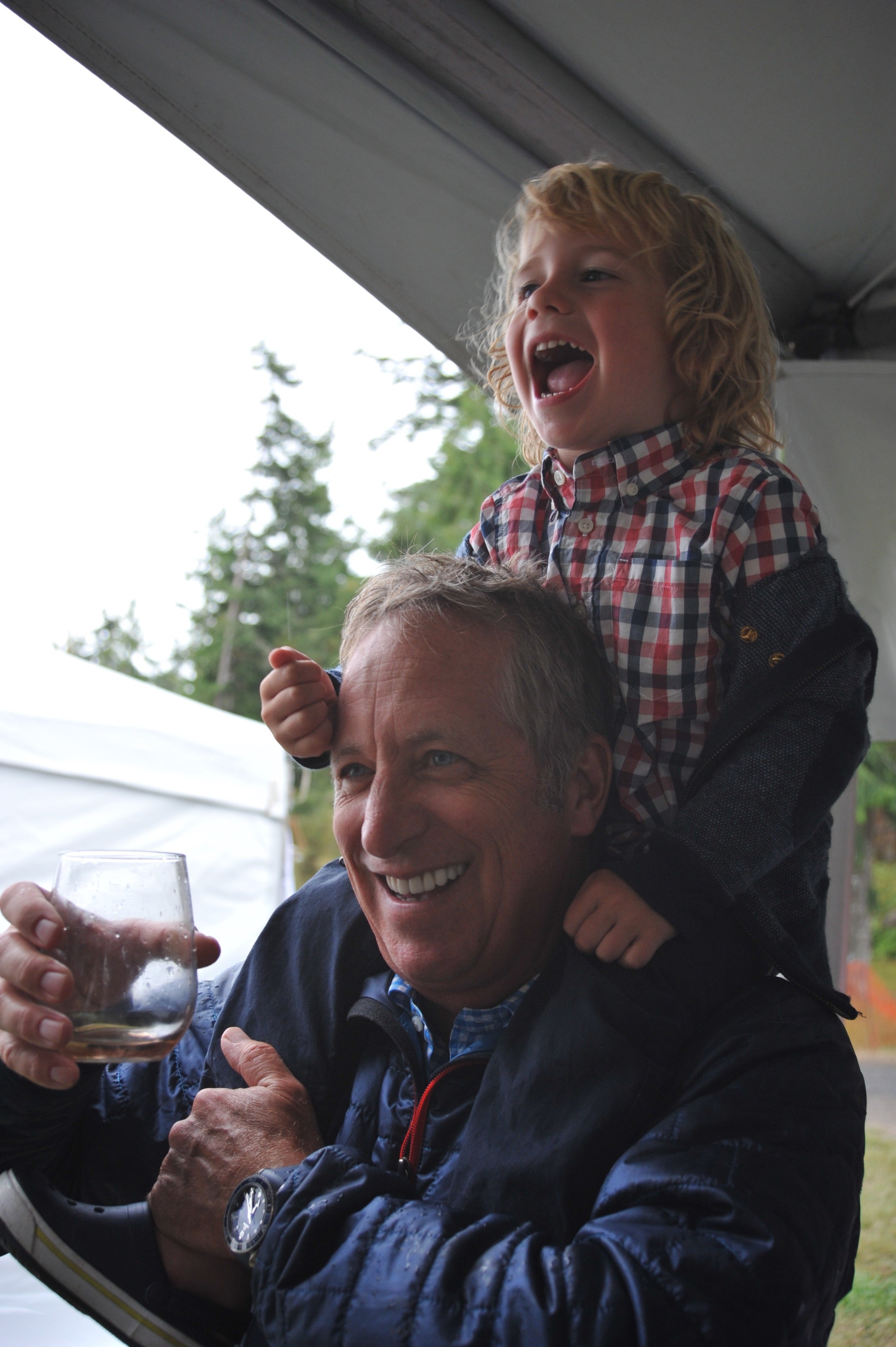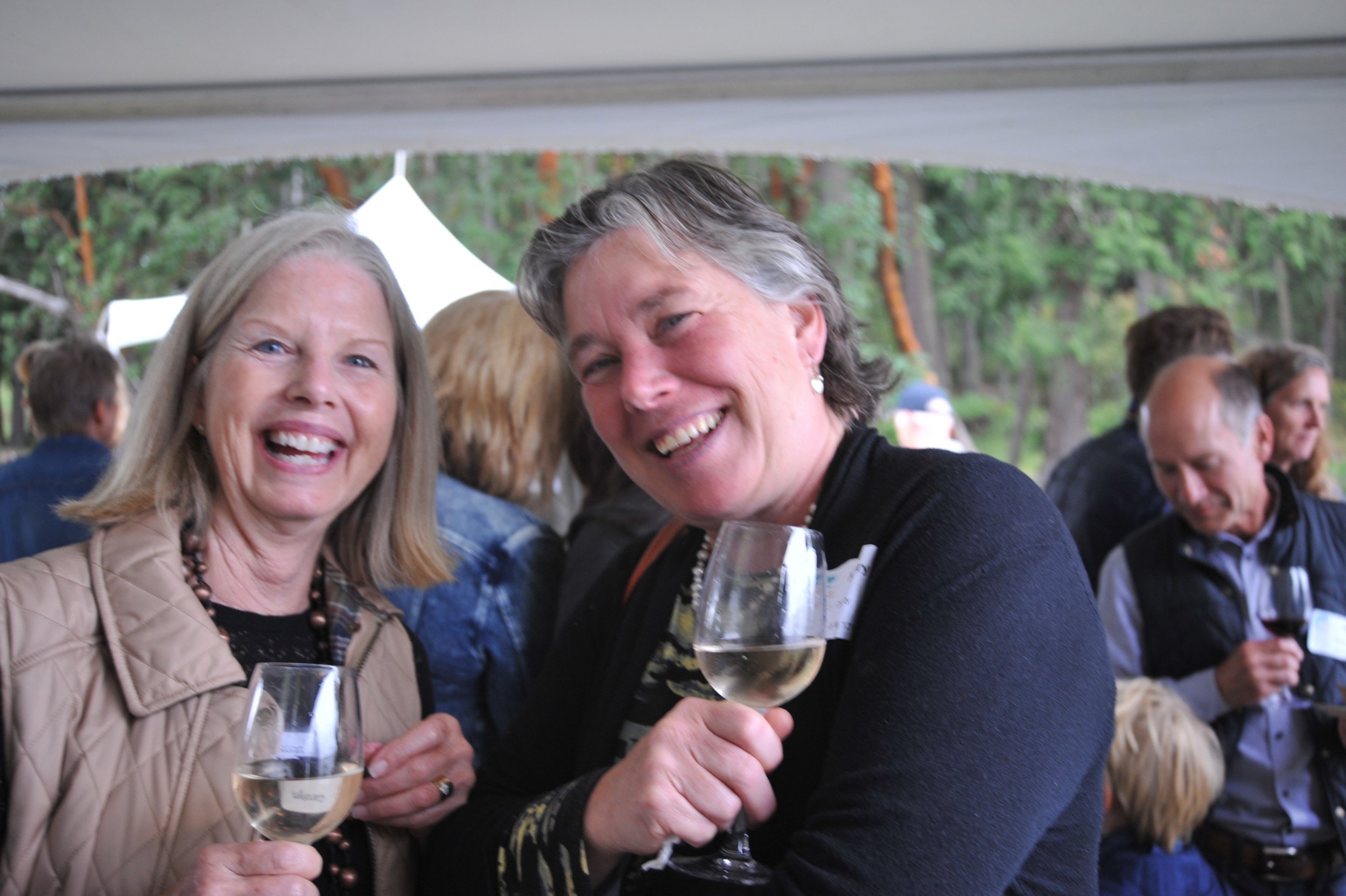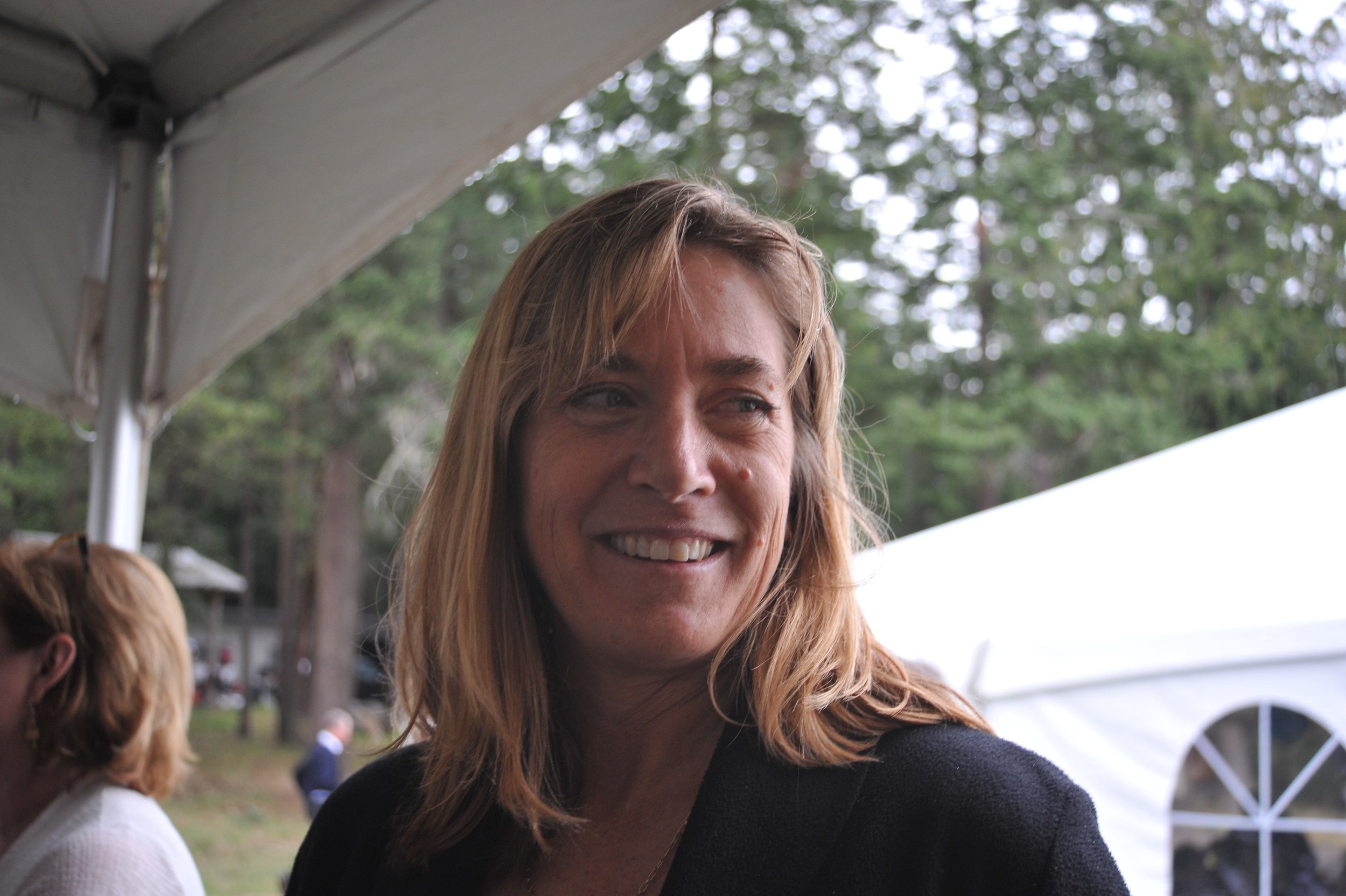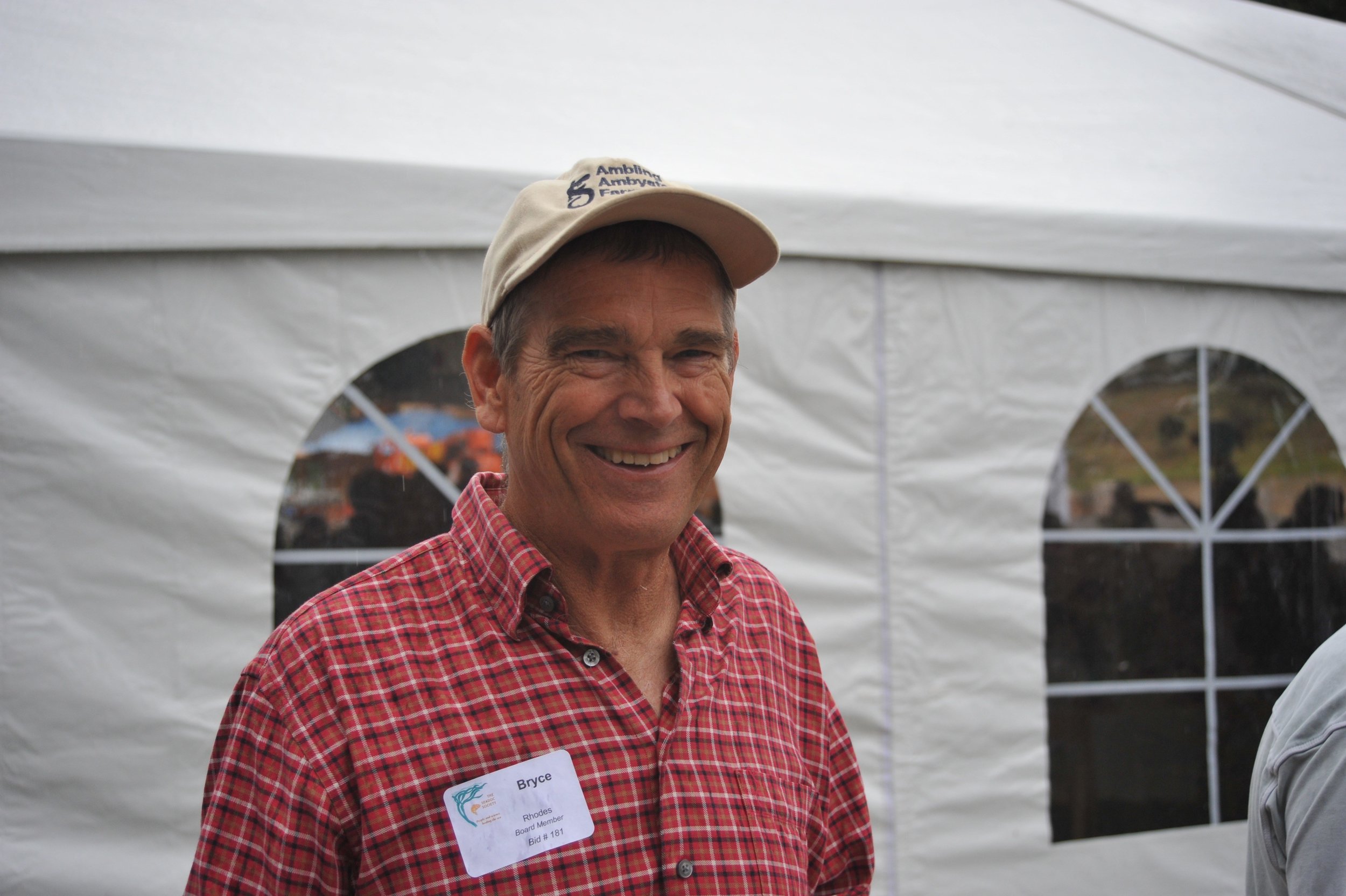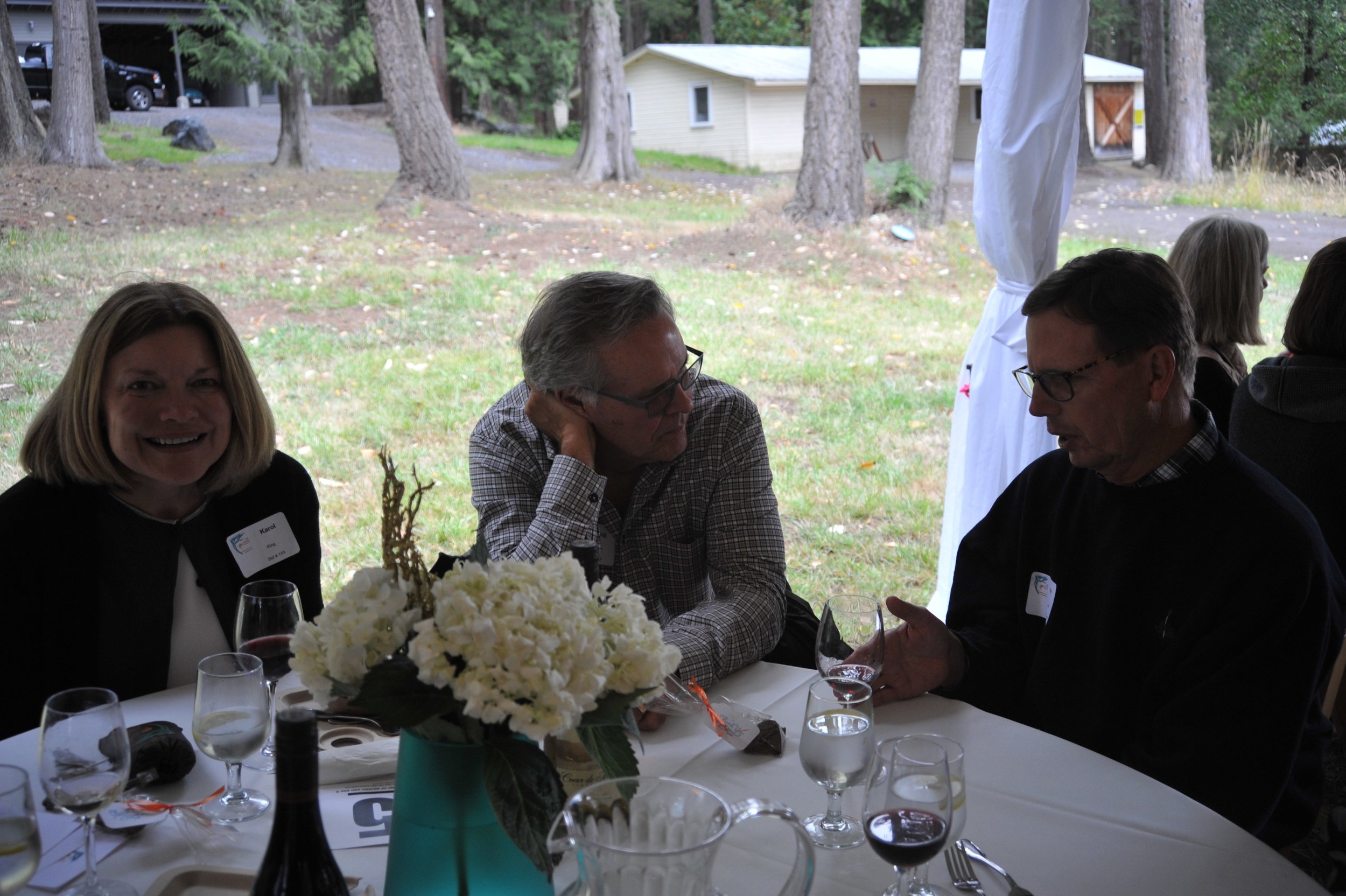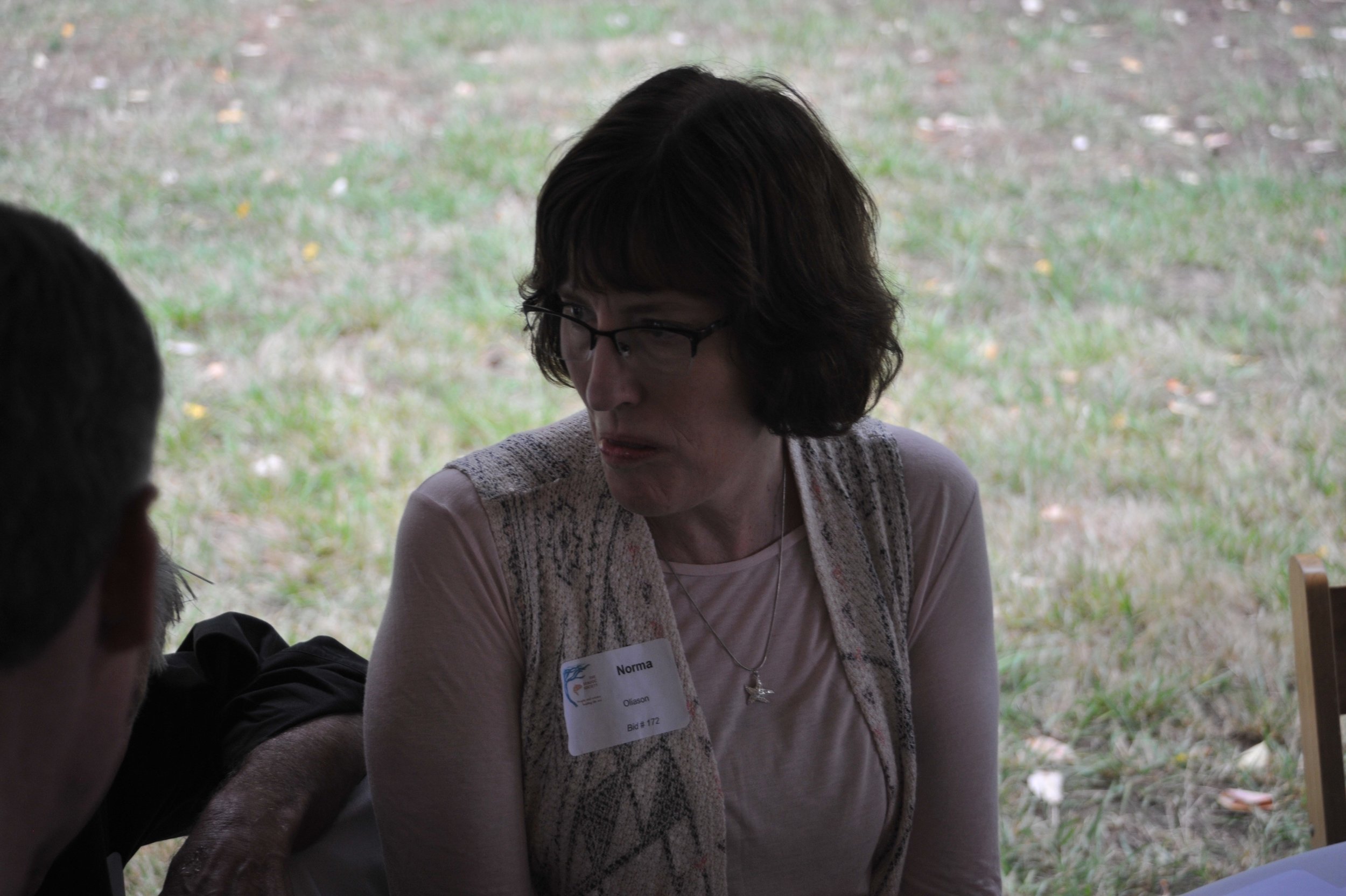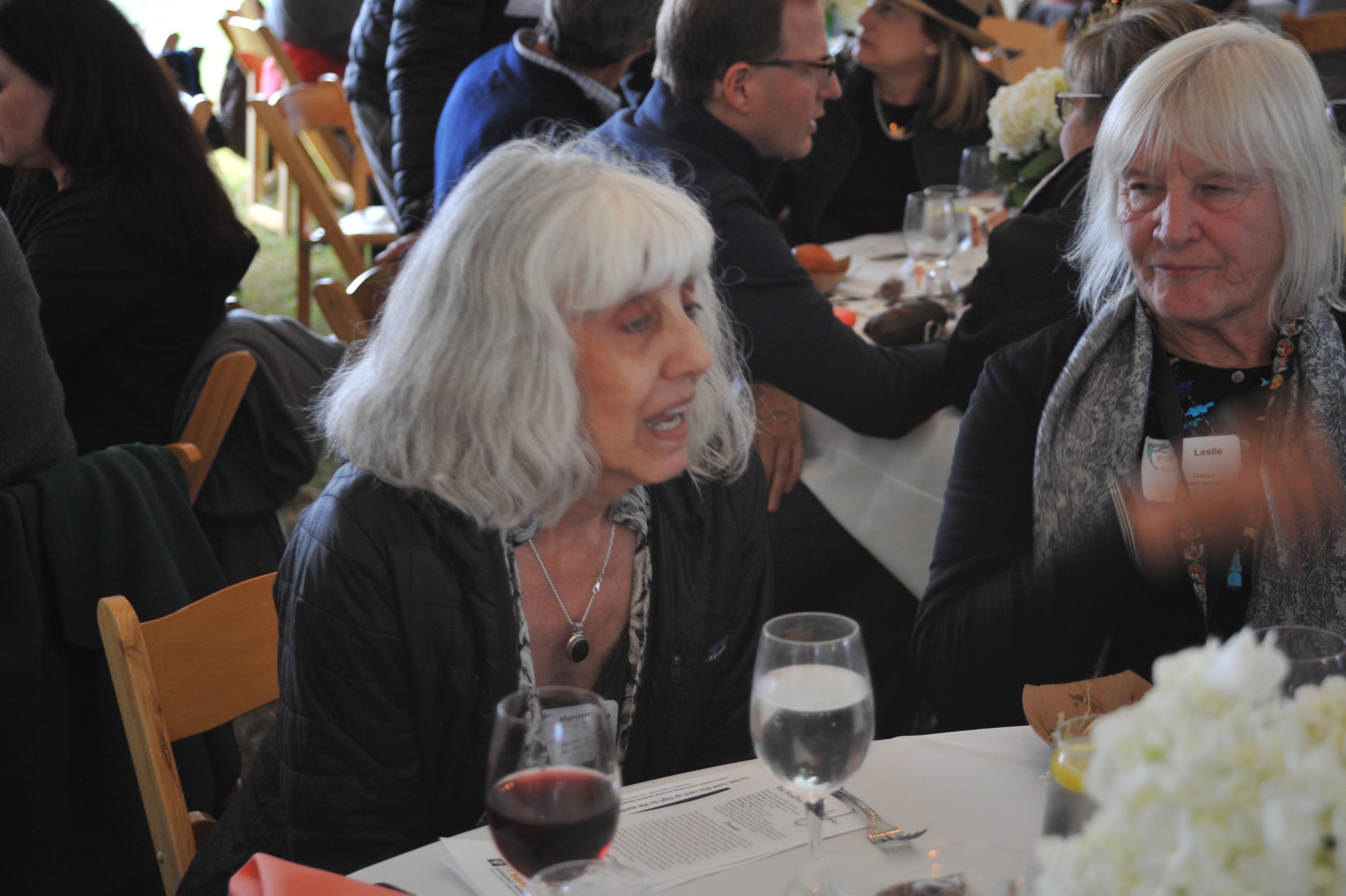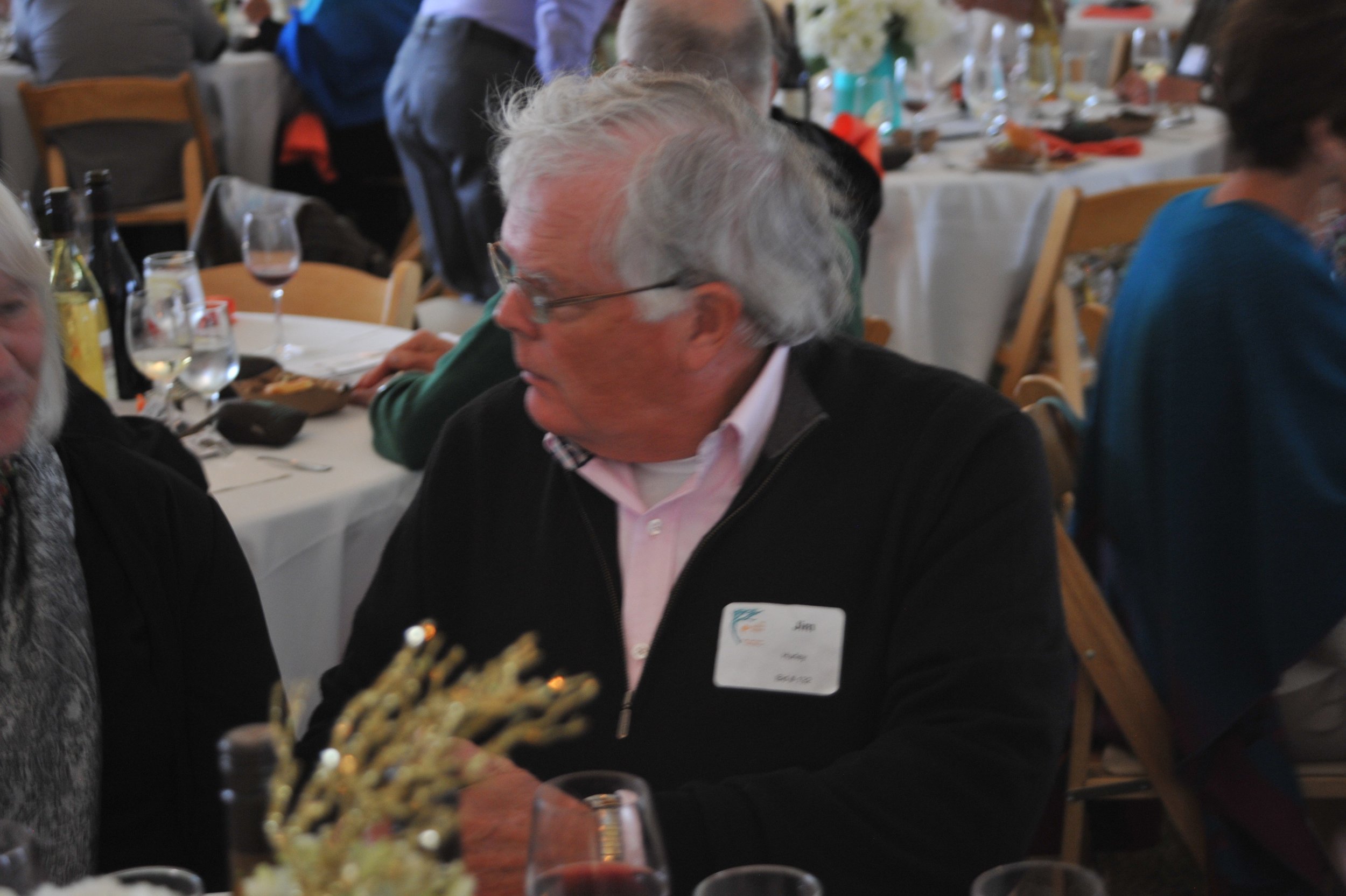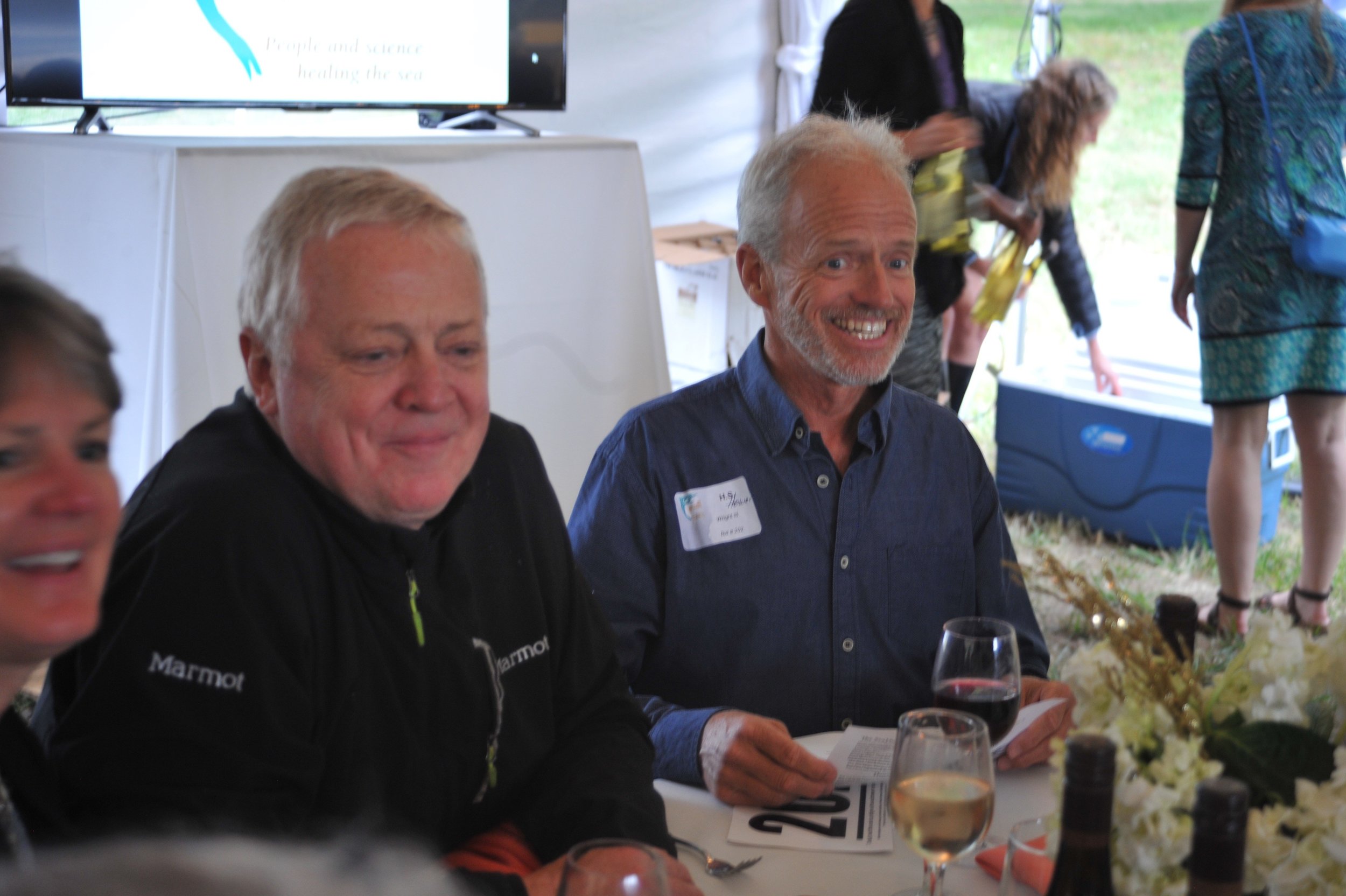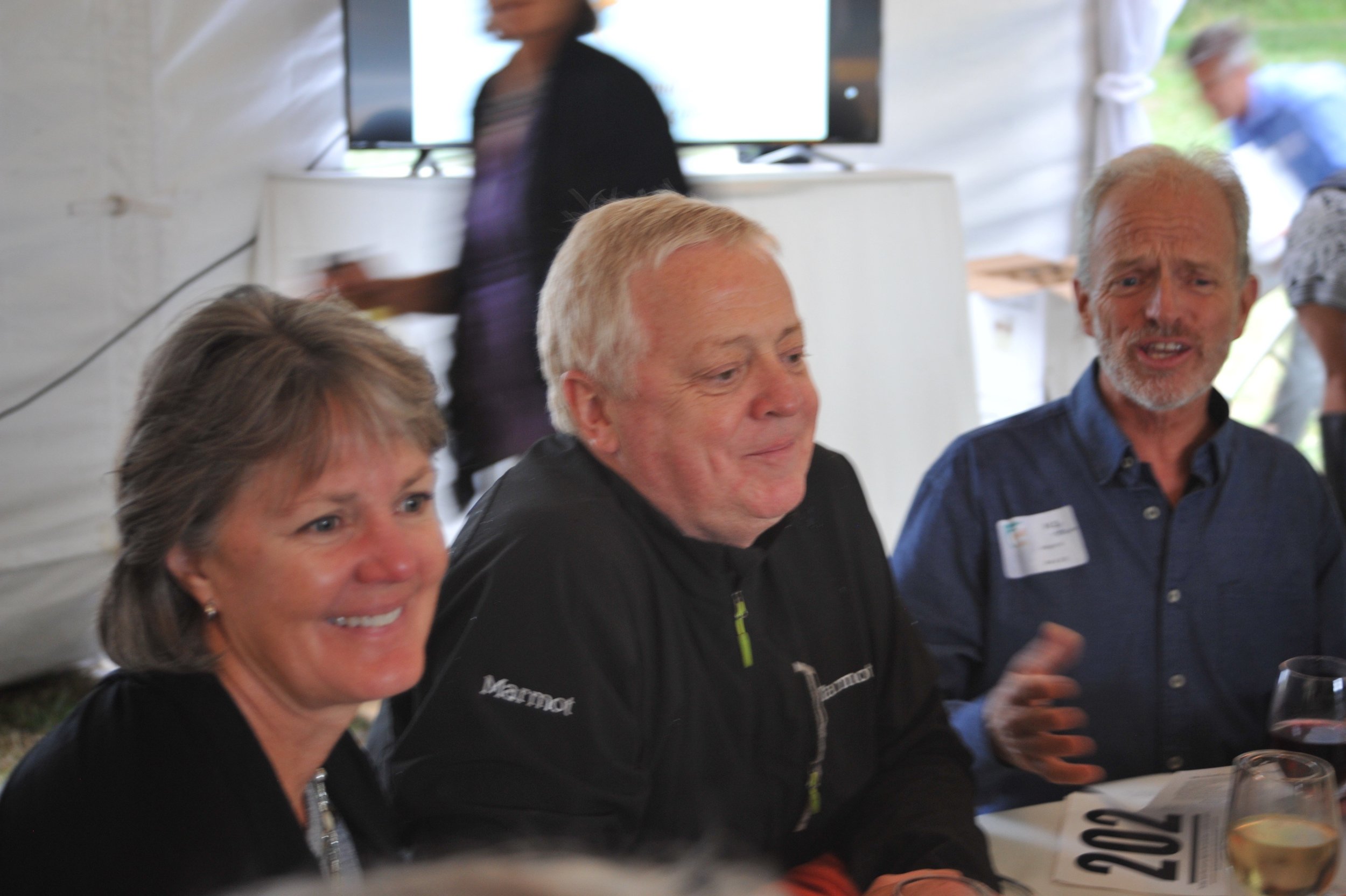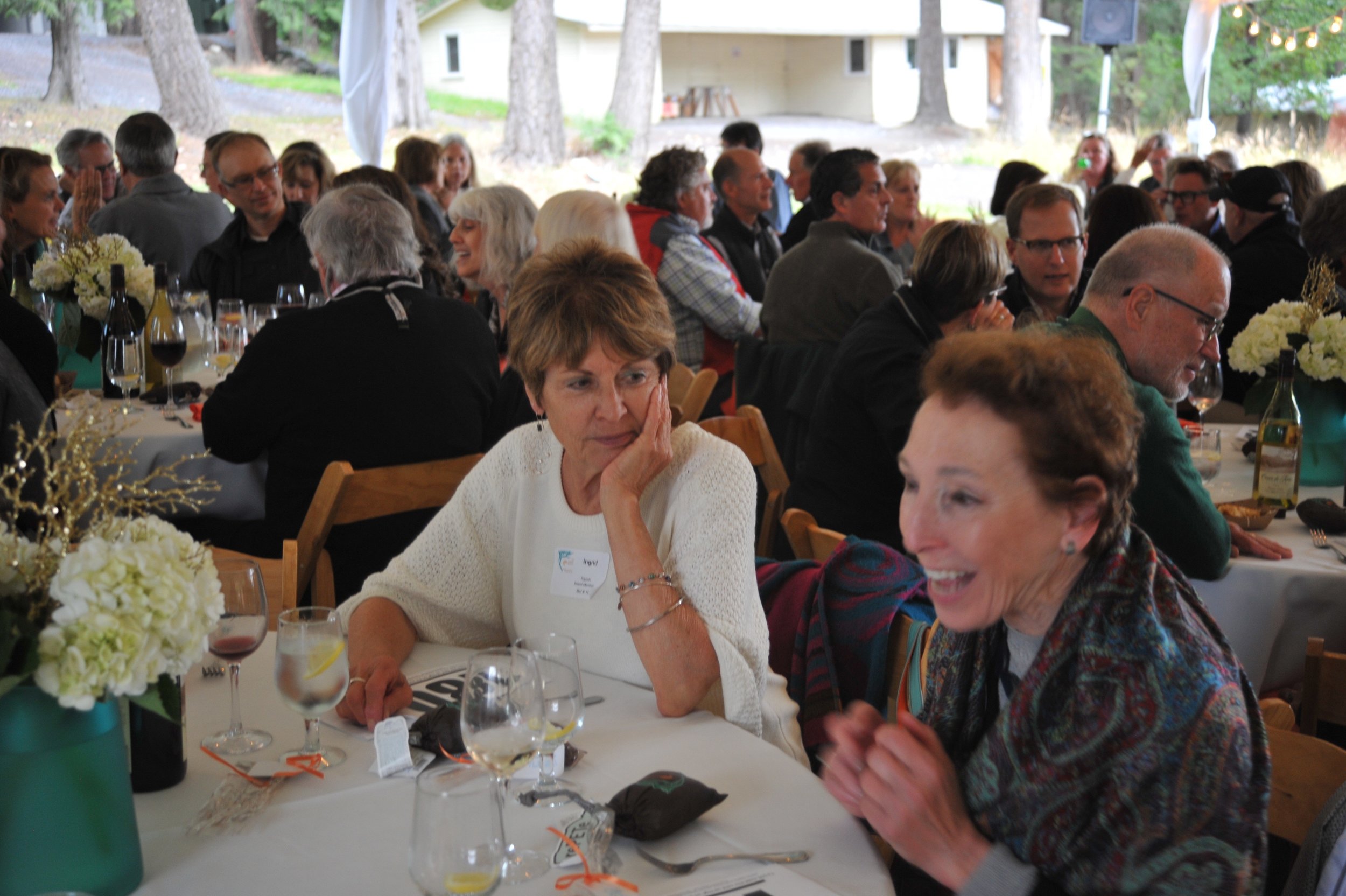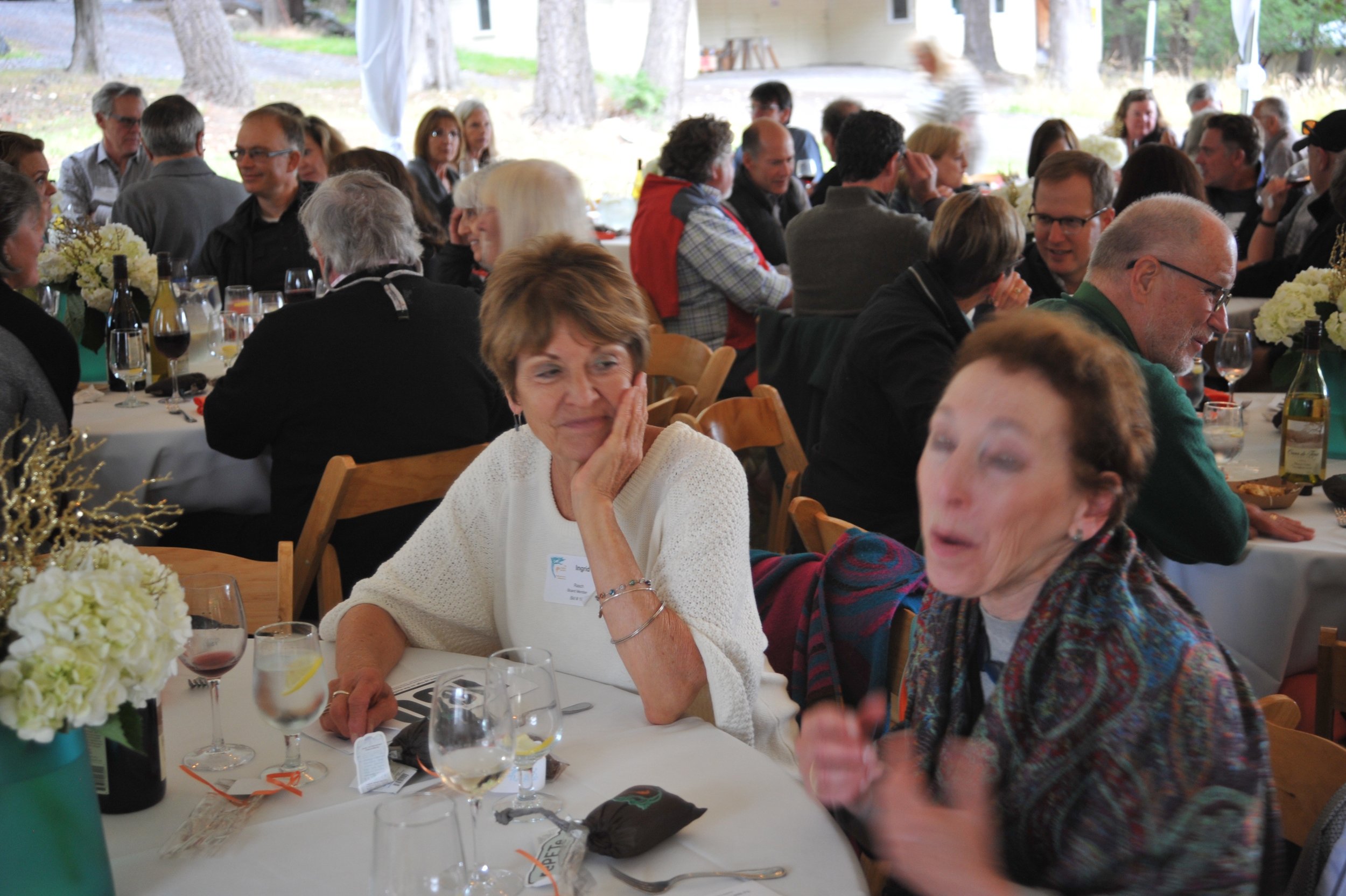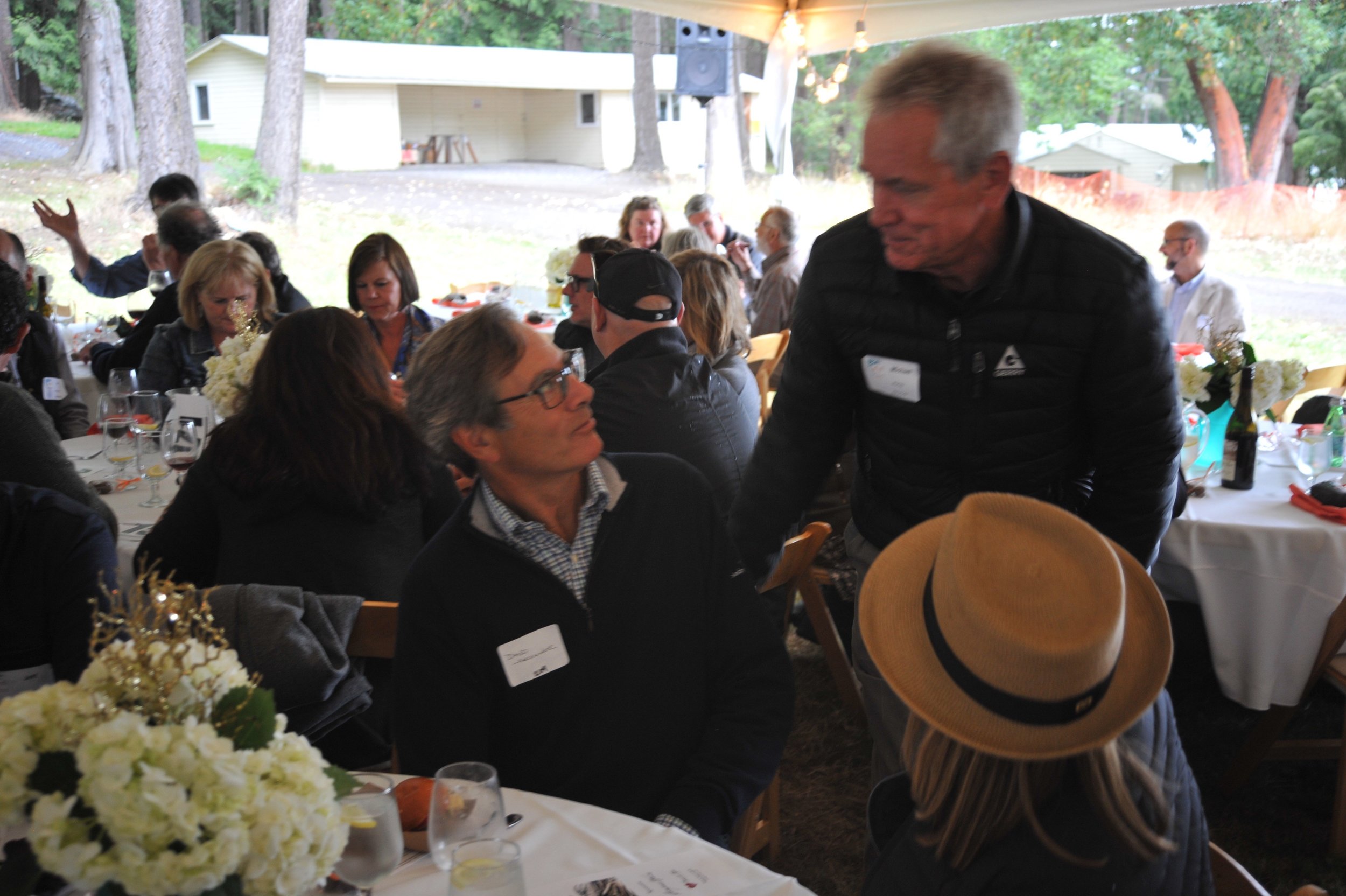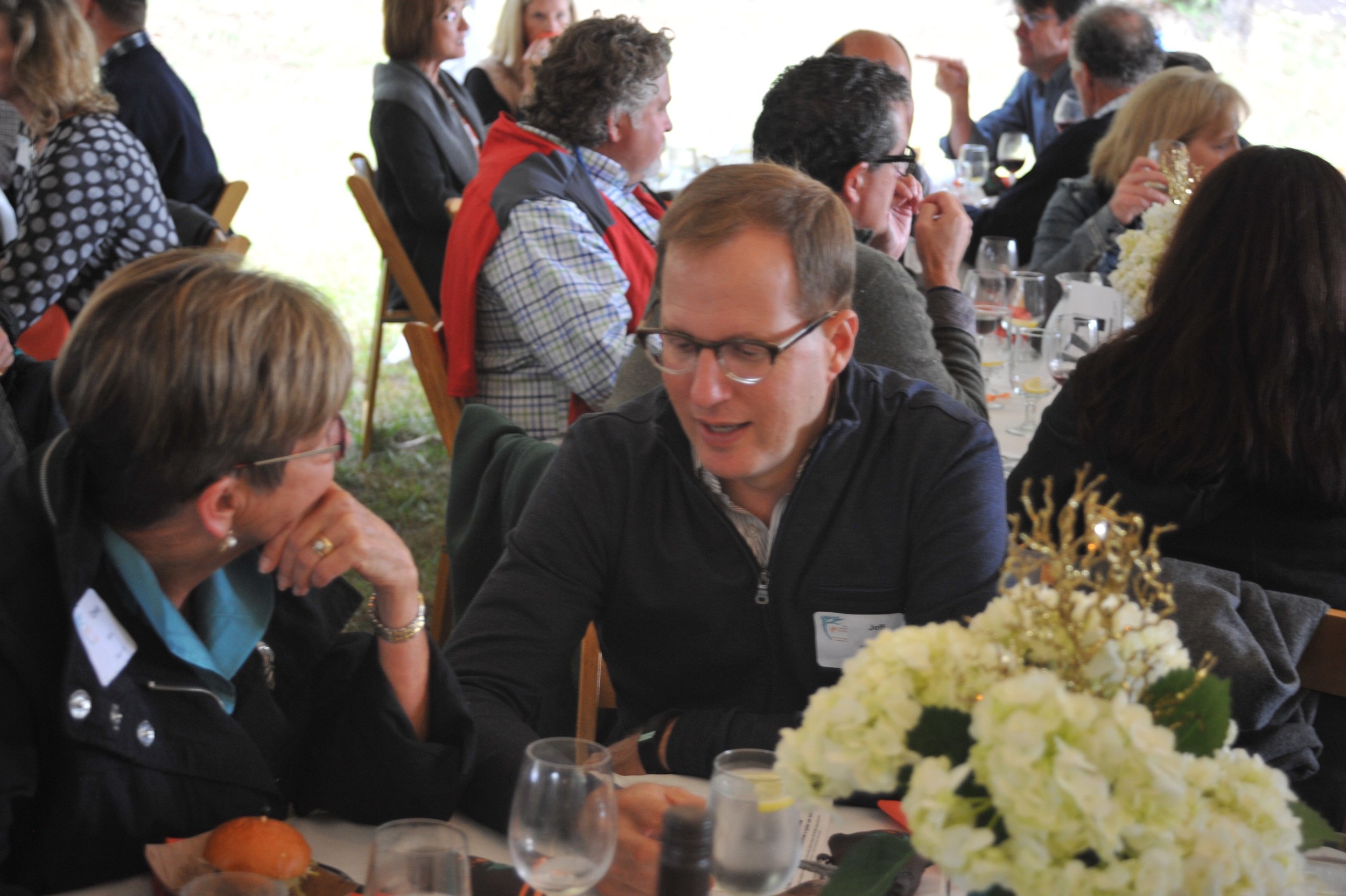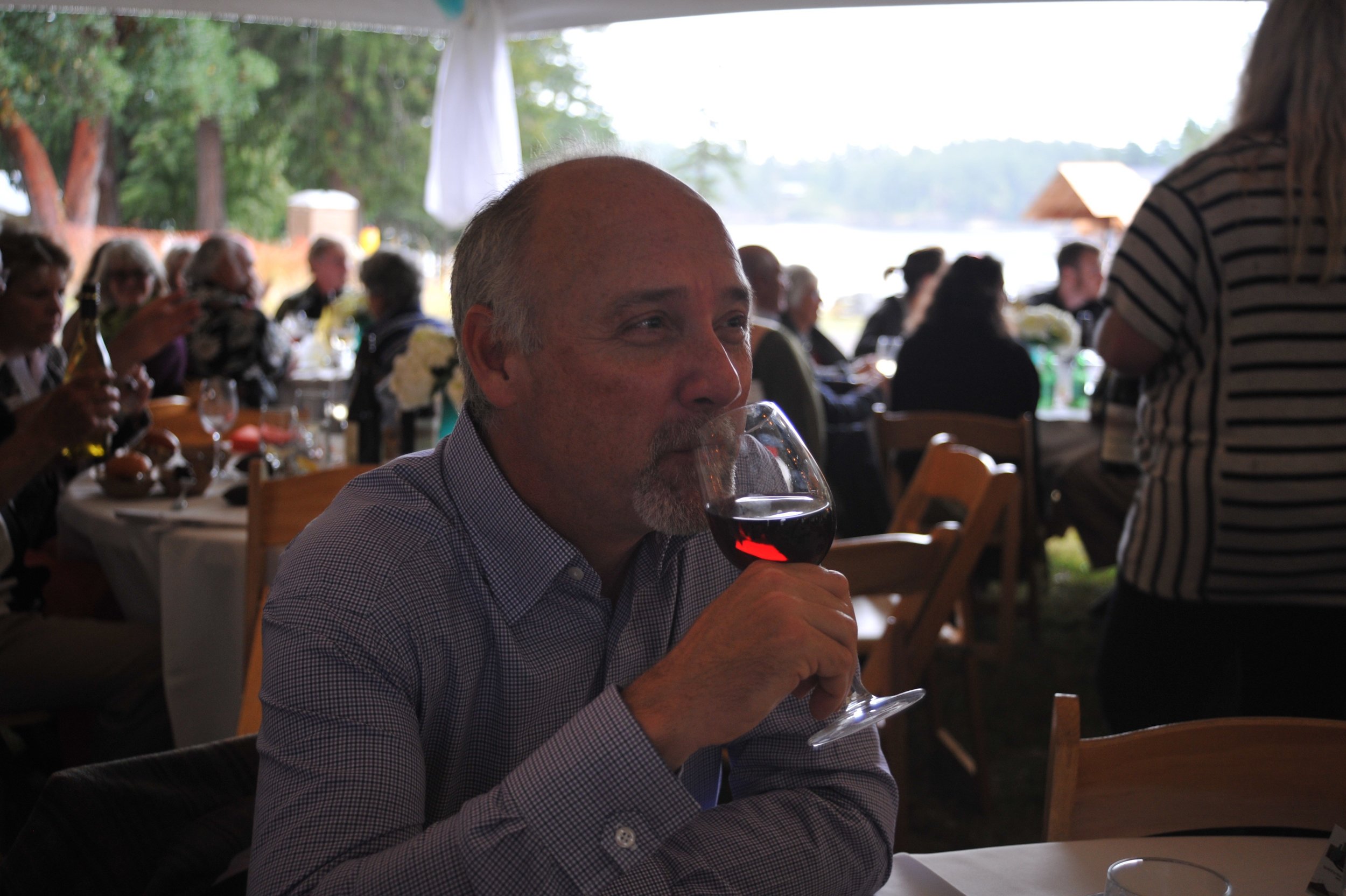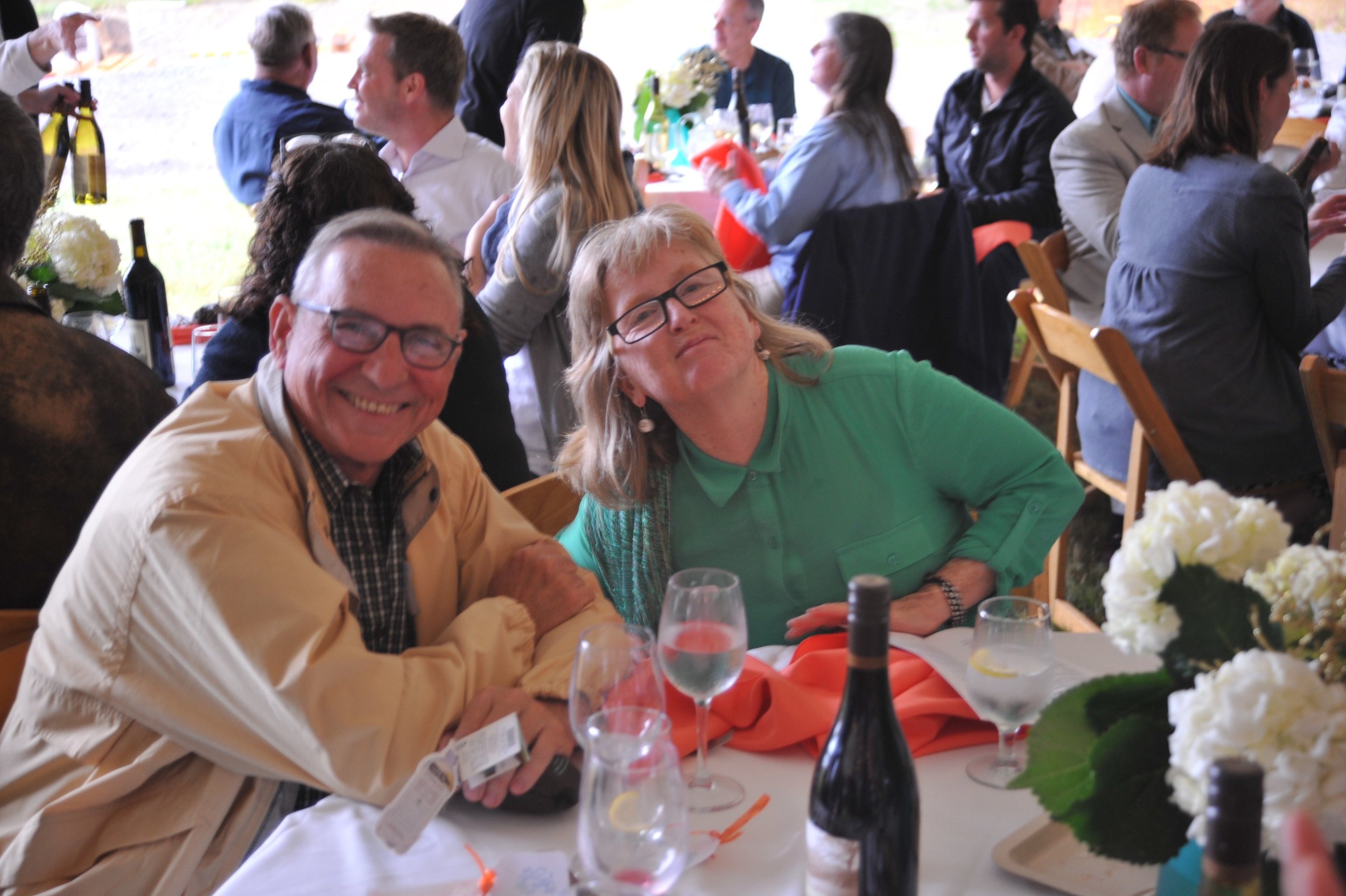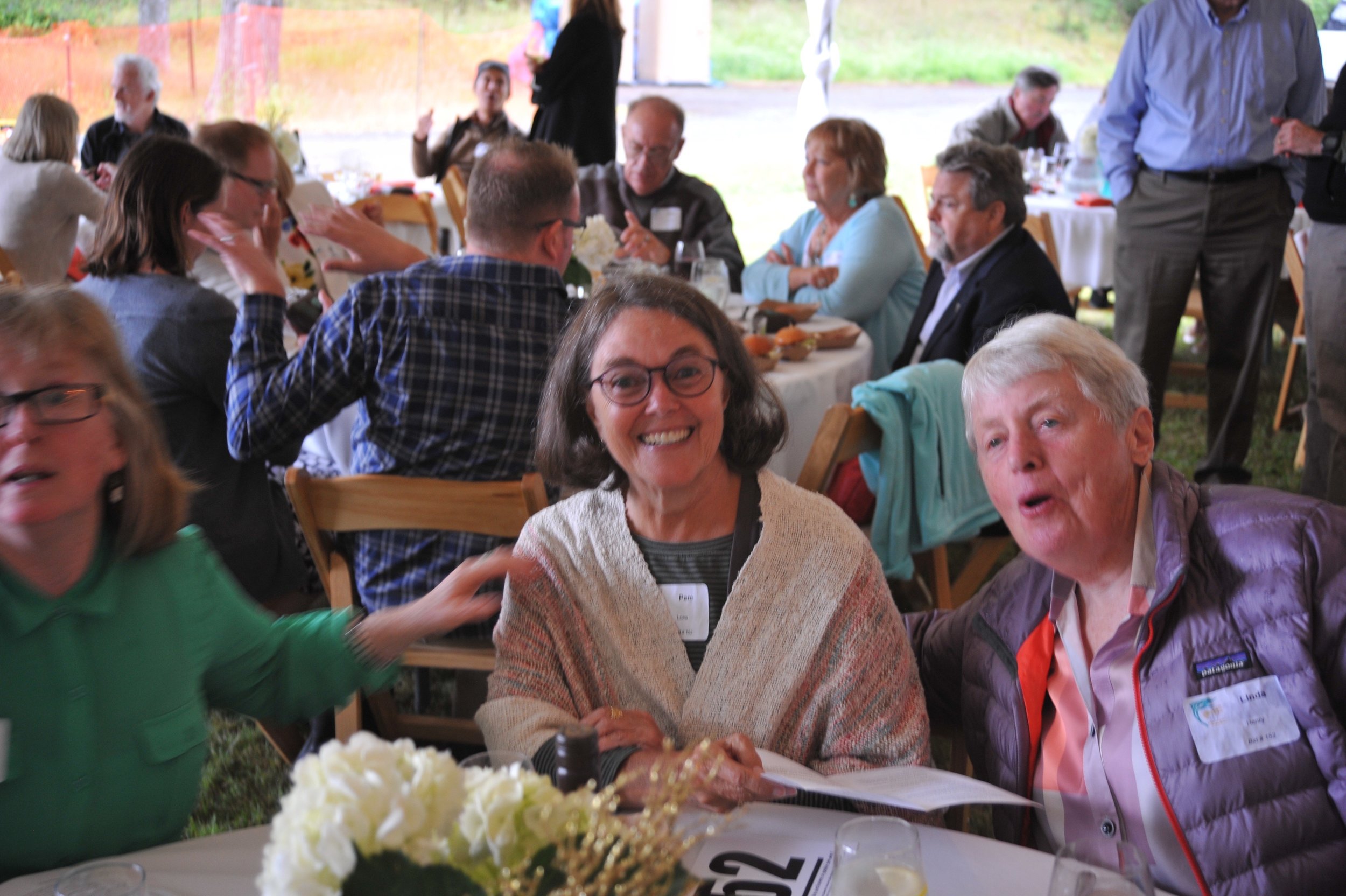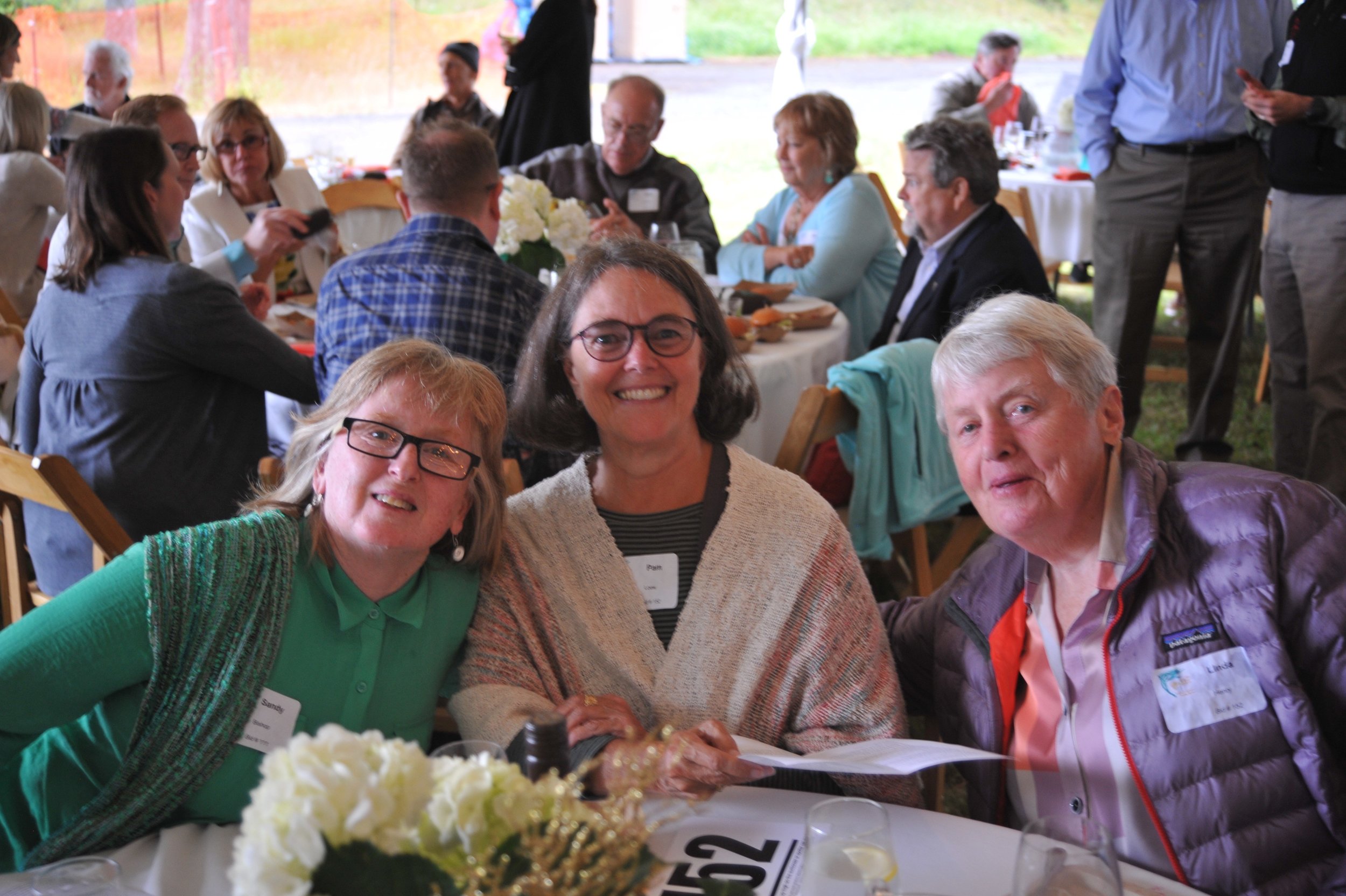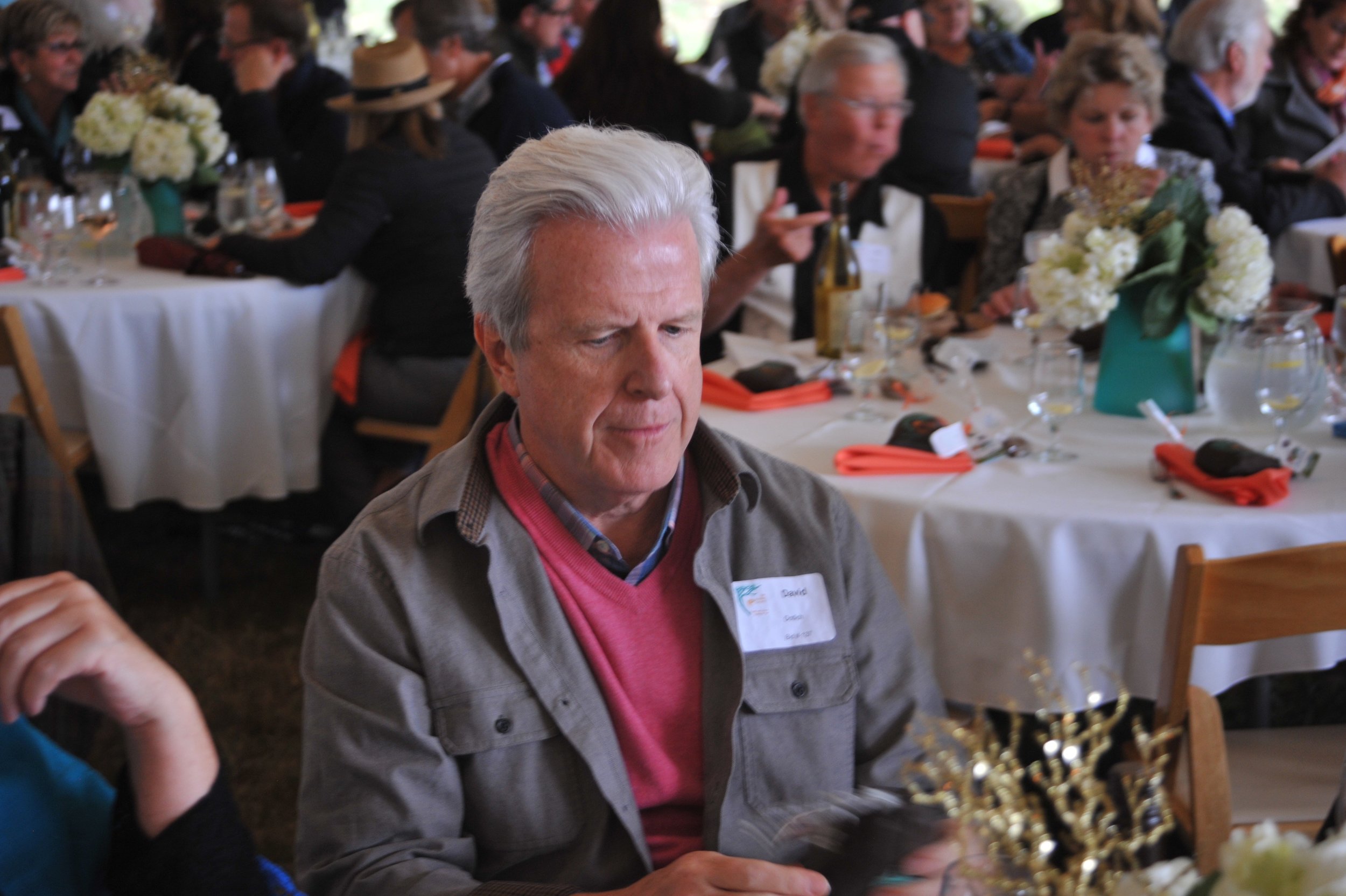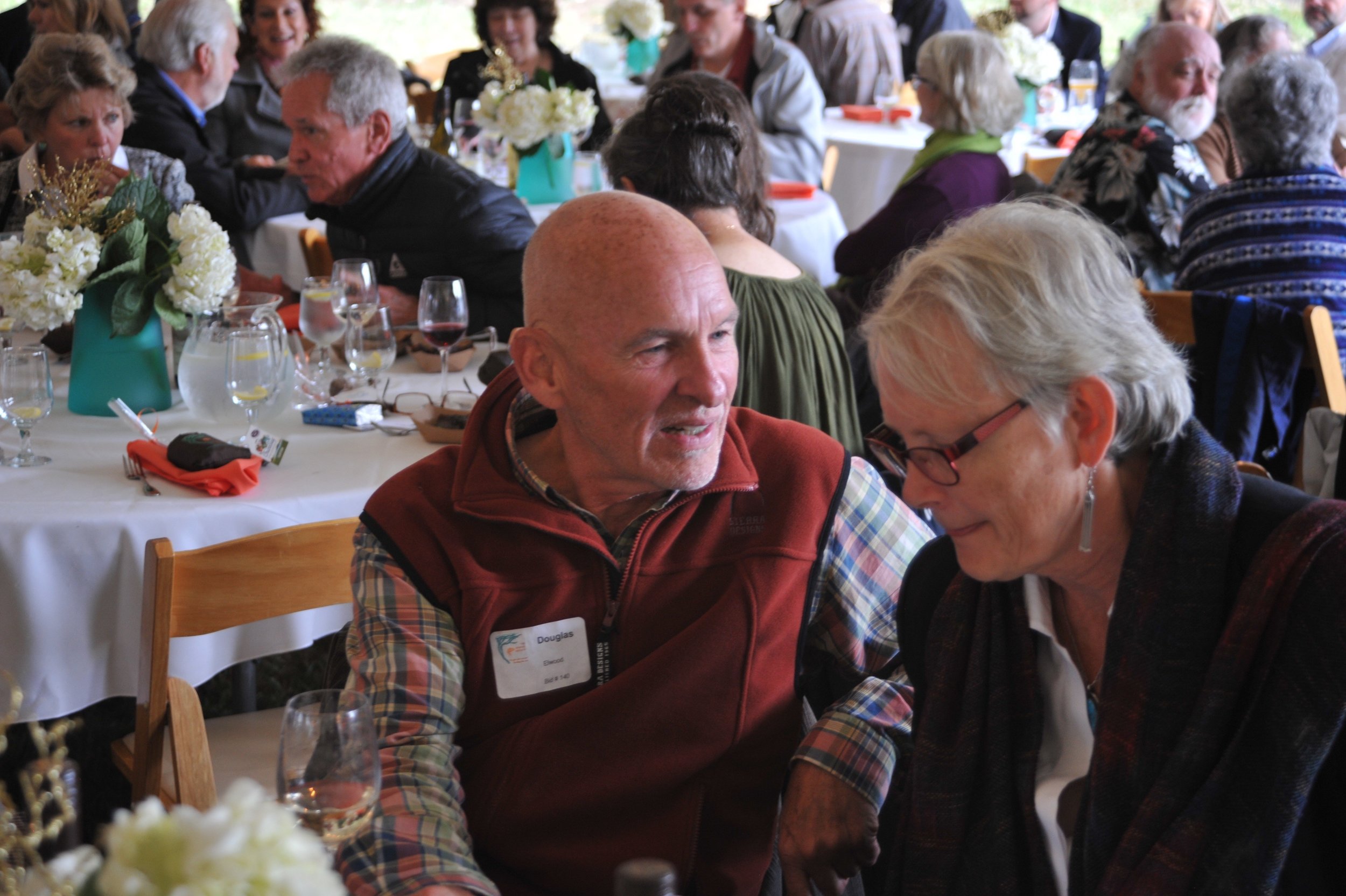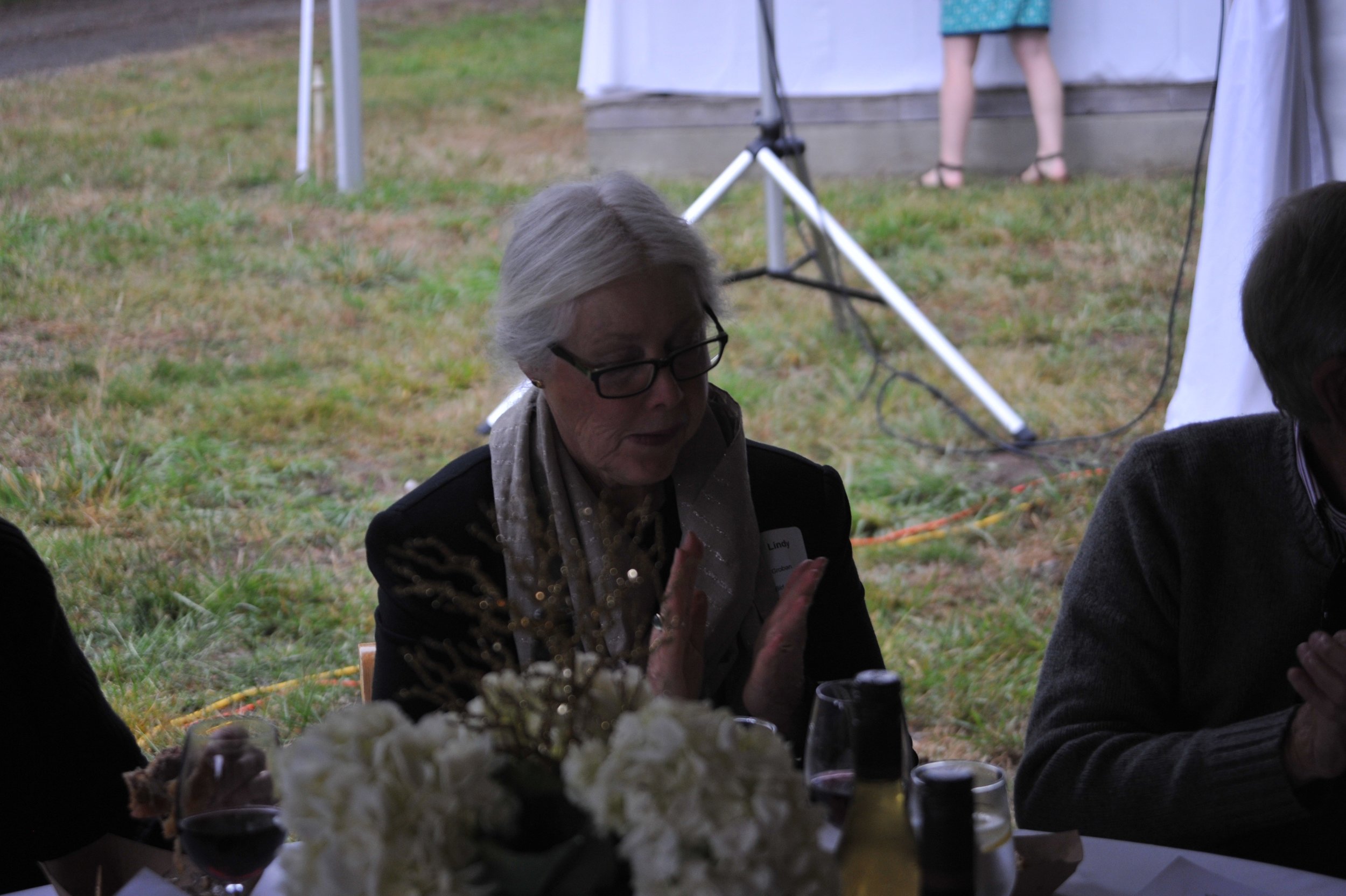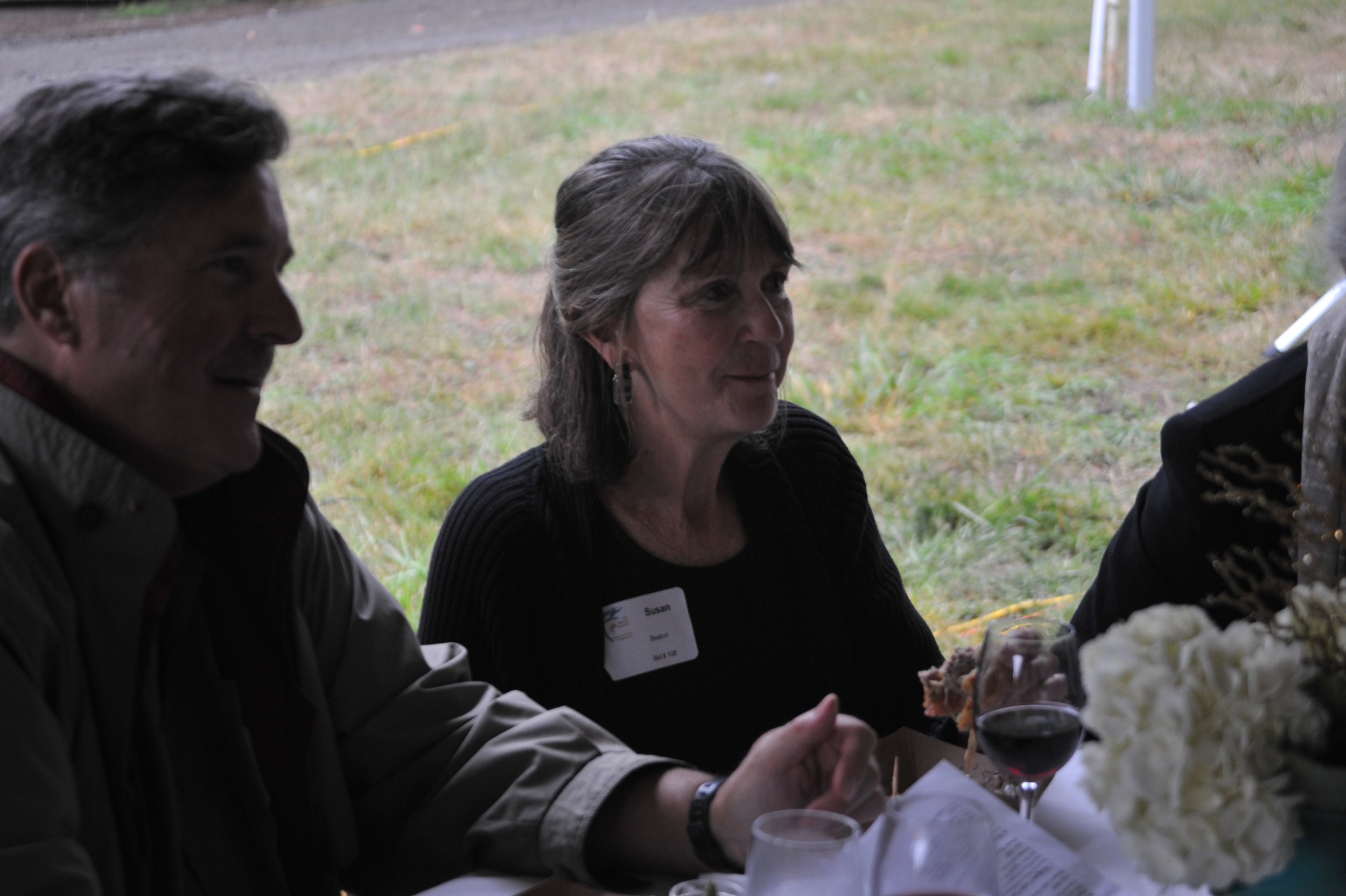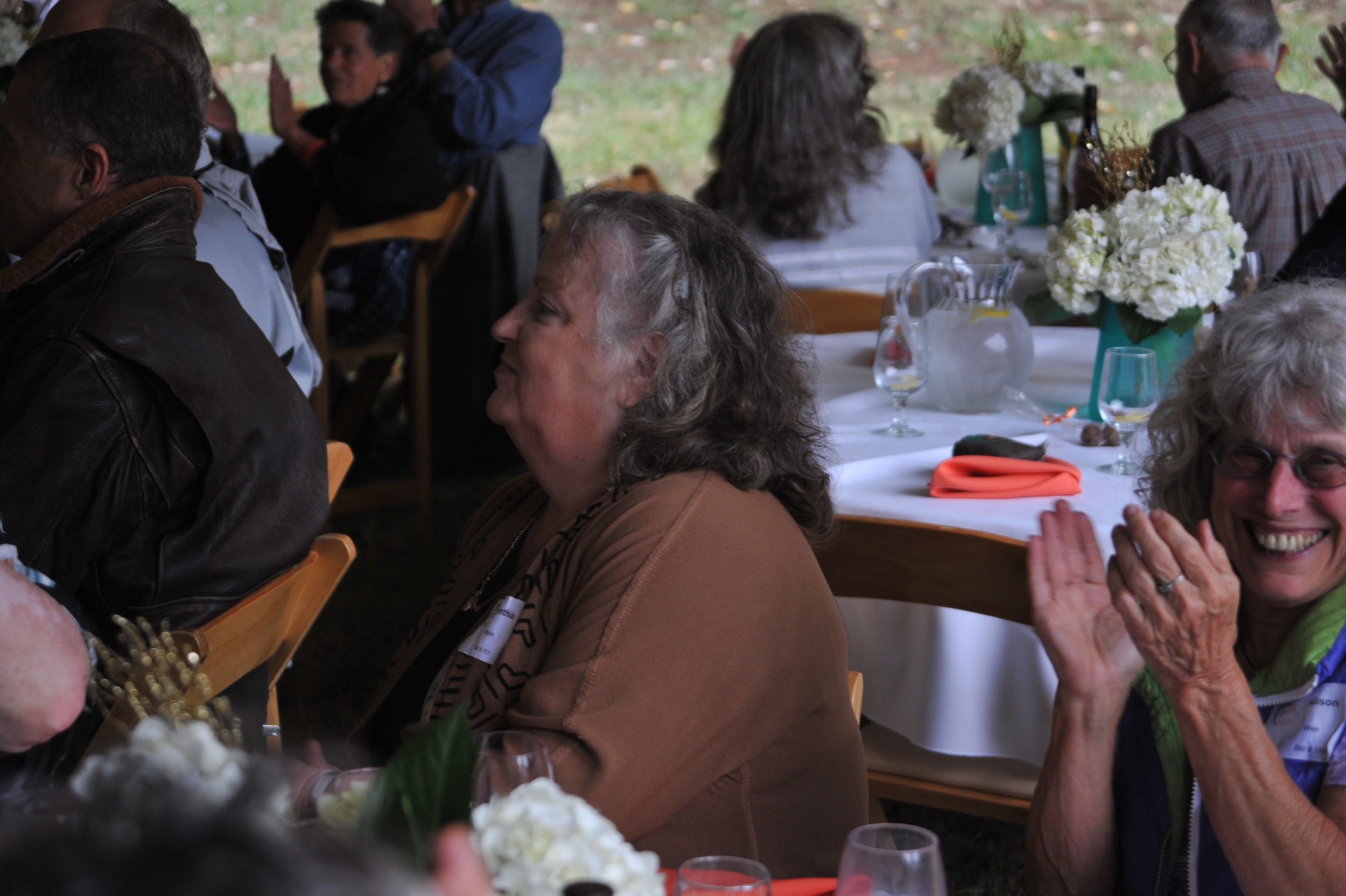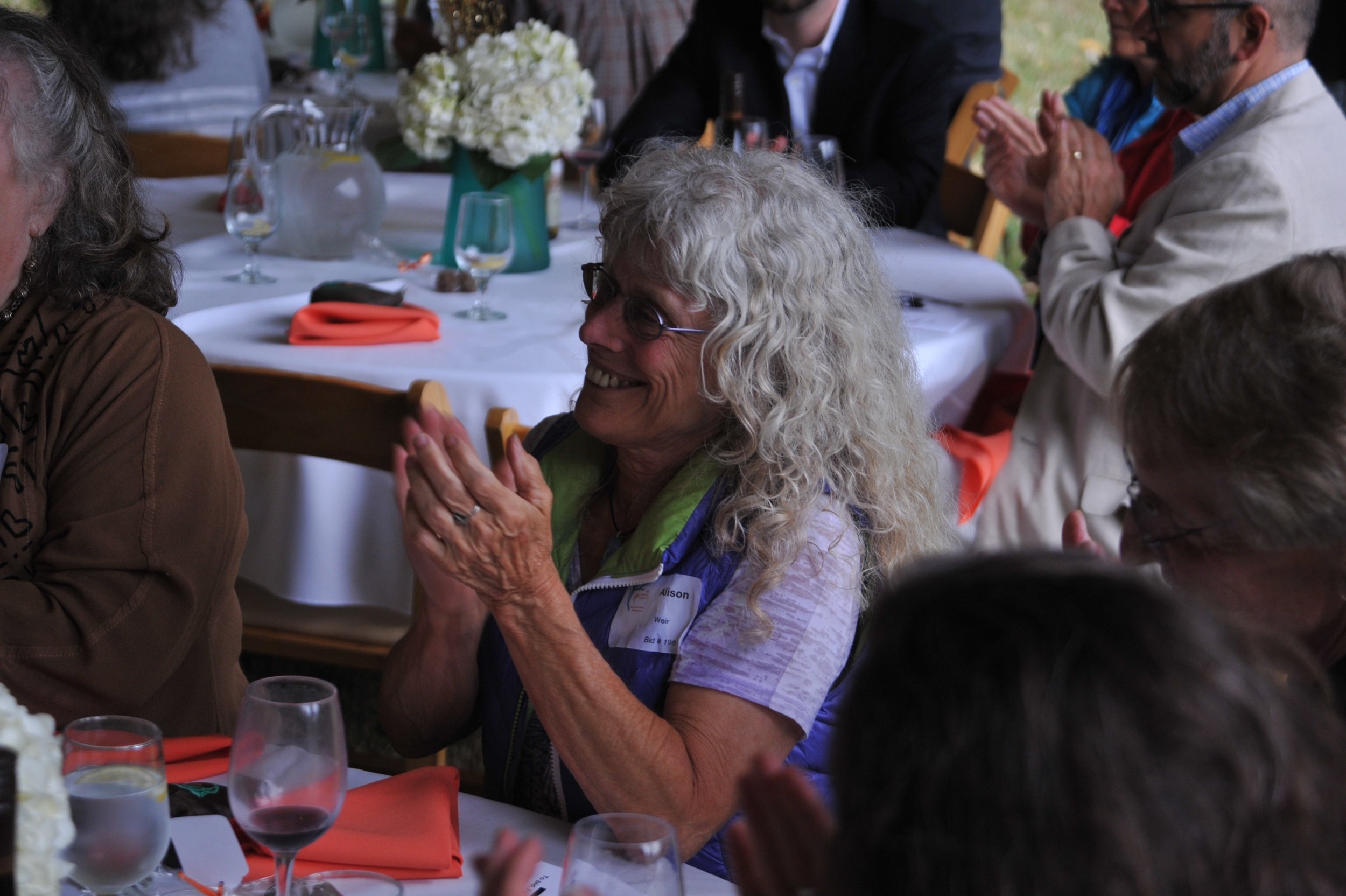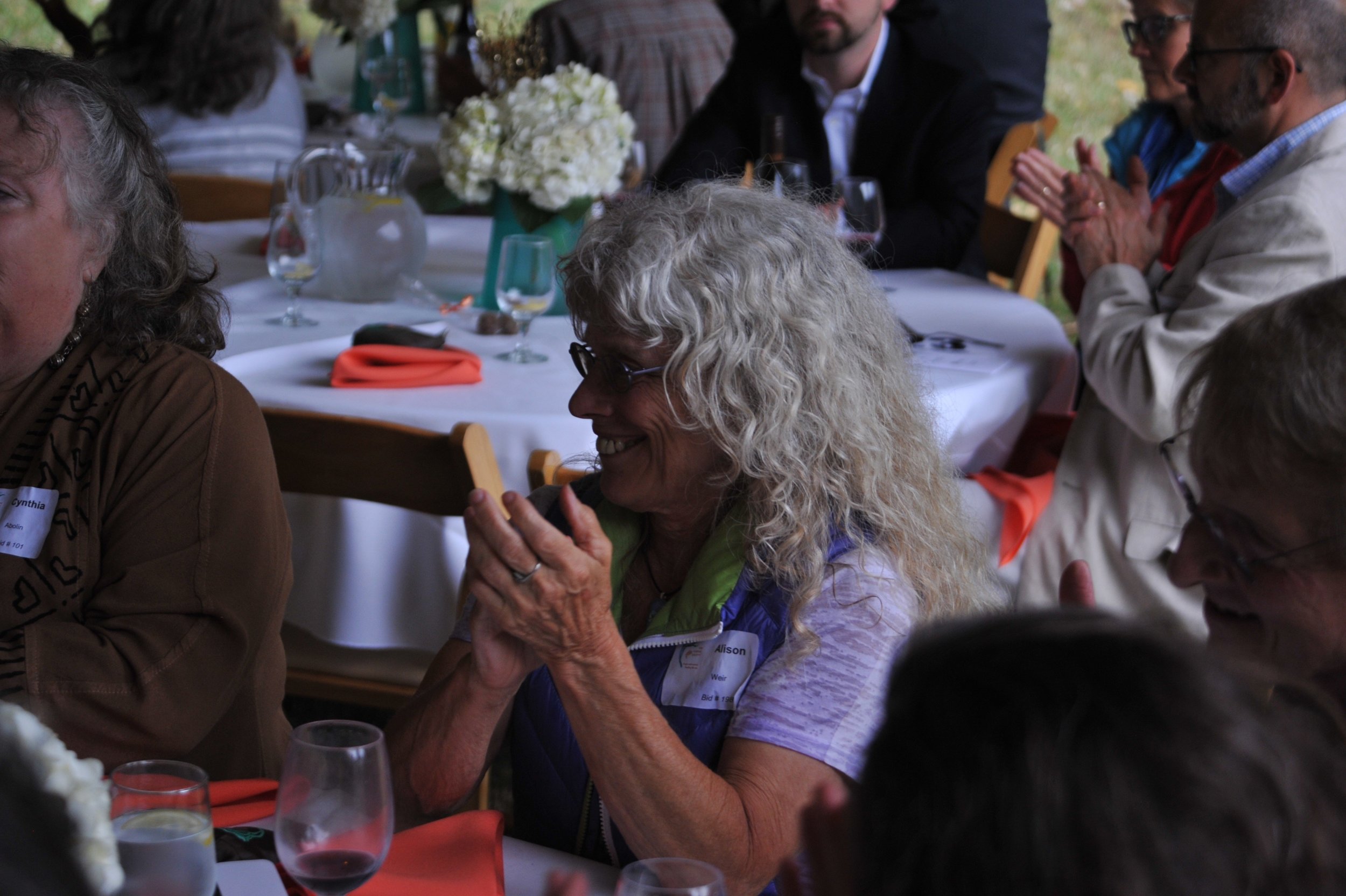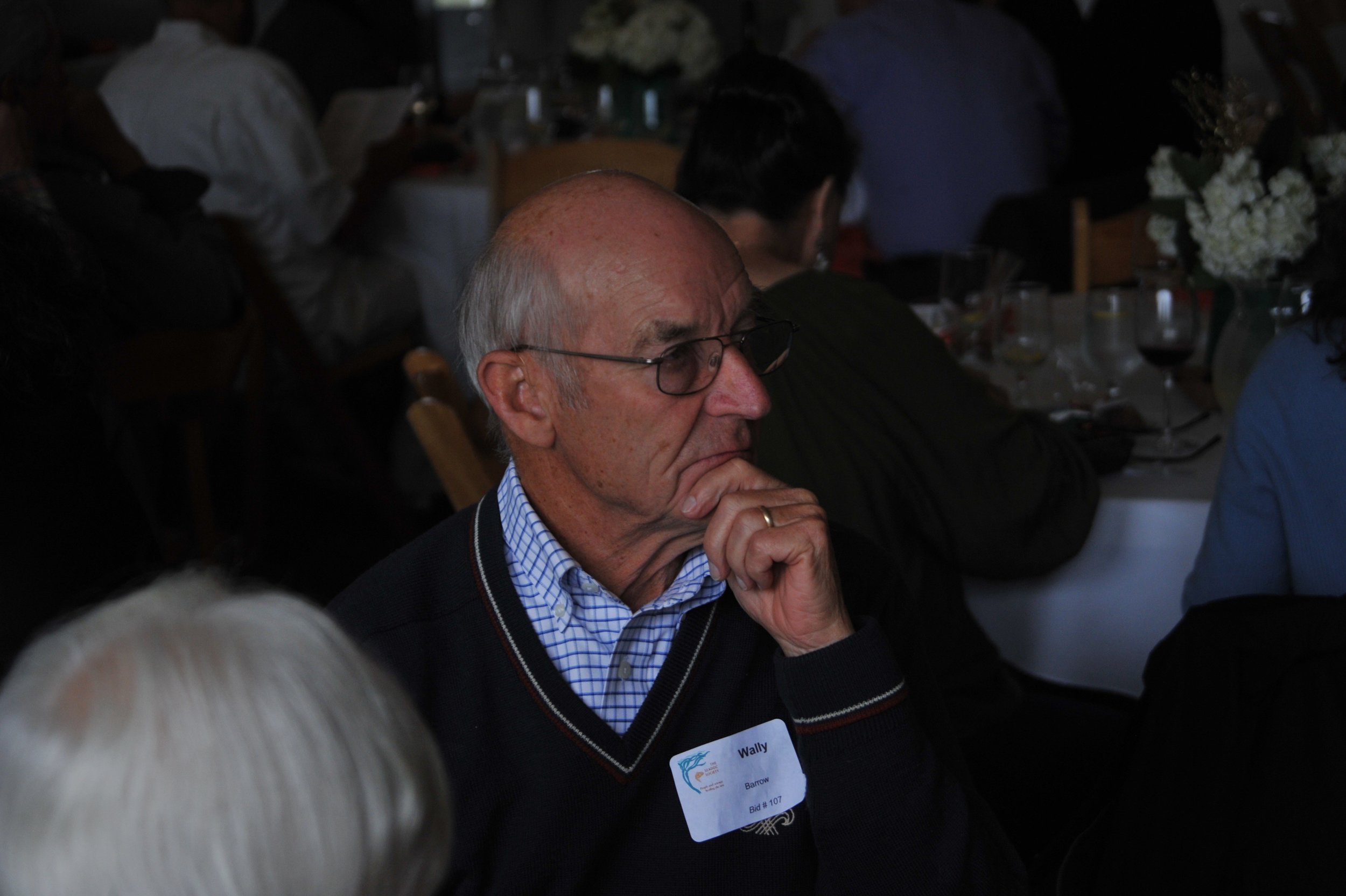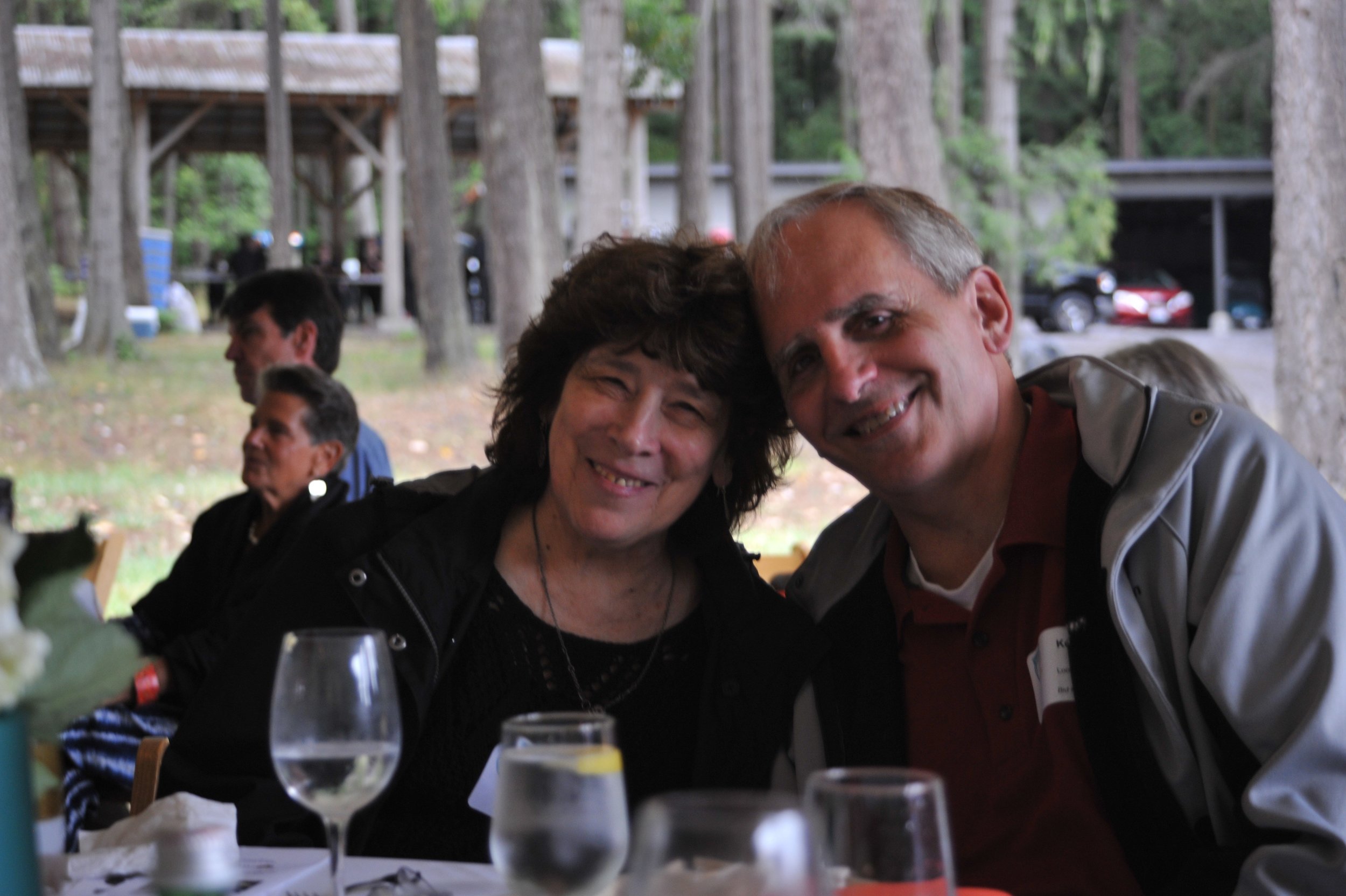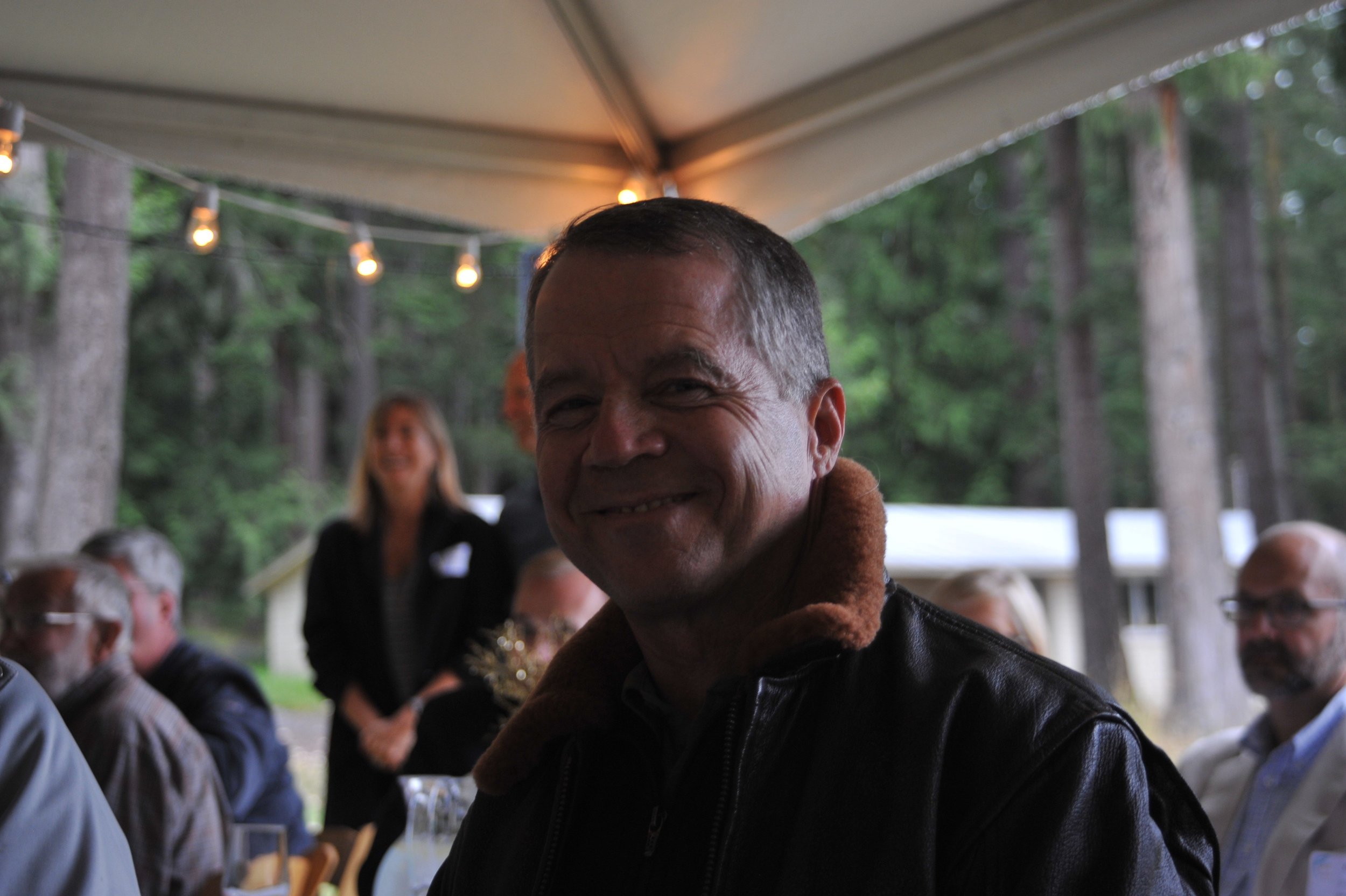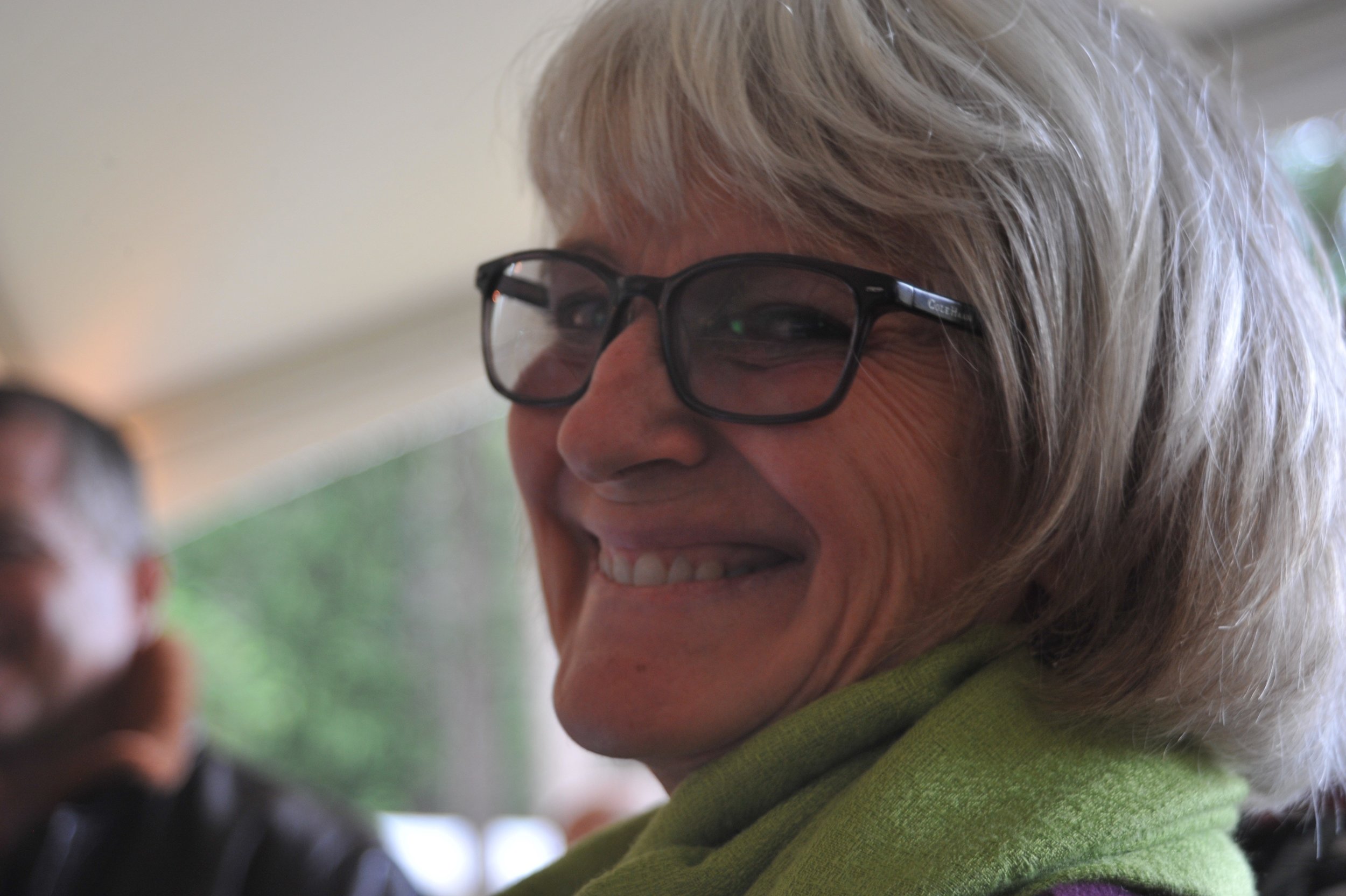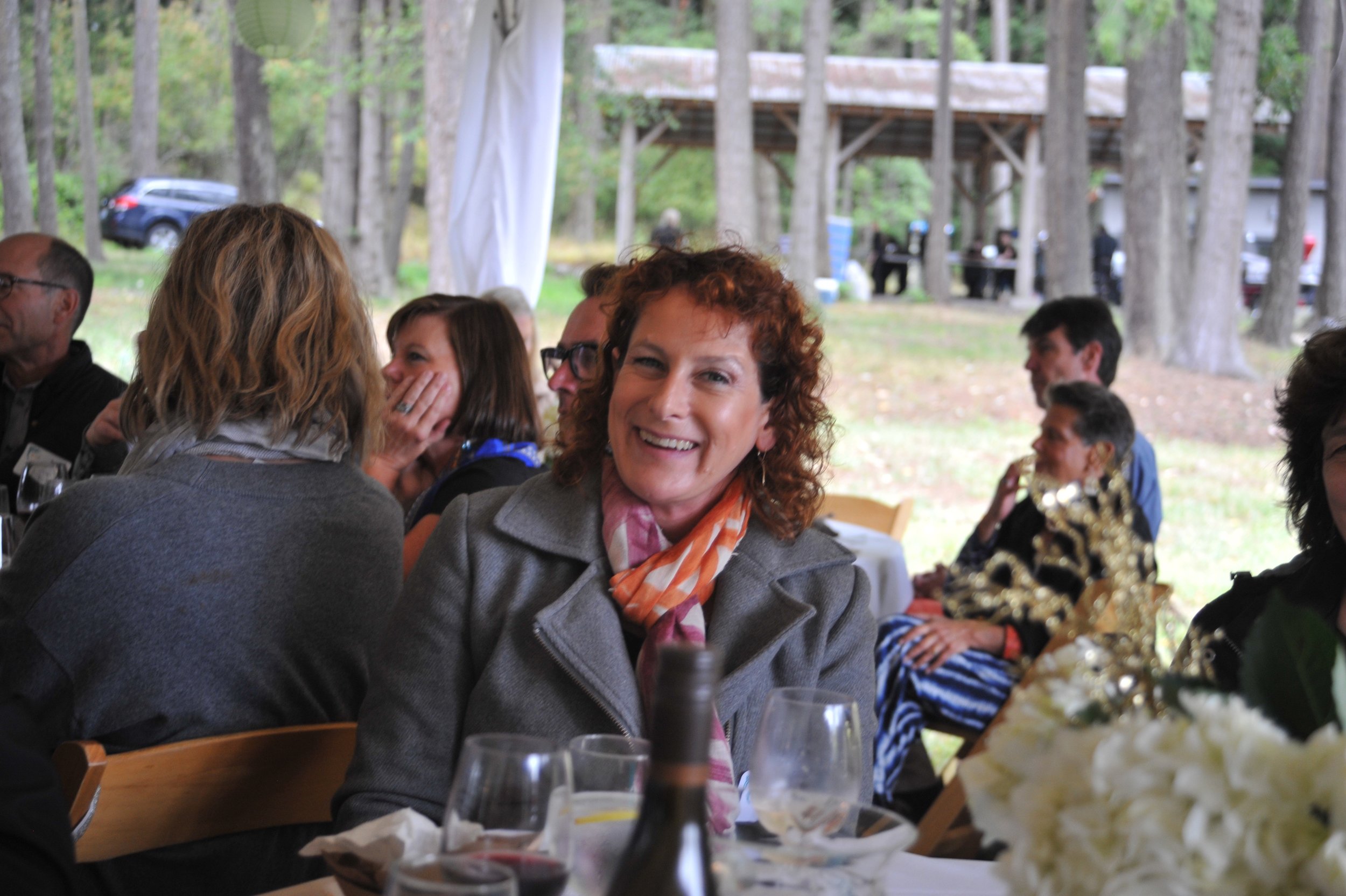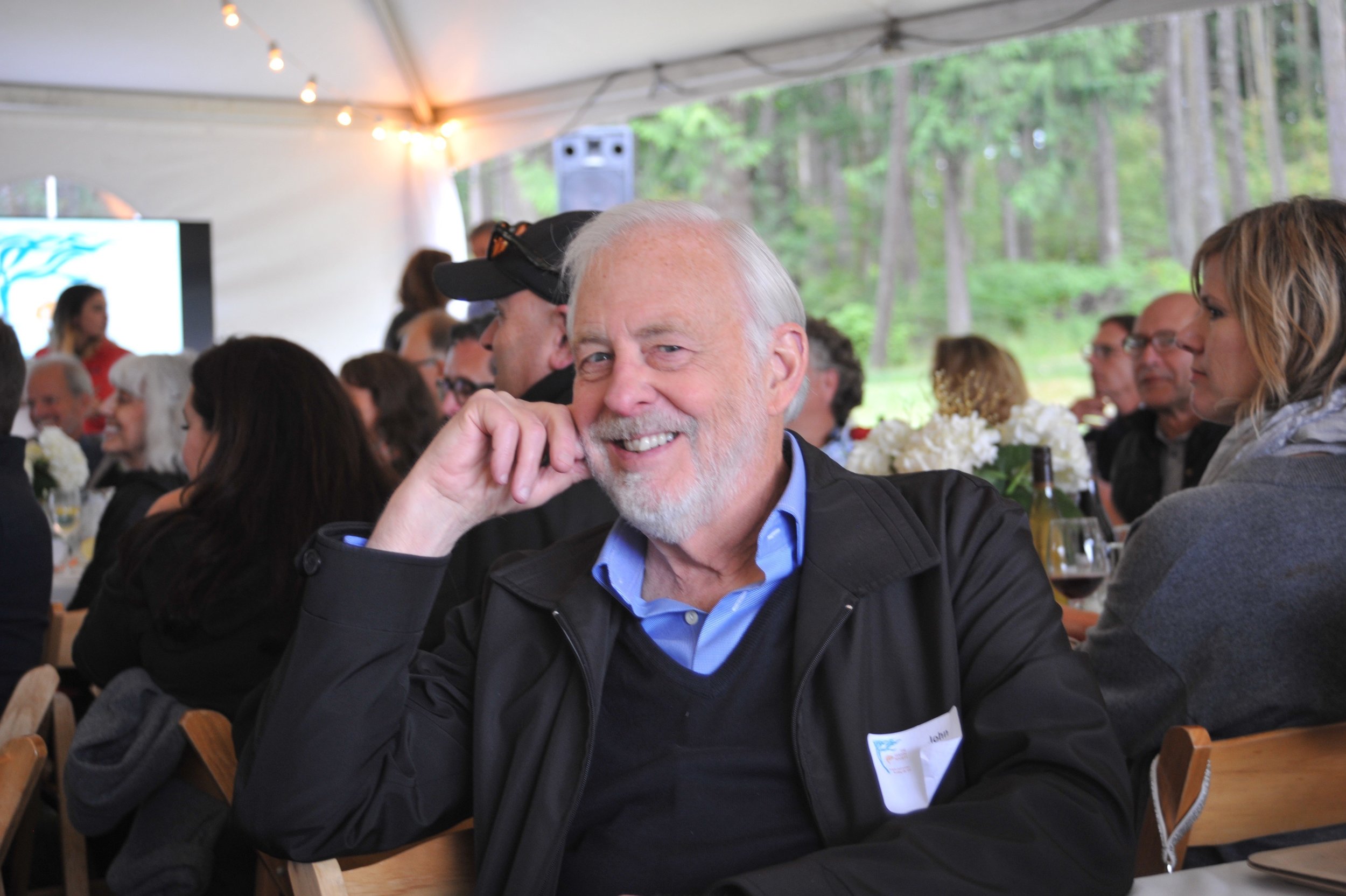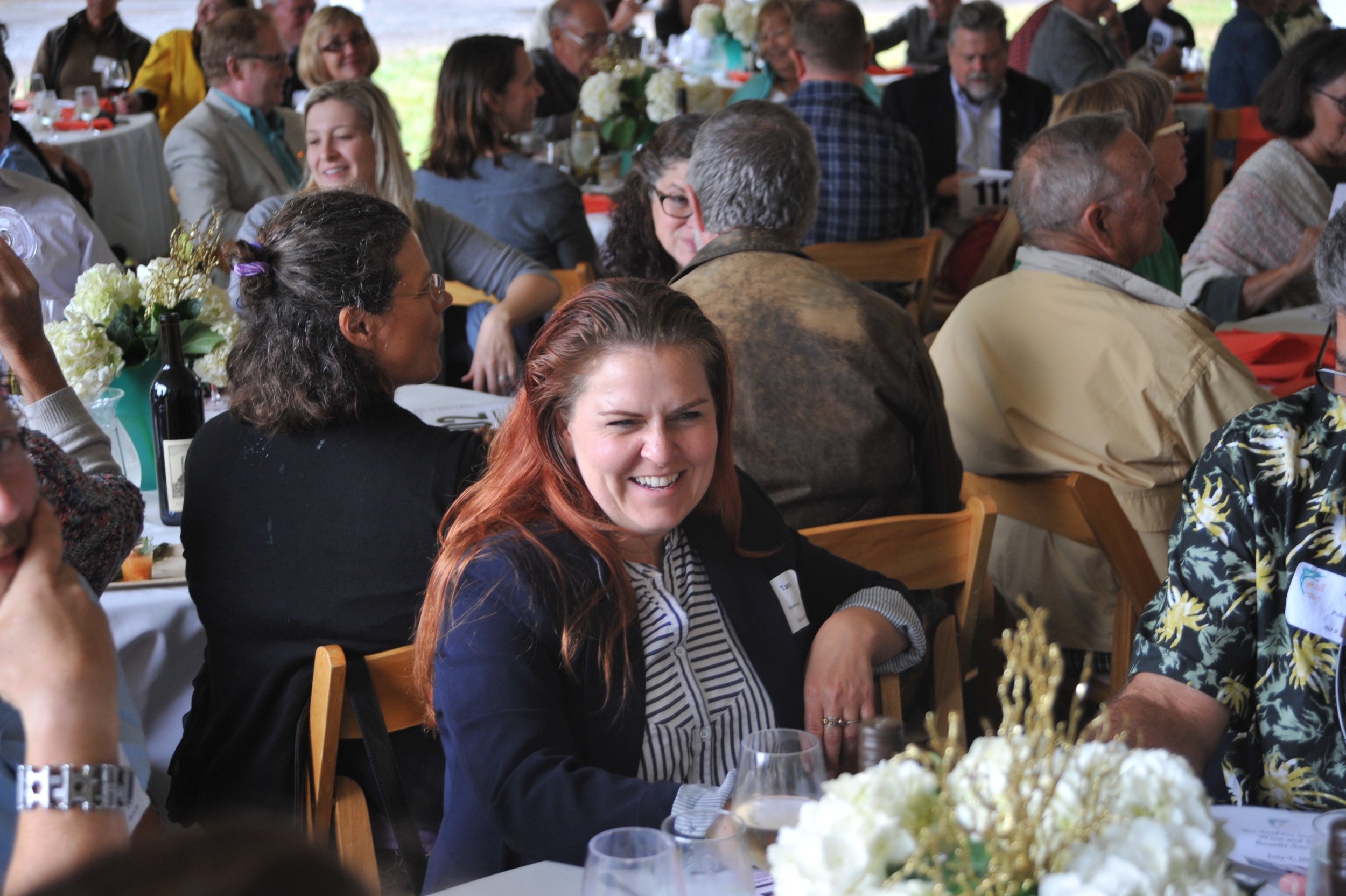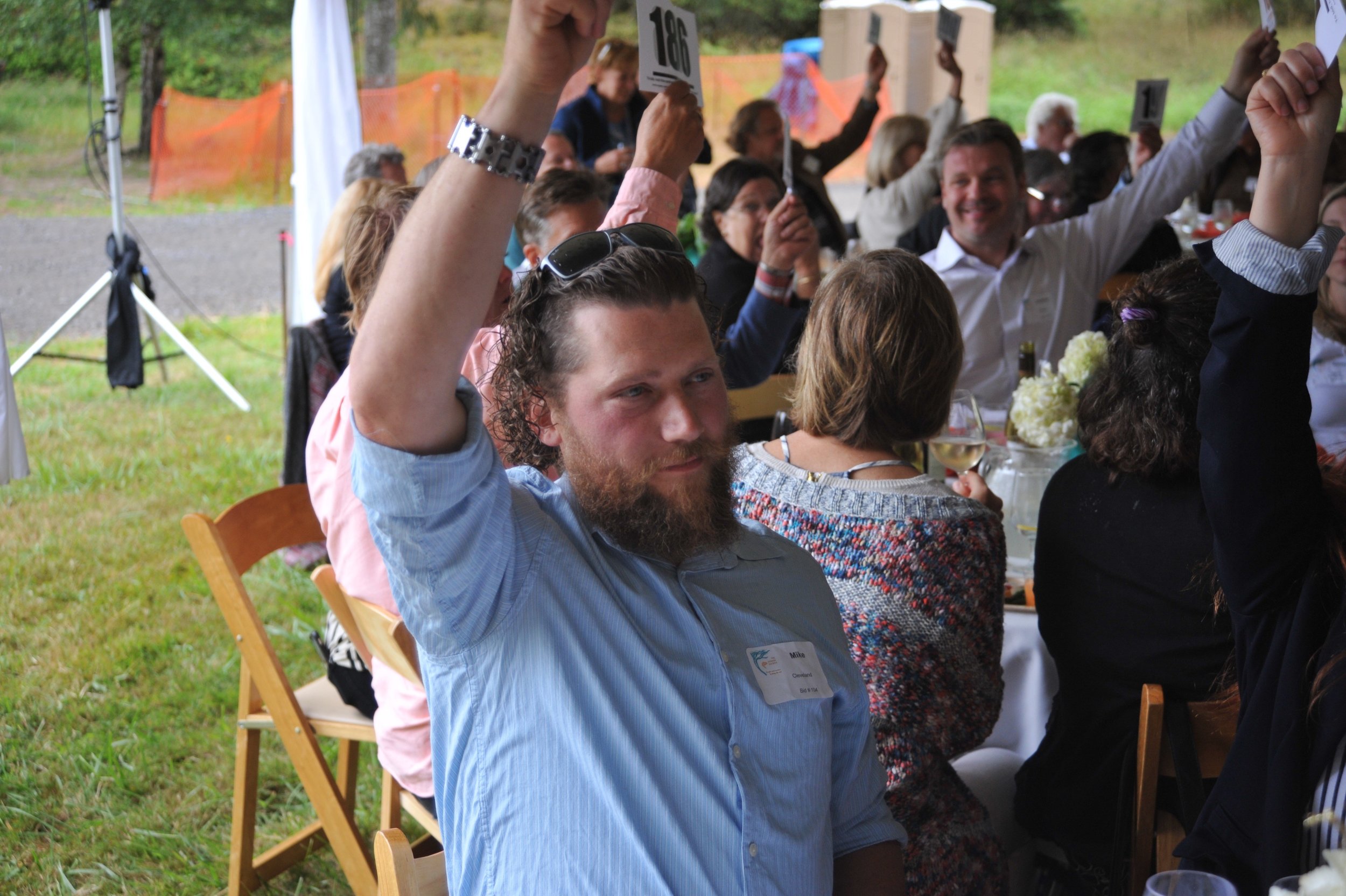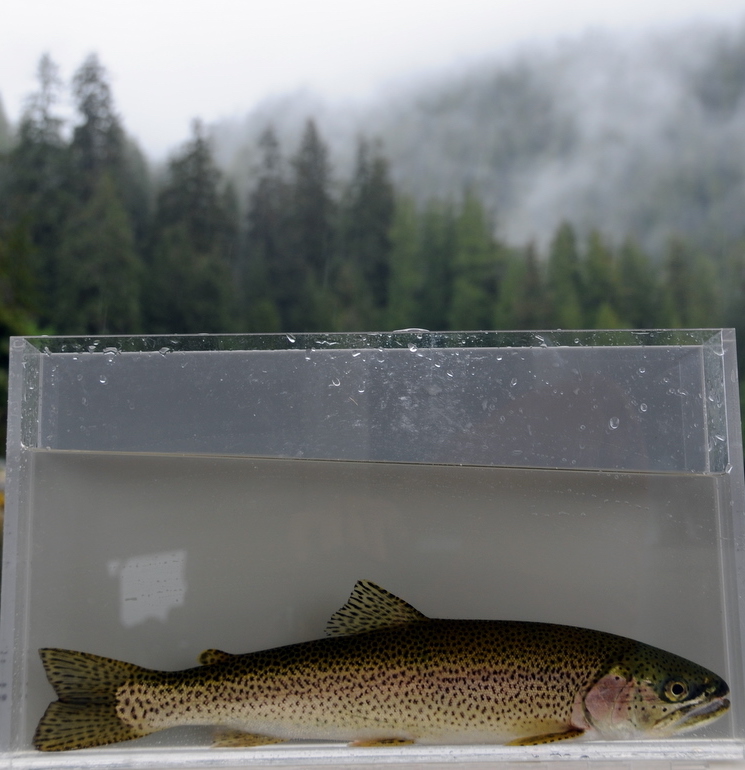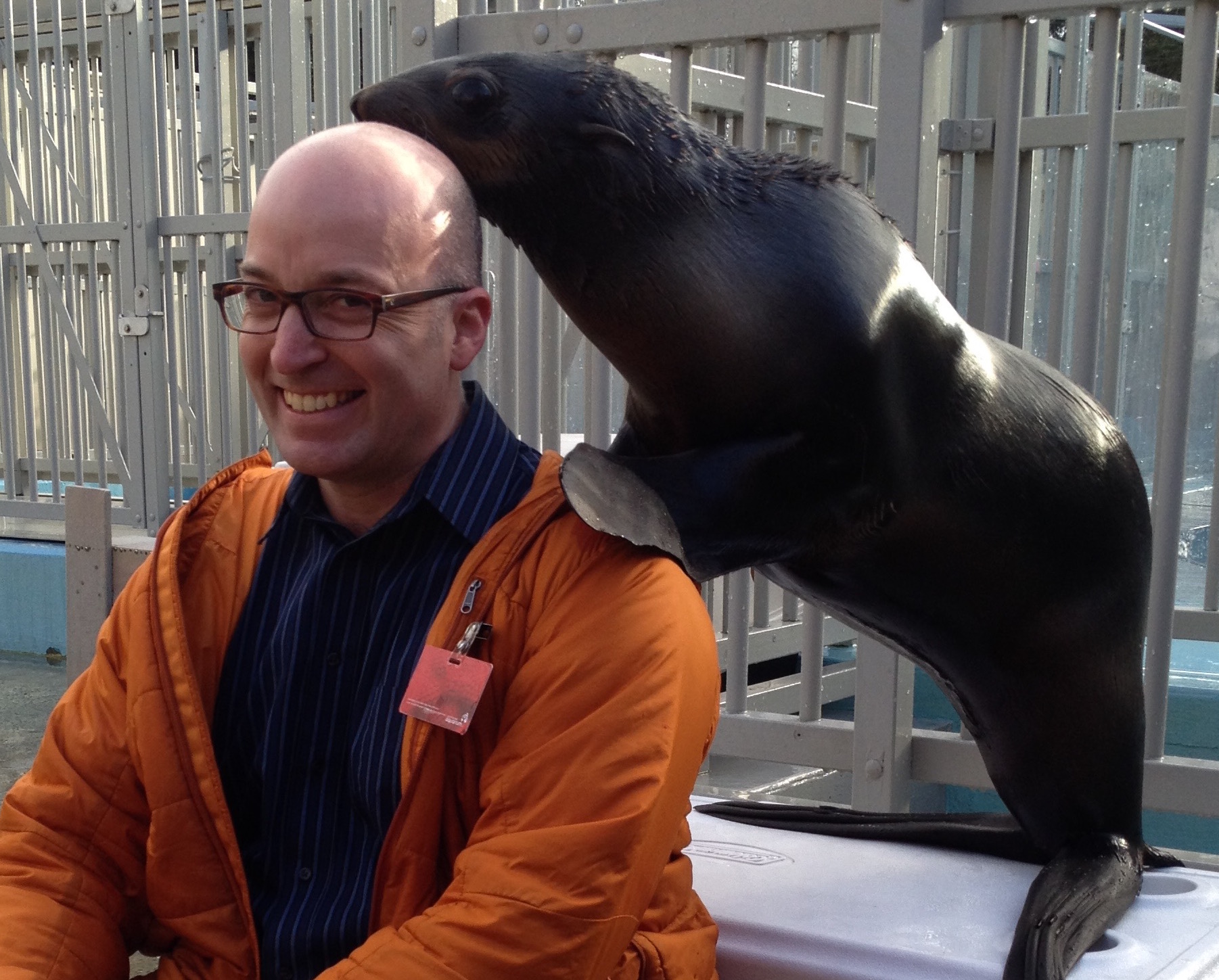How do you fight a threat when you don’t even know the enemy? That’s the question SeaDoc and other researchers asked when diving into the DNA of a microscopic pathogen once responsible for killing off 90% of the eelgrass in the North Atlantic—the same kind of seagrass that makes up one of the Salish Sea’s most critical environments.
Our inland sea features many different marine habitats, from towering kelp forests to deep-sea sand waves, and from dramatic seamounts to placid tide pools. Perhaps its most vital, though, are the lush green prairies of eelgrass that edge long sections of shoreline and blanket some shallow bays.
Though not as flashy as the tropic’s coral reefs, the Salish Sea’s home turf plays the same crucial roles as reefs do for many important kinds of local fish, invertebrates, and plants. Providing a spawning ground for Pacific herring, a nursery for young salmon, a hideout for molting Dungeness crabs, a food for waterbirds, and a complex habitat that supports myriad other species, the Salish Sea’s eelgrass meadows are among the world’s most productive ecosystems.
What we call seagrasses are actually flowering plants and more akin to lilies than to your front lawn. Remarkably, as long as the water is clear enough so sunlight can reach them to power photosynthesis, seagrasses can thrive in salinities that would deep-fry any land plant. This salty sod reproduces by cloning itself—effectively making some seagrass pastures a single organism thousands of years old—and also spreads by releasing seeds into the water column. Seagrass roots and rhizomes provide the huge ecological—and economically beneficial—function of stabilizing bottom sediments and protecting shorelines.
Eelgrass, known to scientists as Zostera marina, is so crucial to the Salish Sea’s overall health that Washington State protects it as both a species of concern and as a critical habitat. Most of the threats to this indicator species, including shoreline and nearshore disruption, water quality and clarity, and sea-level rise and warming, are well documented. But perhaps the greatest danger—Eelgrass Wasting Disease caused by a single-celled slime creature called Labyrinthula—remains an enigma. Labyrinthula’s ability to devastate eelgrass, however, is no secret, and the North Atlantic epidemic of 1931 not only mowed down the seagrass beds, but wreaked havoc on fish, shellfish, and bird populations that depended on the habitat.
Eelgrass Wasting Disease is already present in isolated spots in the Salish Sea, and Labyrinthula is common everywhere. So why haven’t we had a serious outbreak? To begin to answer that question, SeaDoc participated in and helped fund a study to collect the parasite from different kinds of seagrass in various locations. Once we’d compared DNA along with ecological metadata of the specimens, lead author Dan Martin and associates were amazed to find that while molecular taxonomists had before described only a single species of Labyrinthula, our new research confirmed that there are at least 15 separate kinds!
We also discovered that just because they’re all microscopic monsters wallowing in an ooze of ectoplasm, not every Labryinthula is a bad guy. Two thirds of these critters don’t seem to cause disease to the seagrasses they live on. The other five, though, appear to constitute a serious threat.
This is groundbreaking science and a huge step forward in our basic knowledge of a critical habitat. And with seagrass populations worldwide declining at up to 5% a year, the study has global implications.
Great science, of course, is about answering a series of questions. The next step in this important line of research is finding out what causes the pathogenic species of Labyrinthula to suddenly turn from a rather benign eelgrass epiphyte to a virulent killer that causes major epidemics and complete loss of eelgrass meadows.
The answers may include environmental conditions that put the eelgrass prairies under stress and make them more vulnerable to disease. If those conditions are under our control, we’ll have found another way to protect and restore our Salish Sea.






